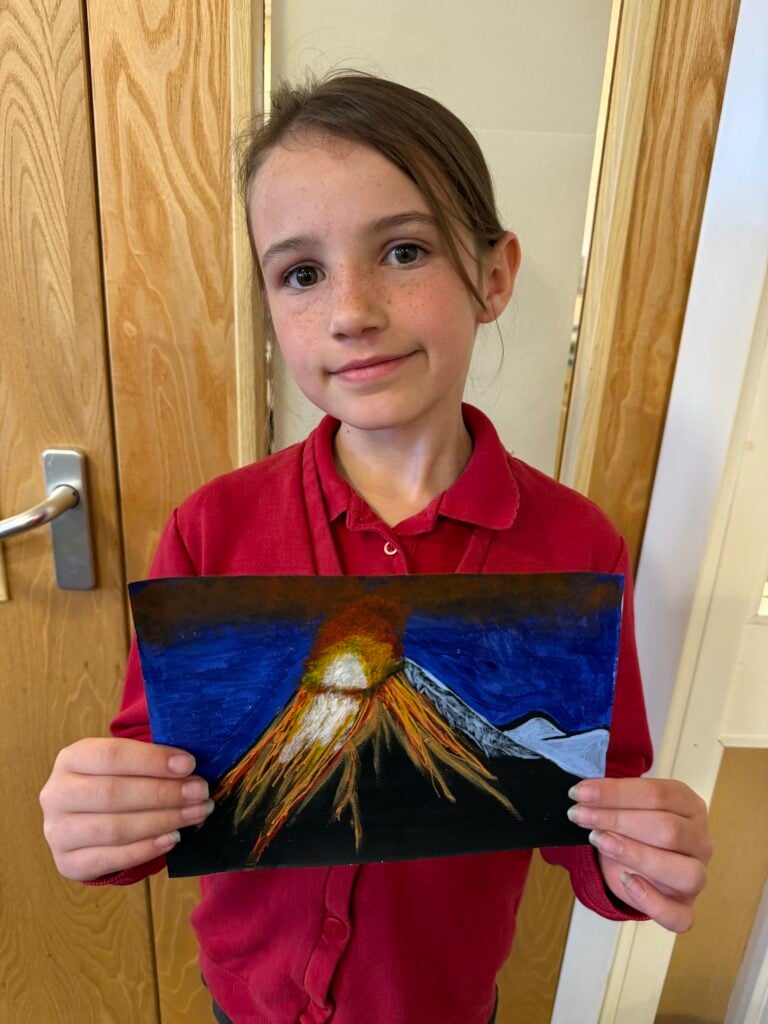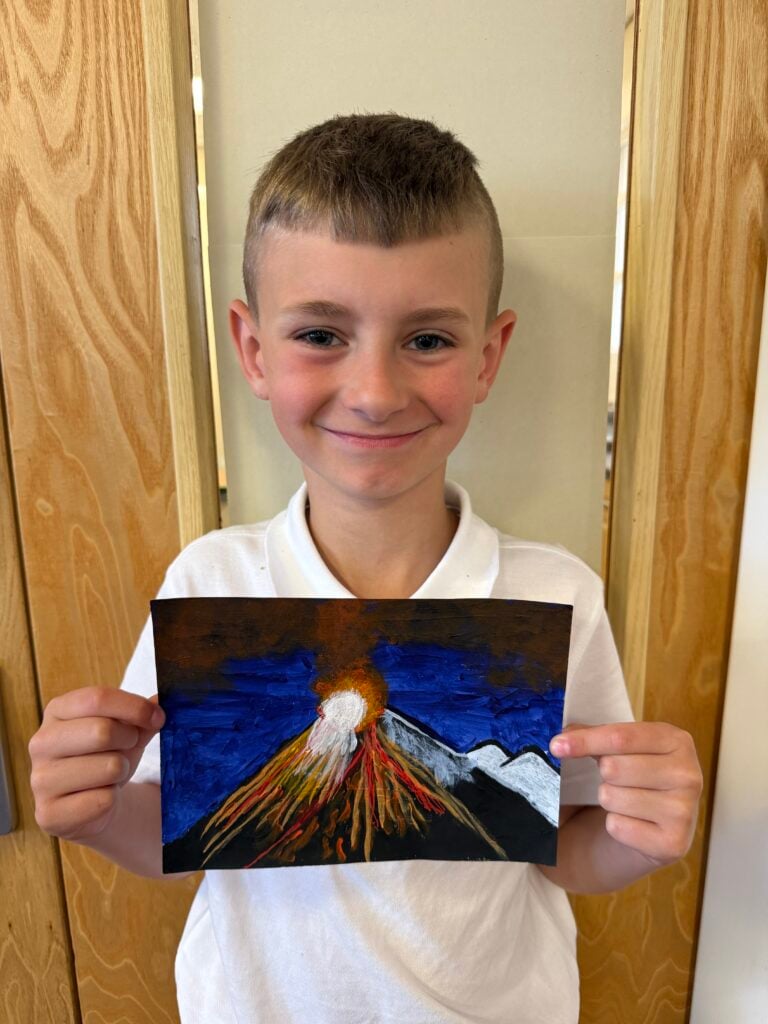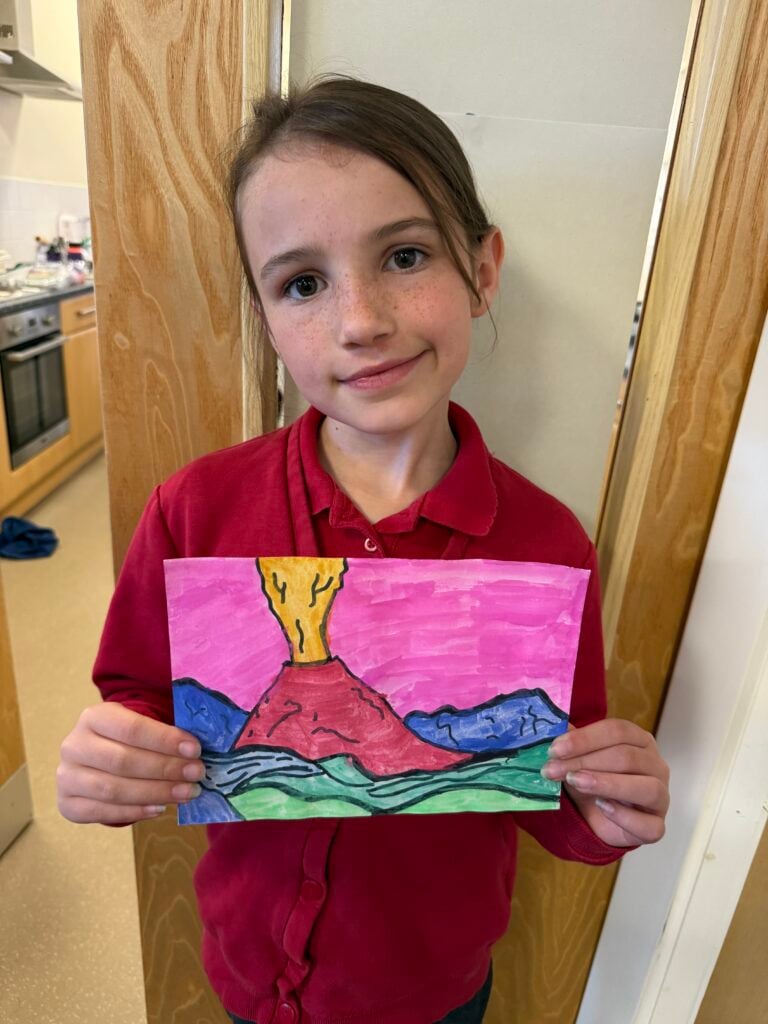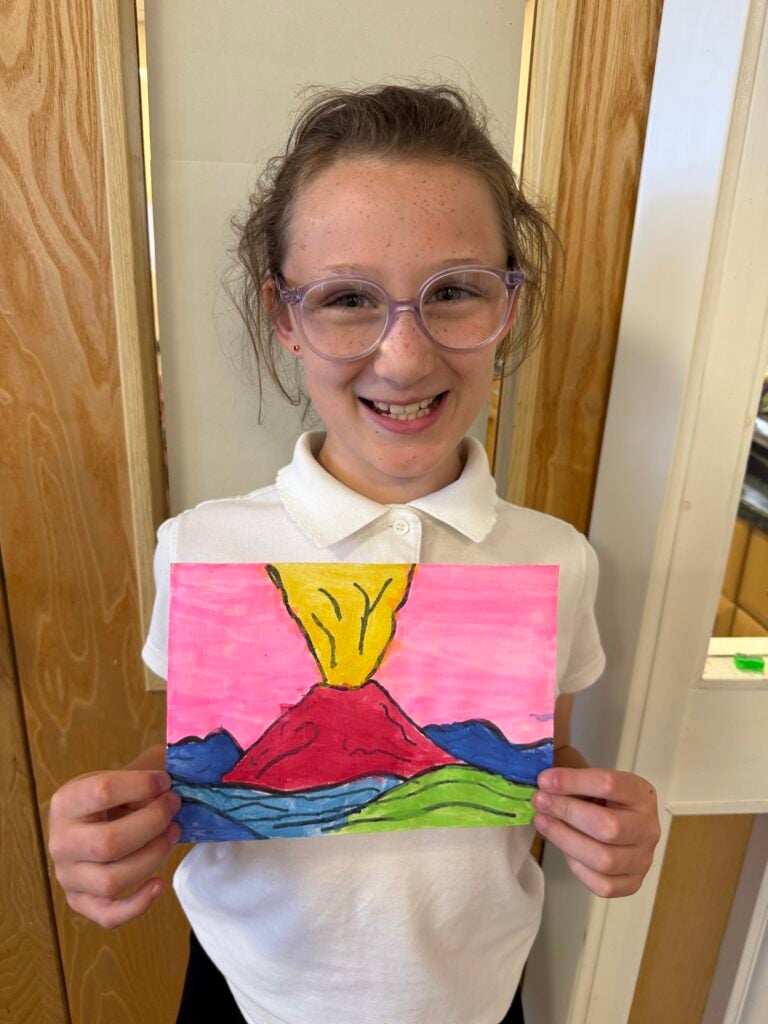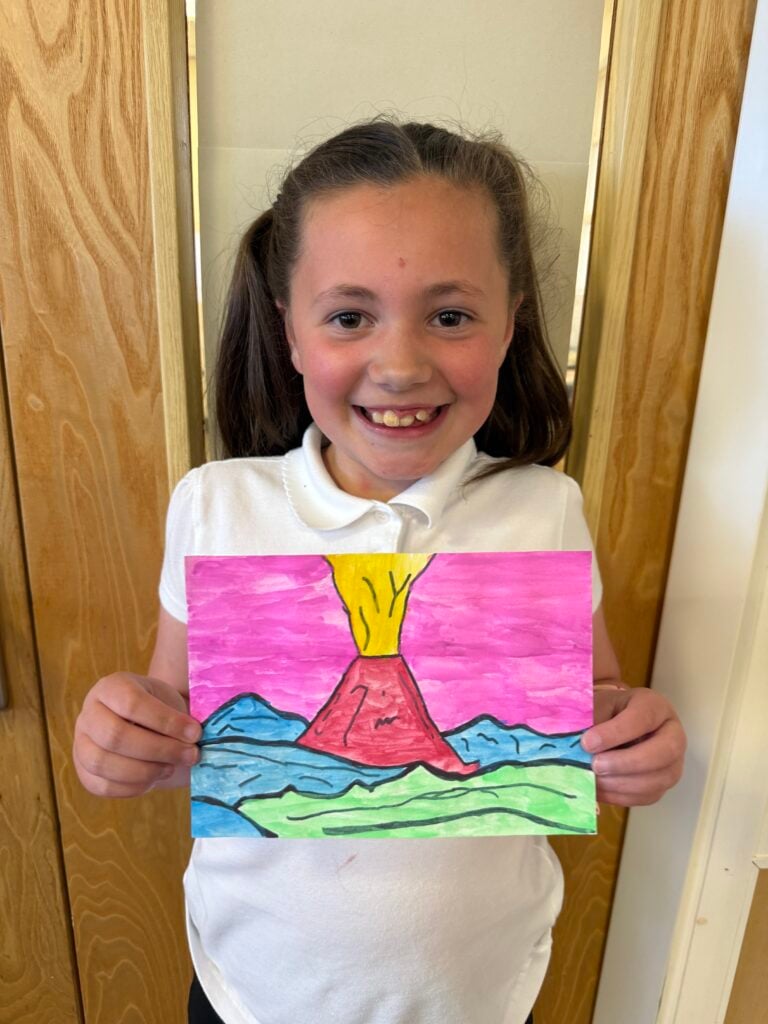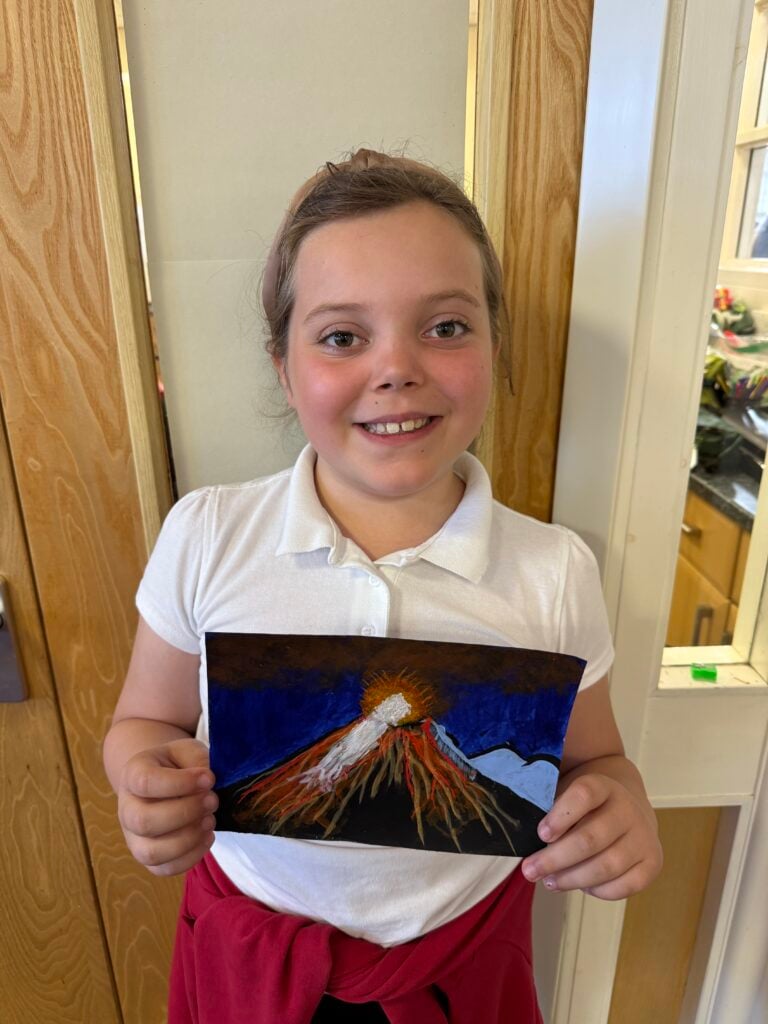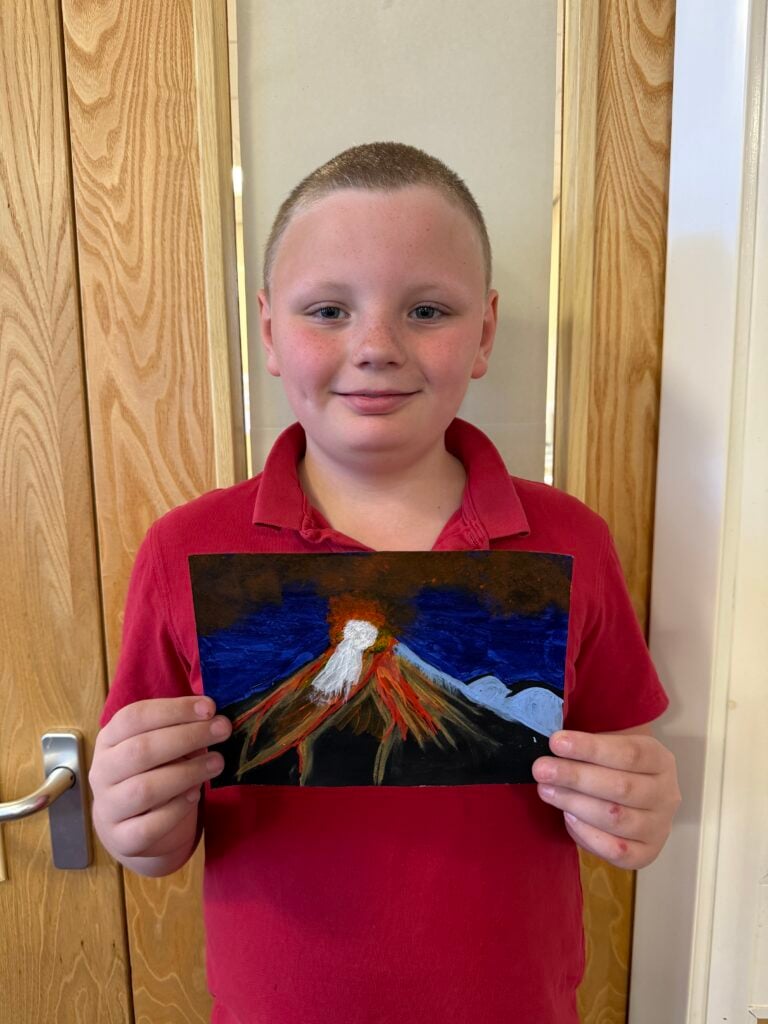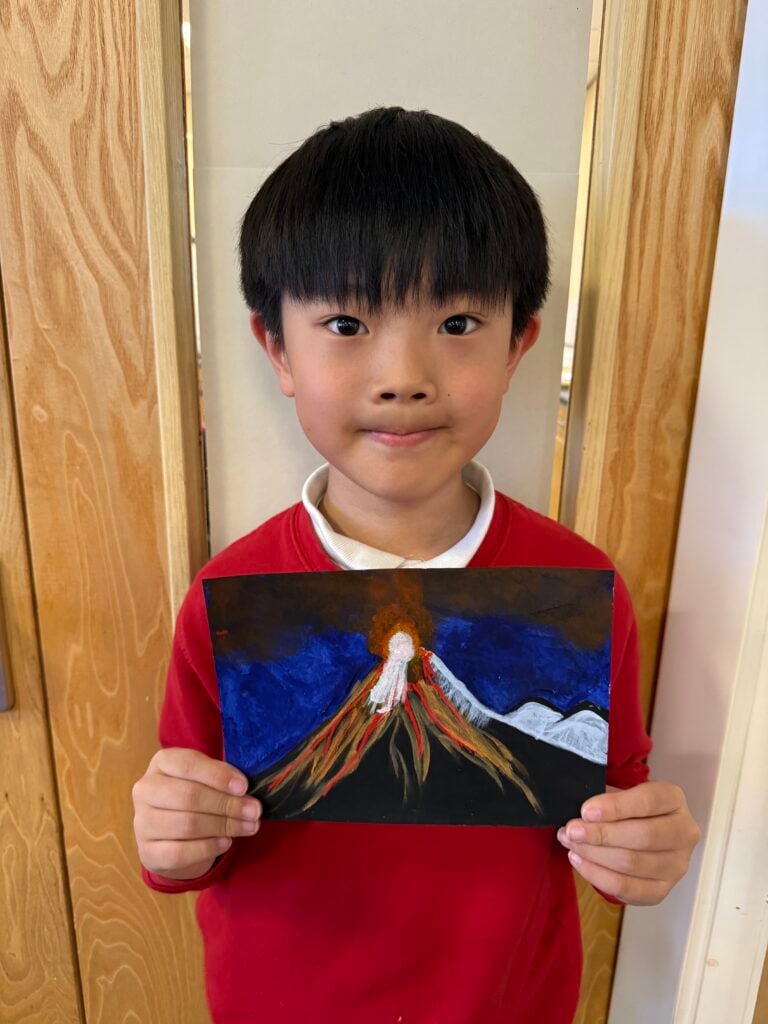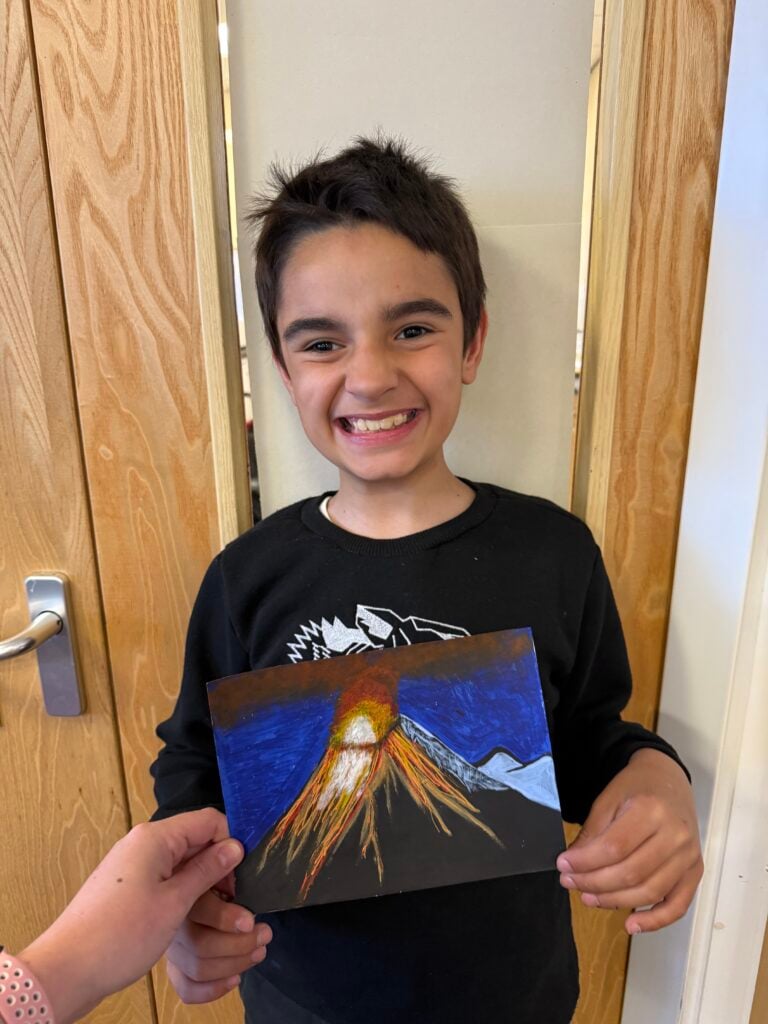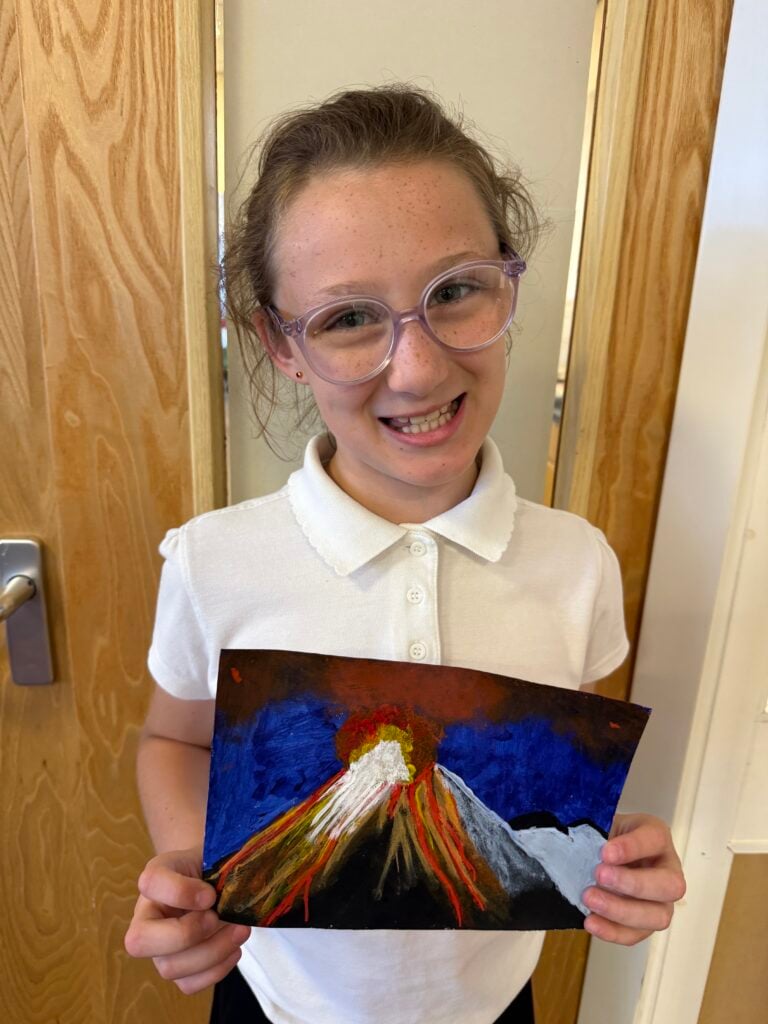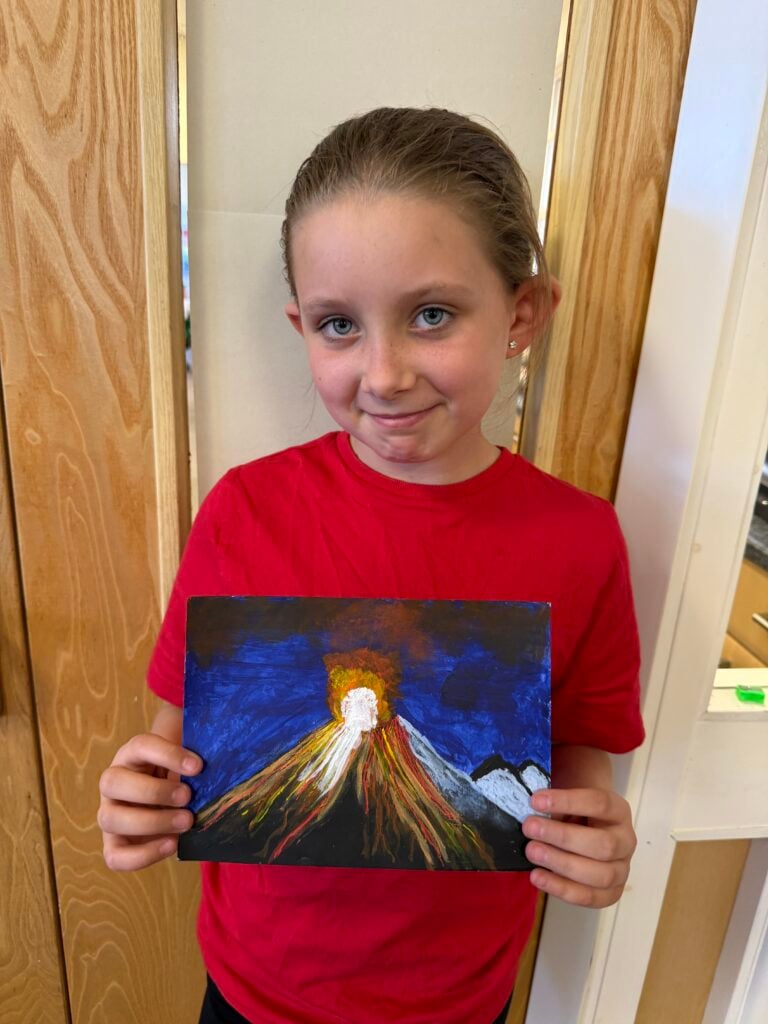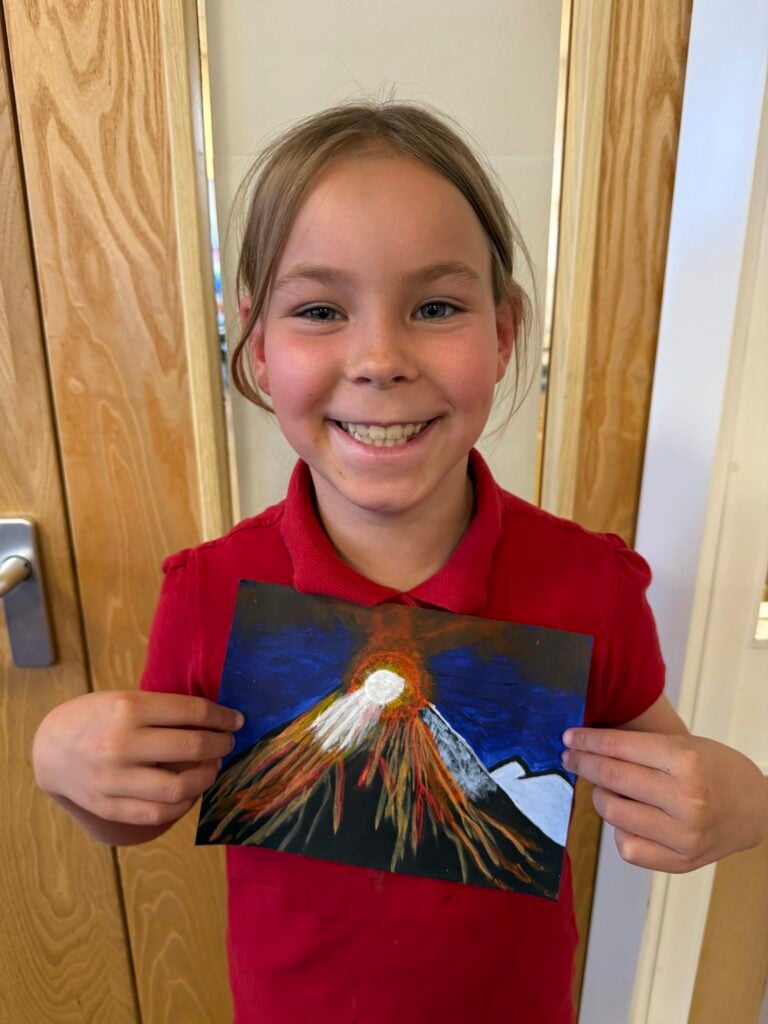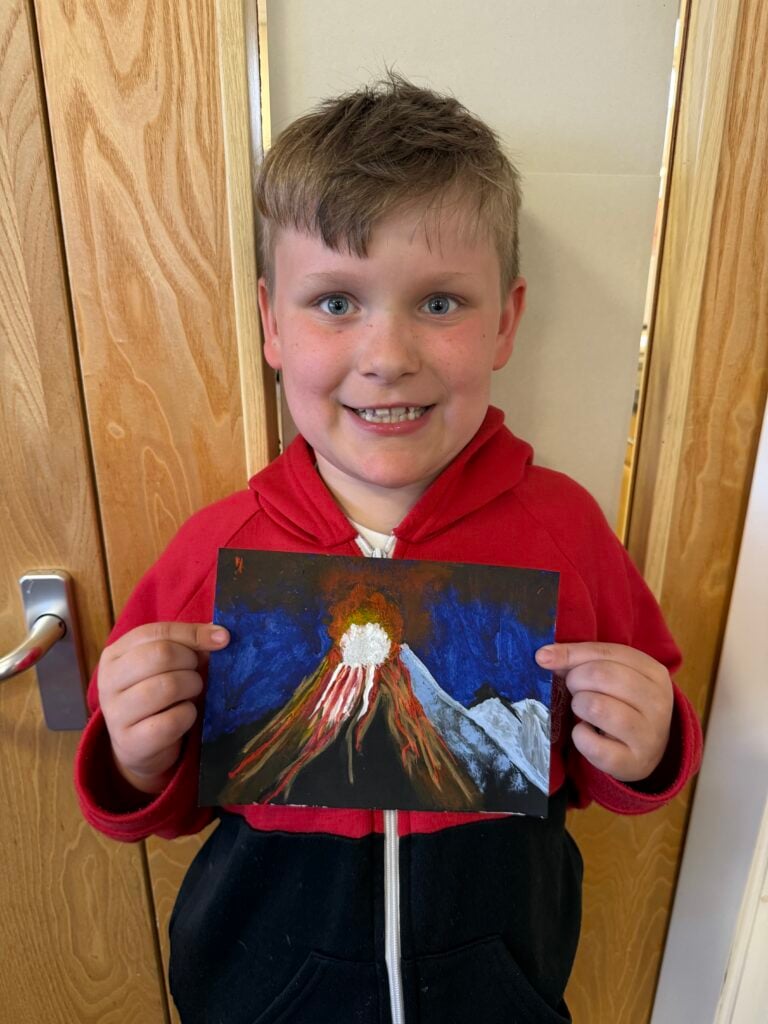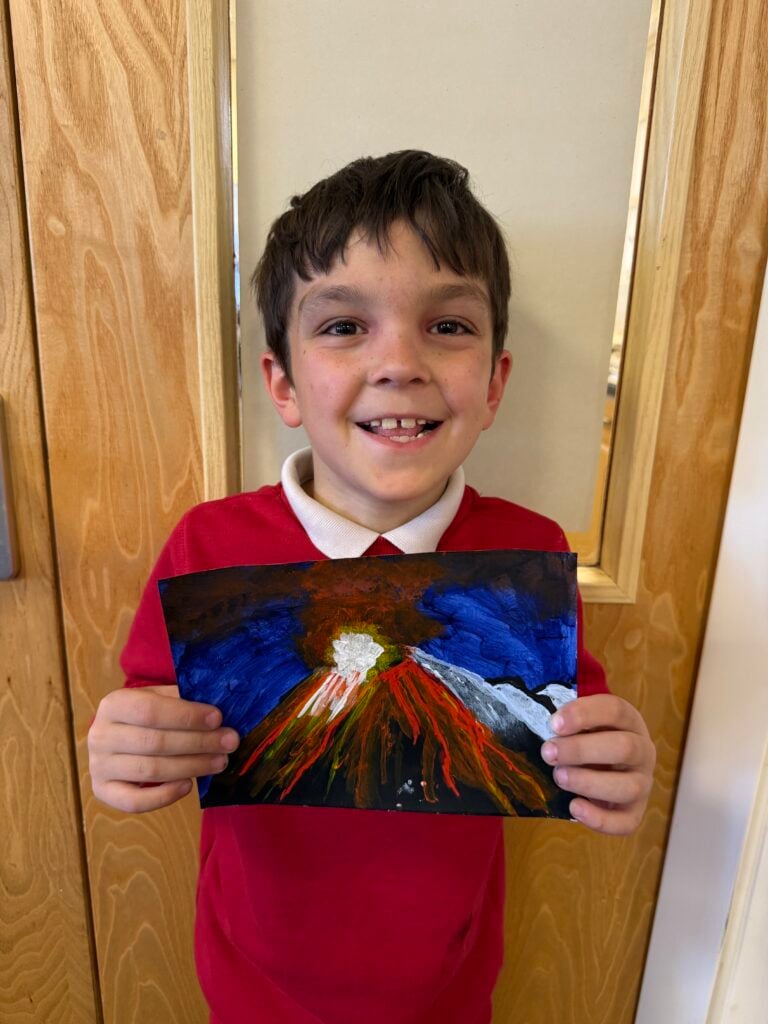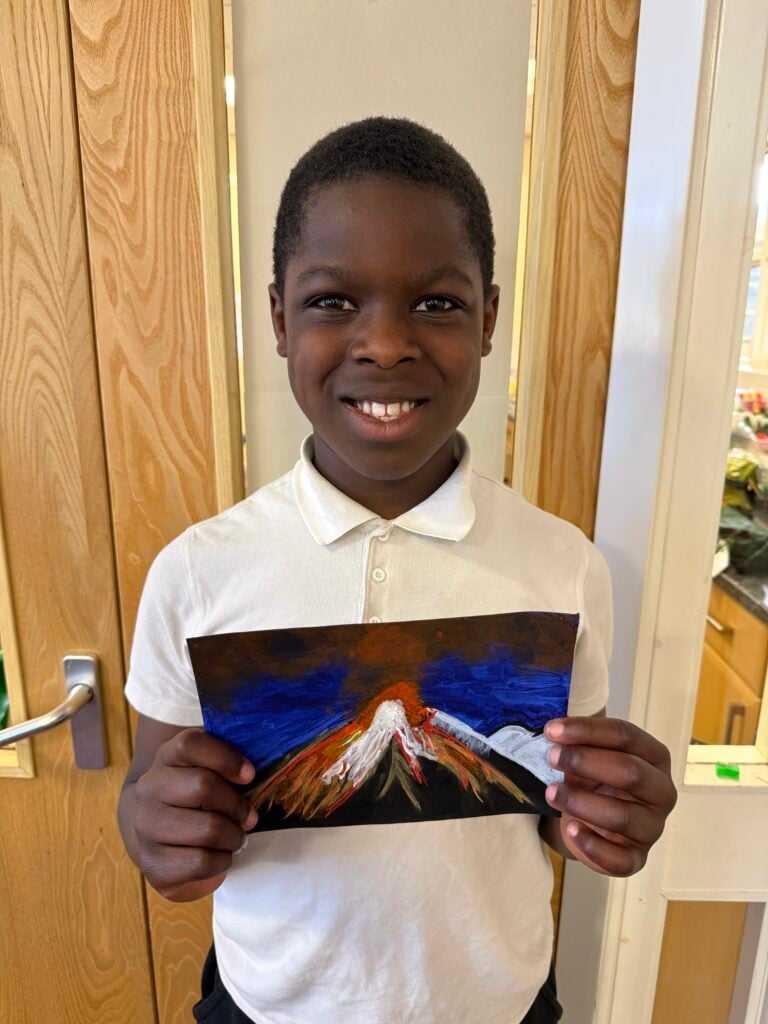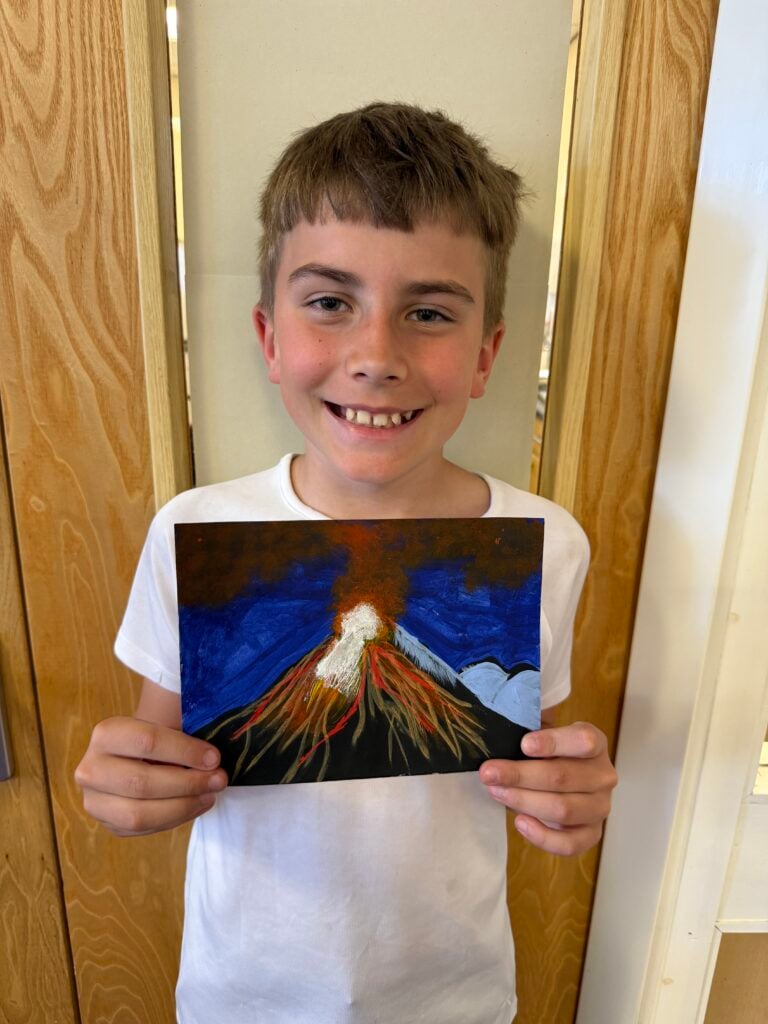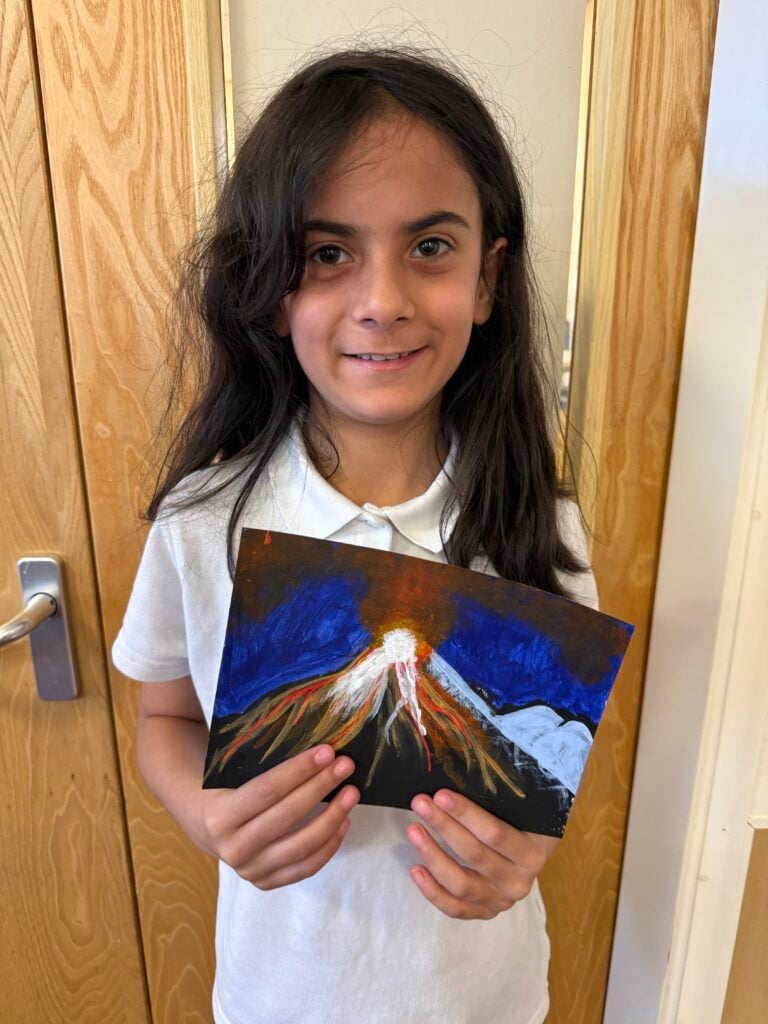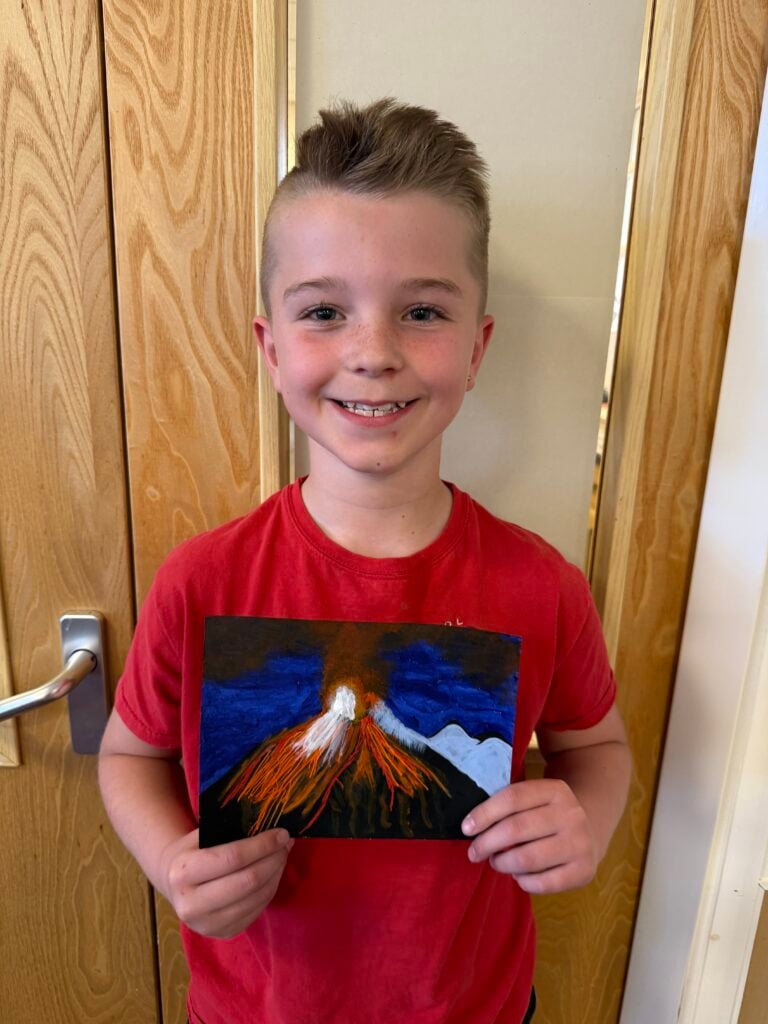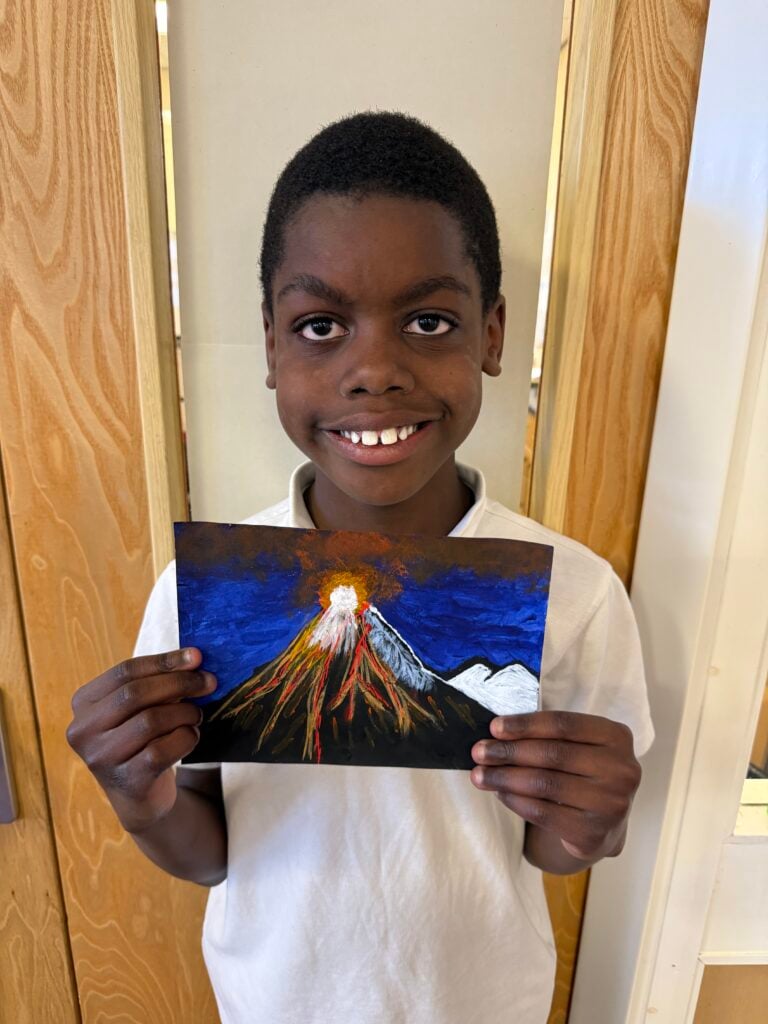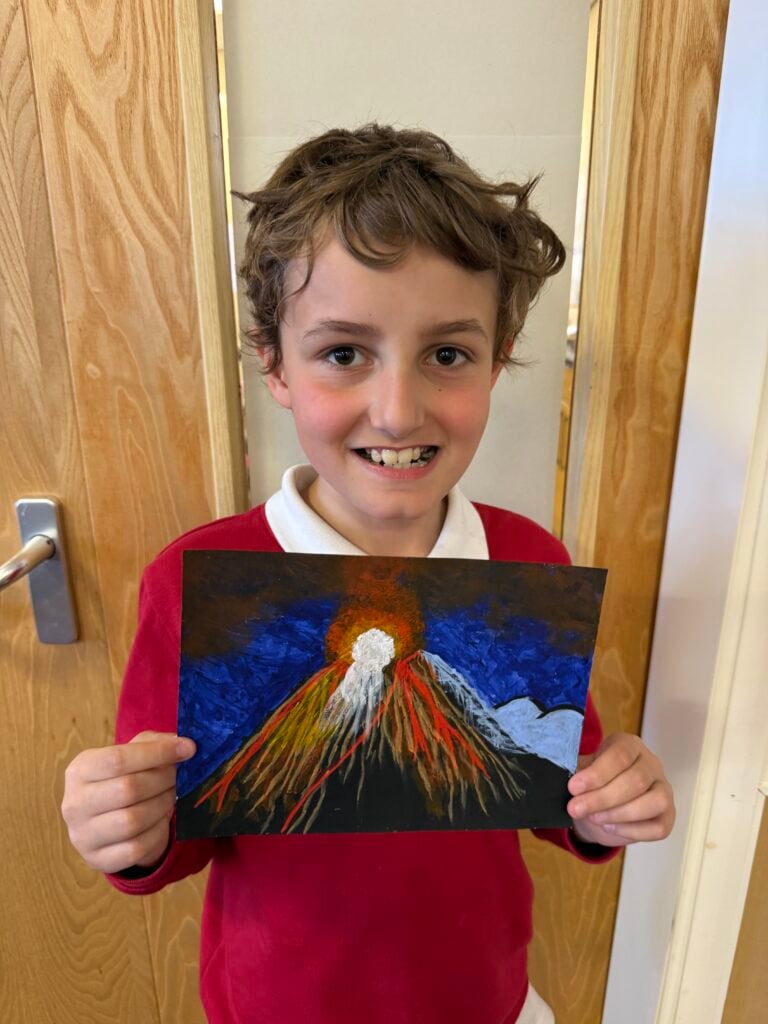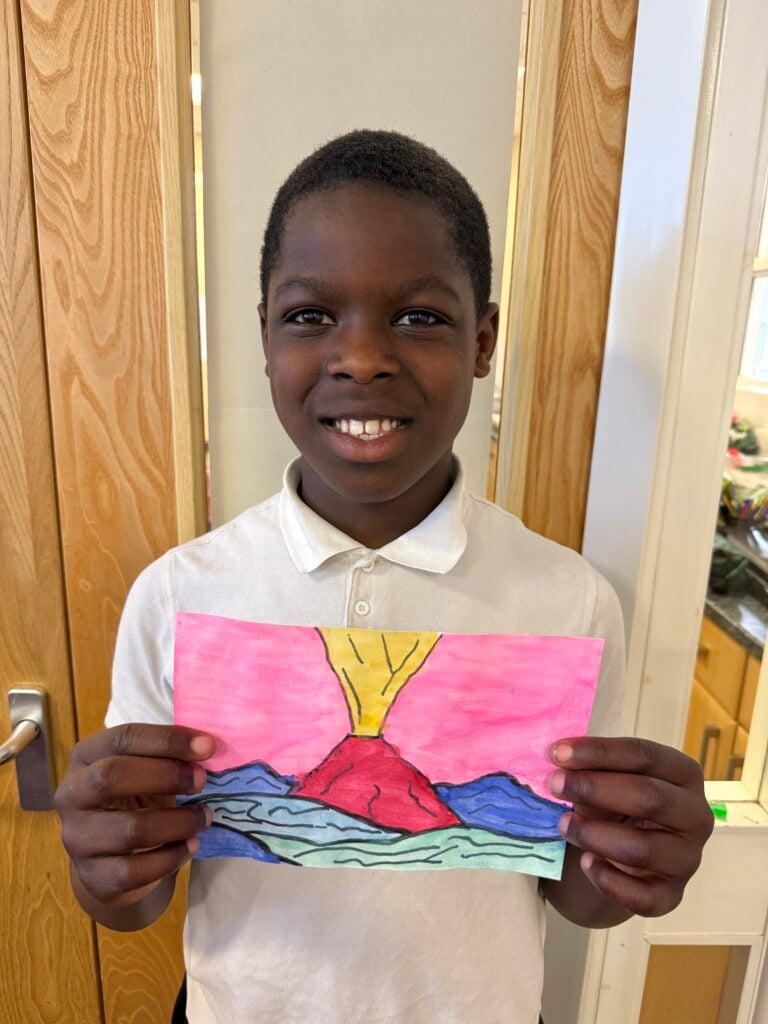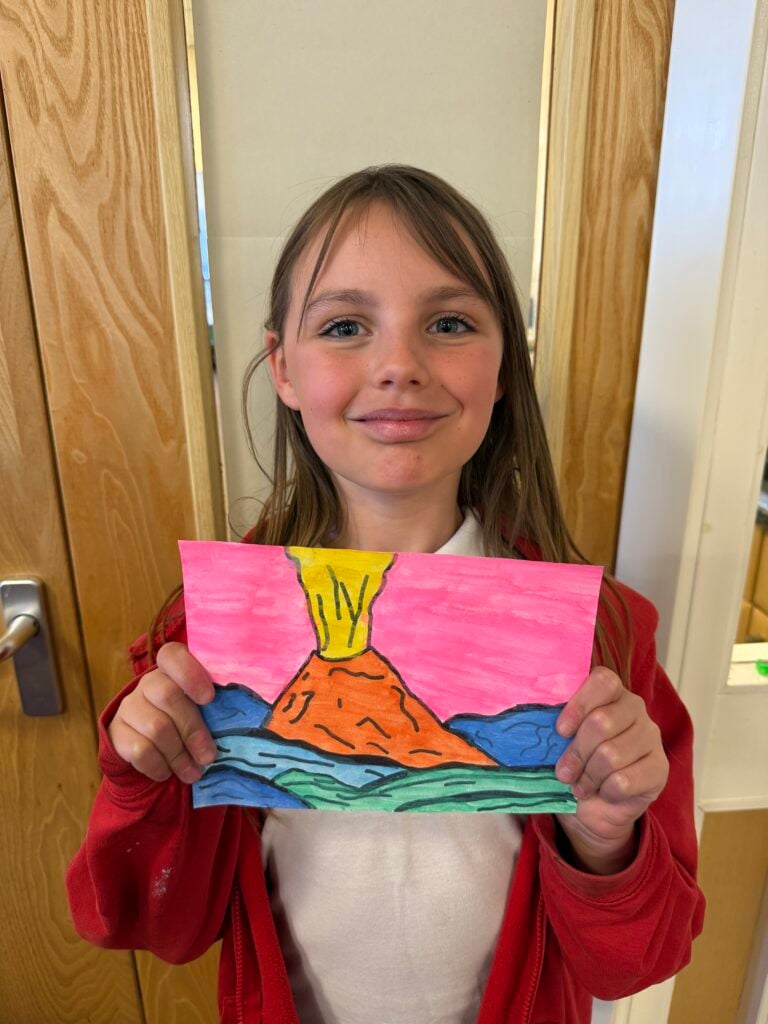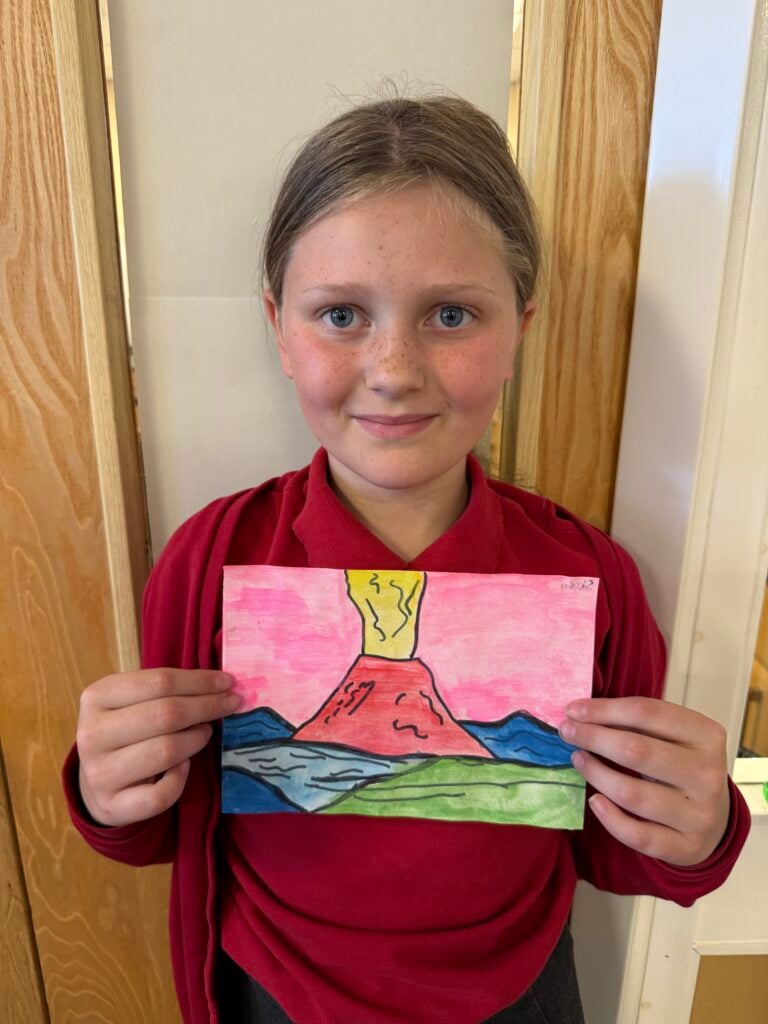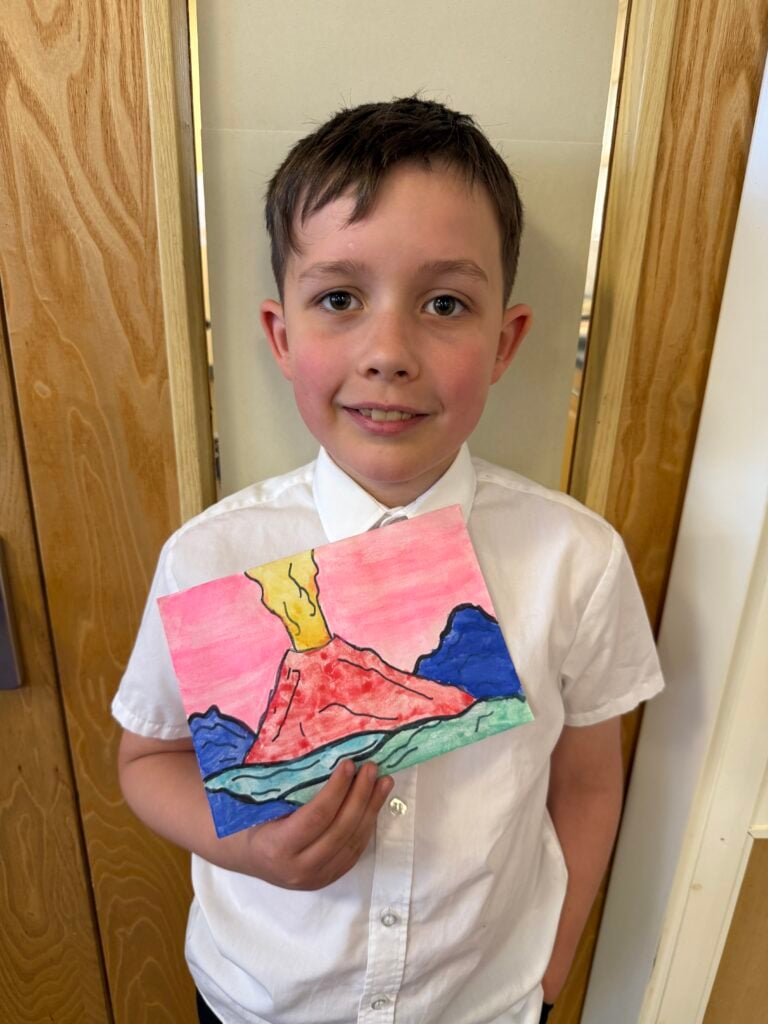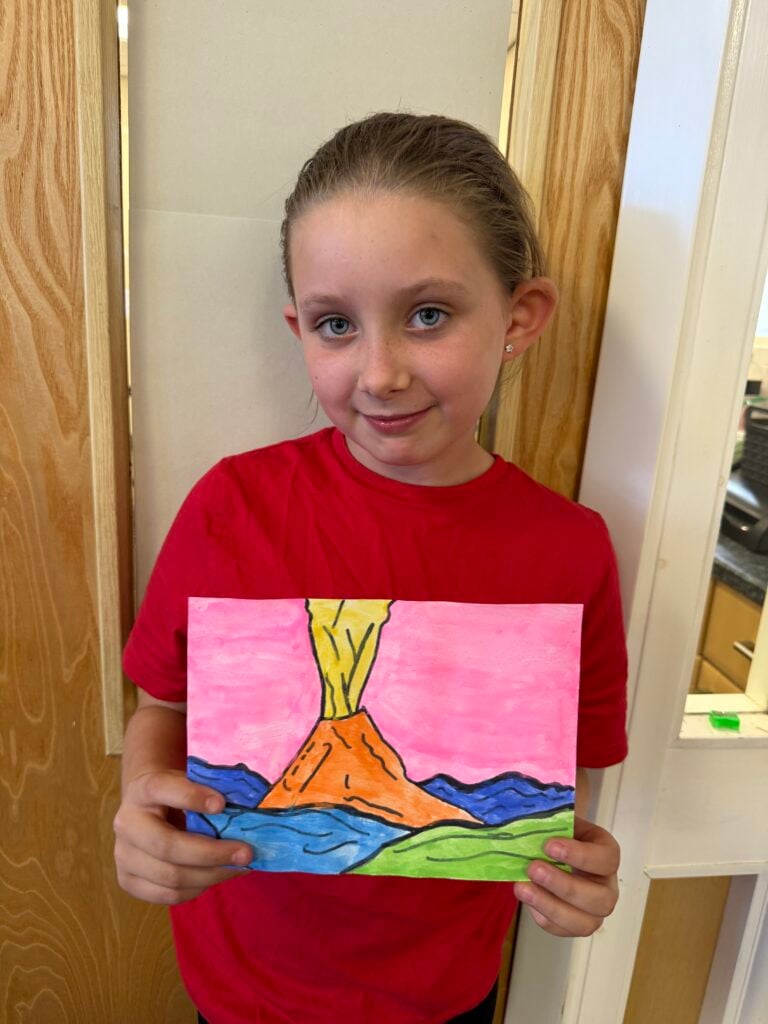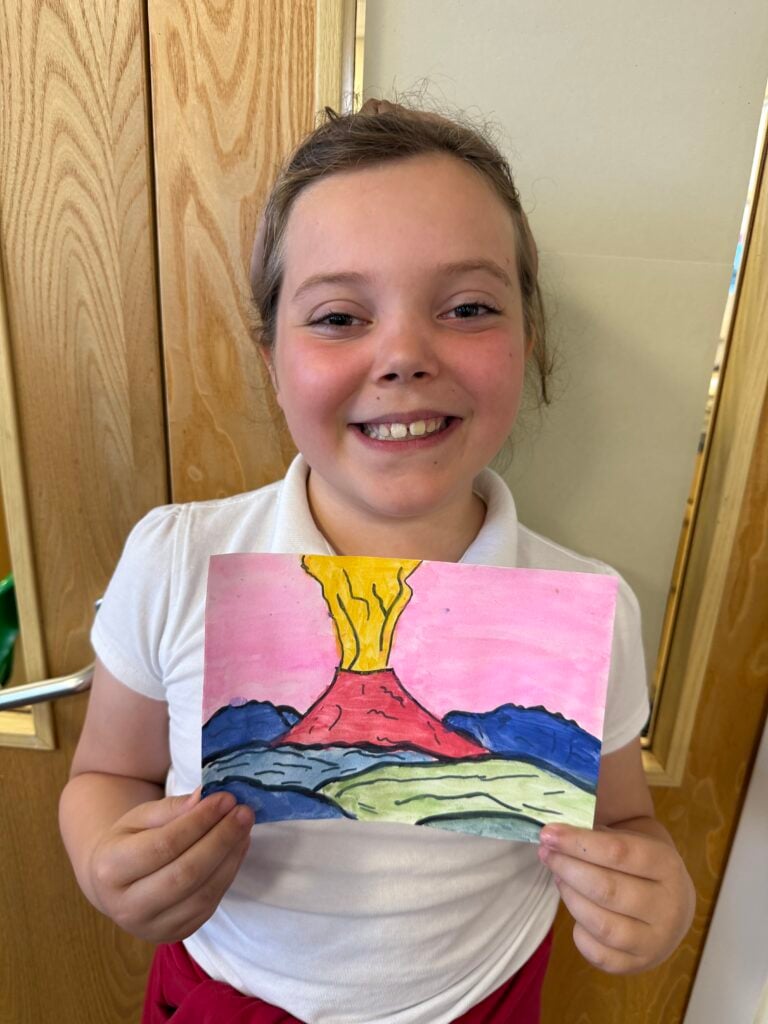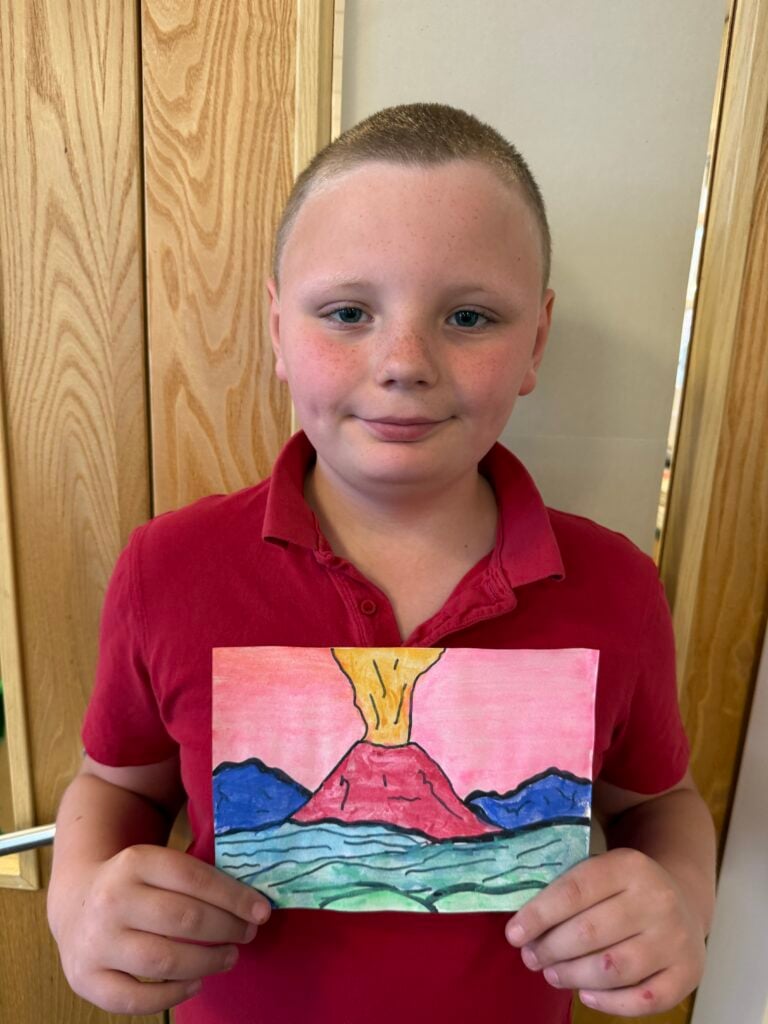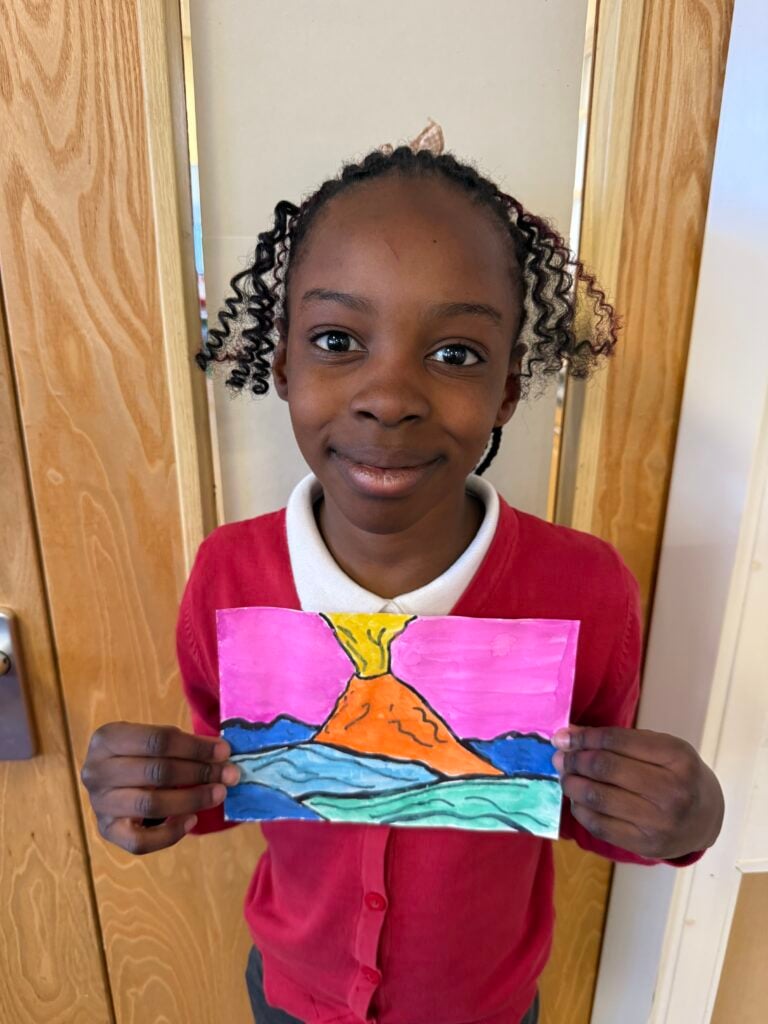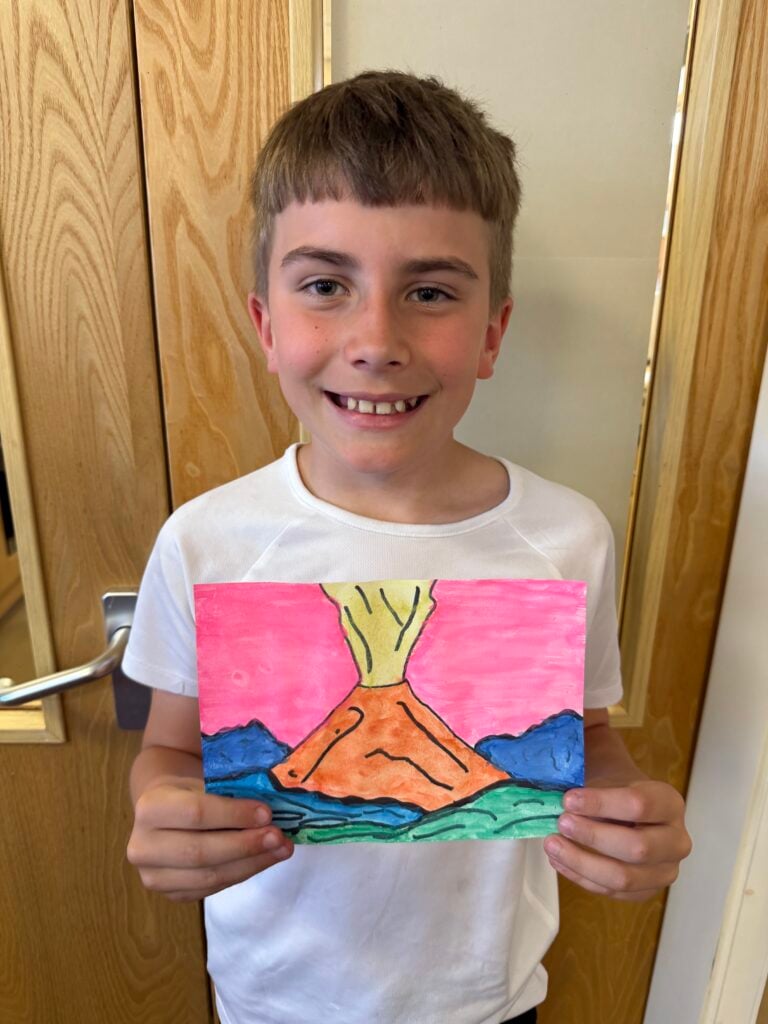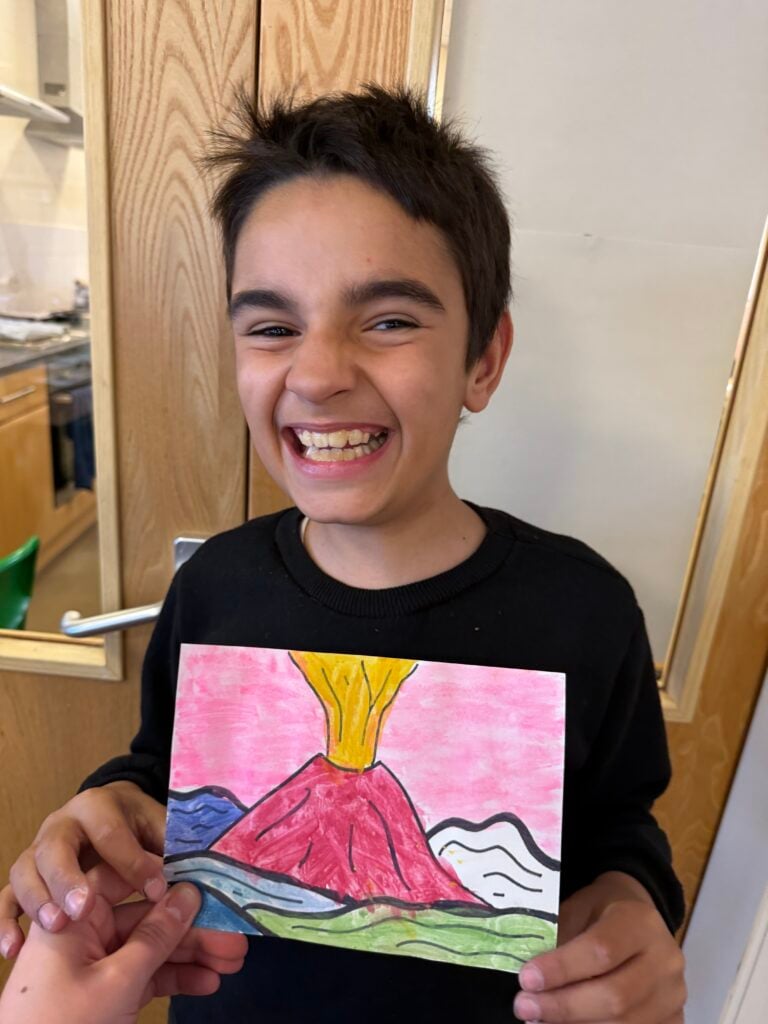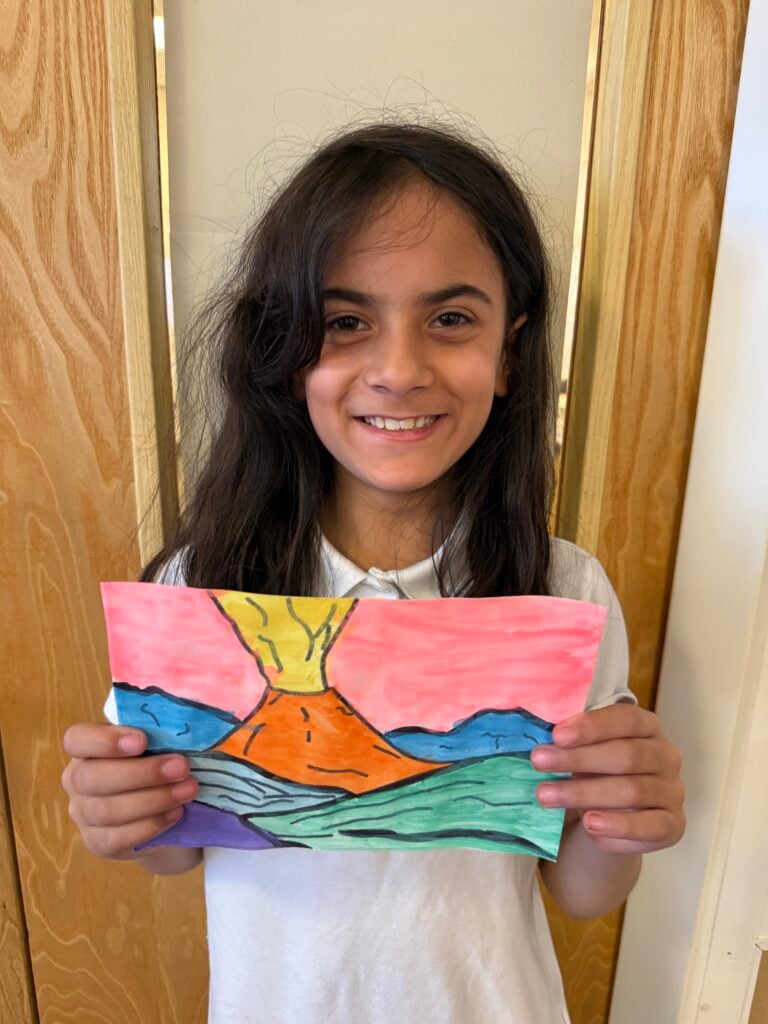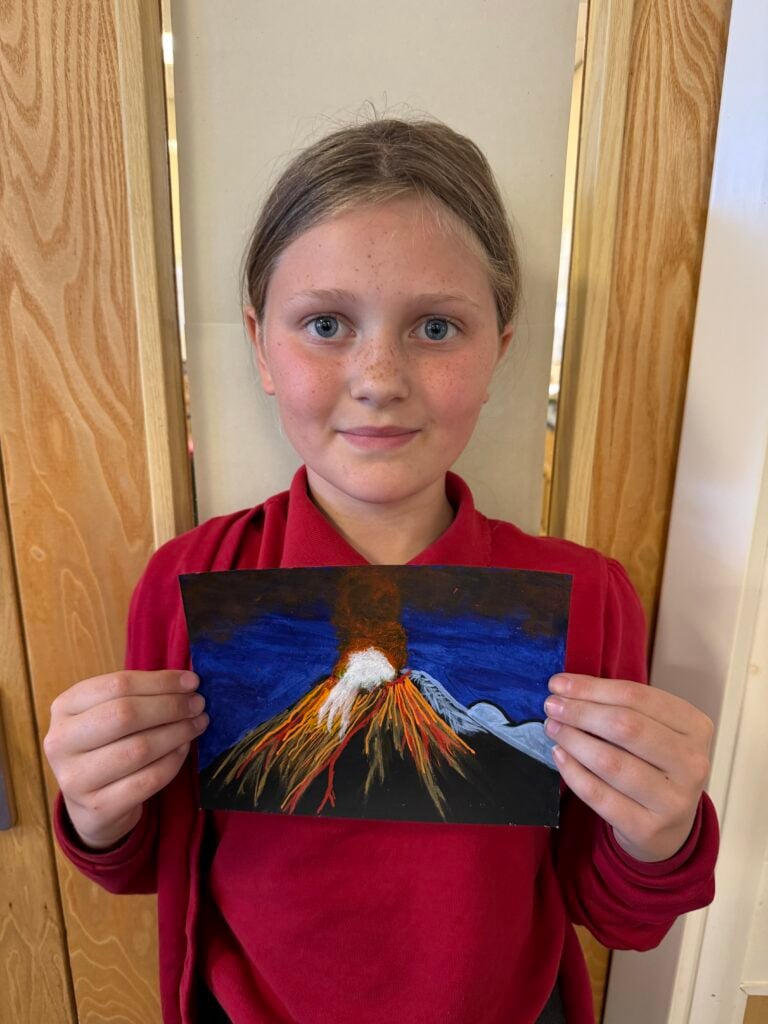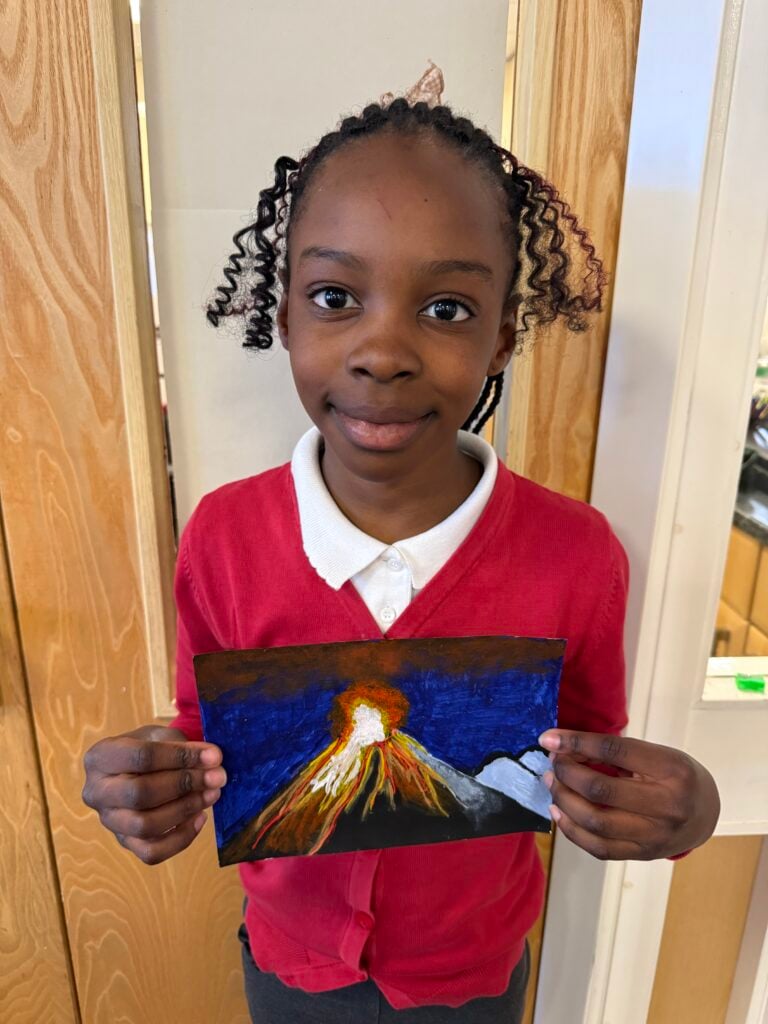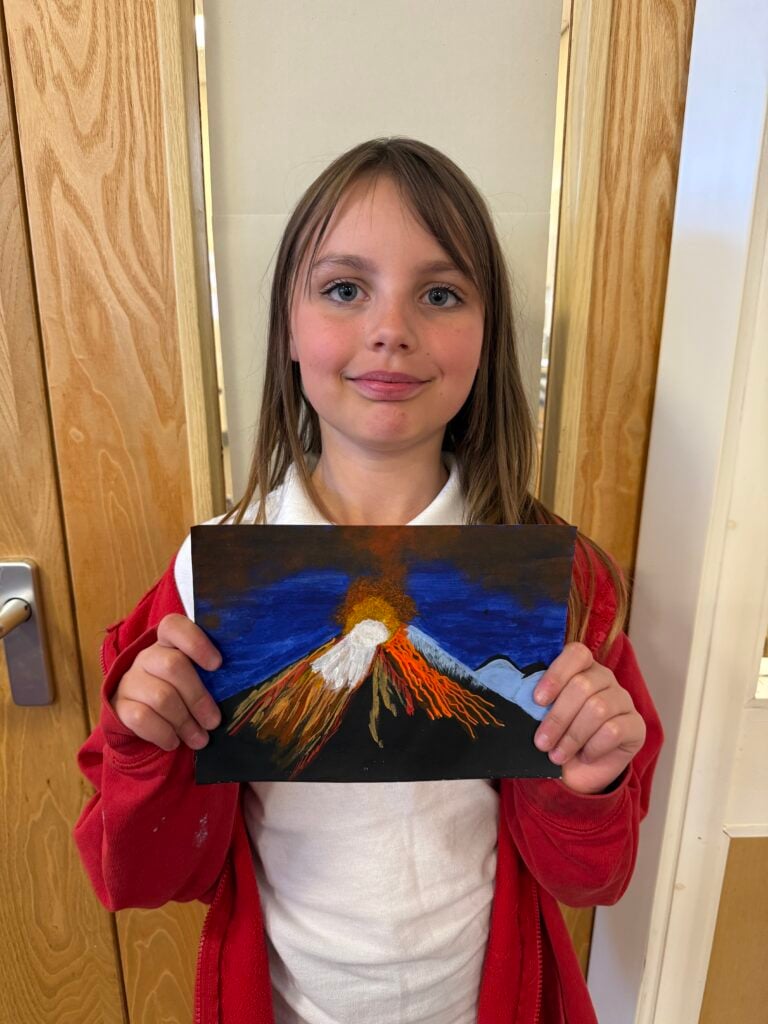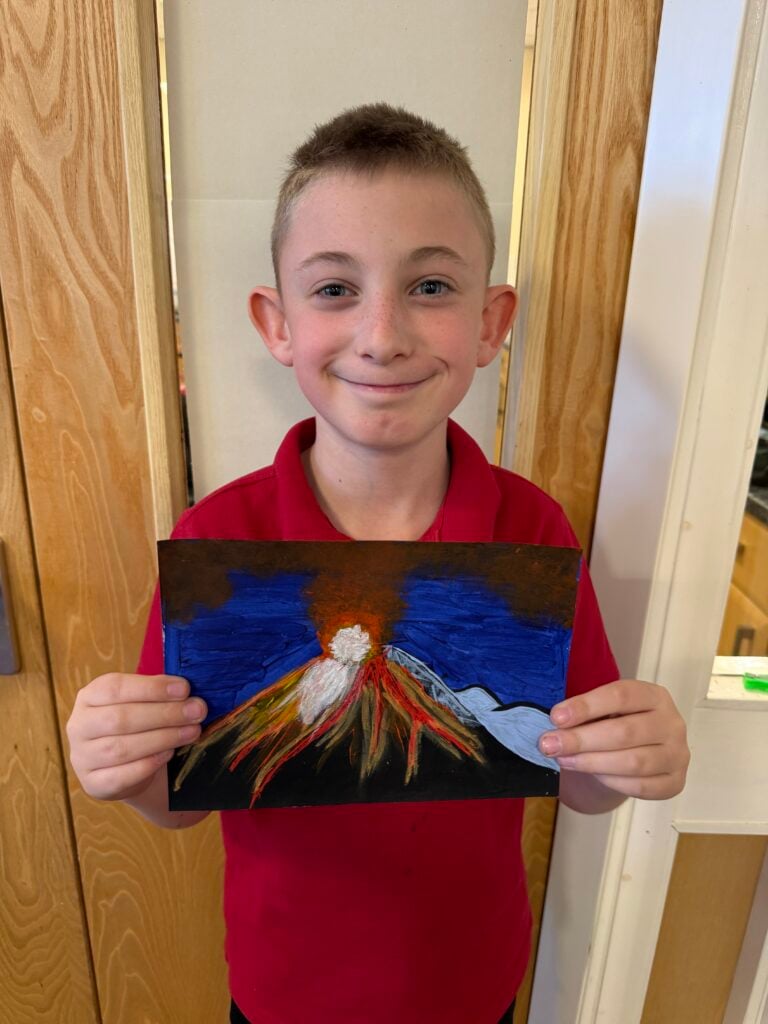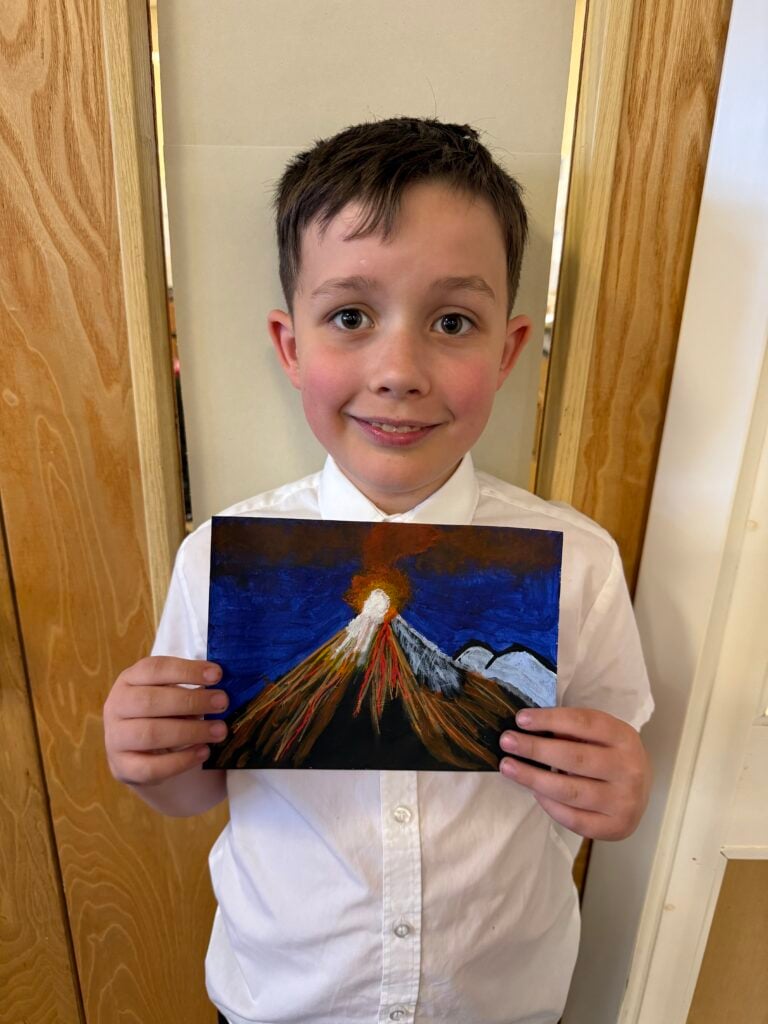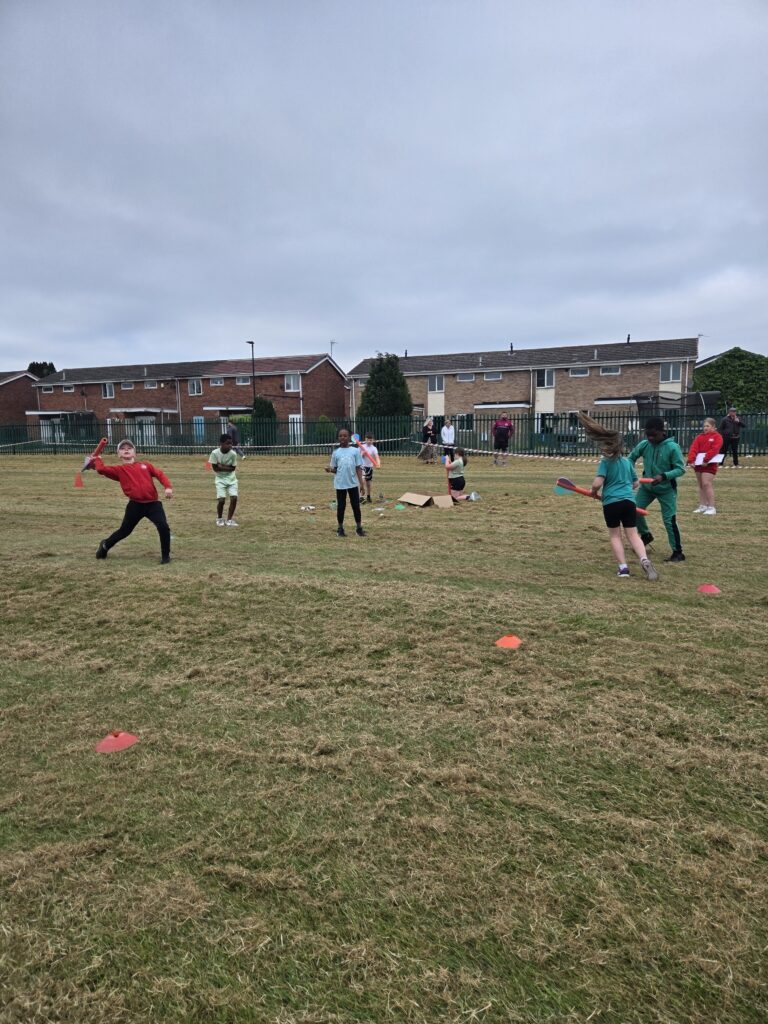

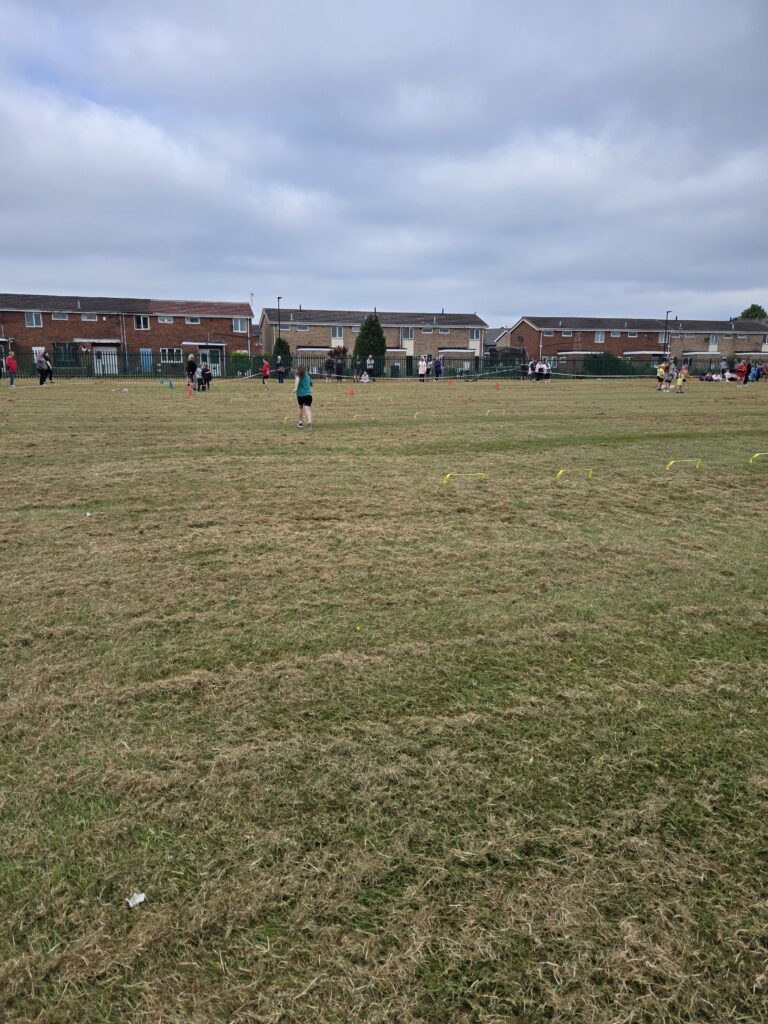
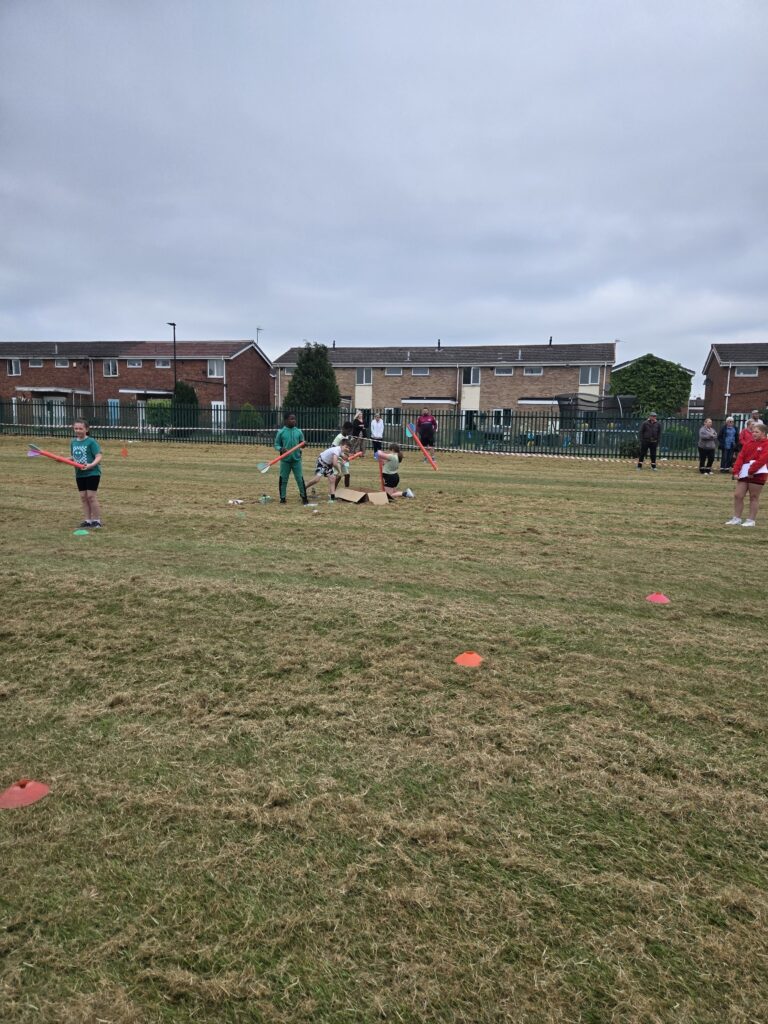
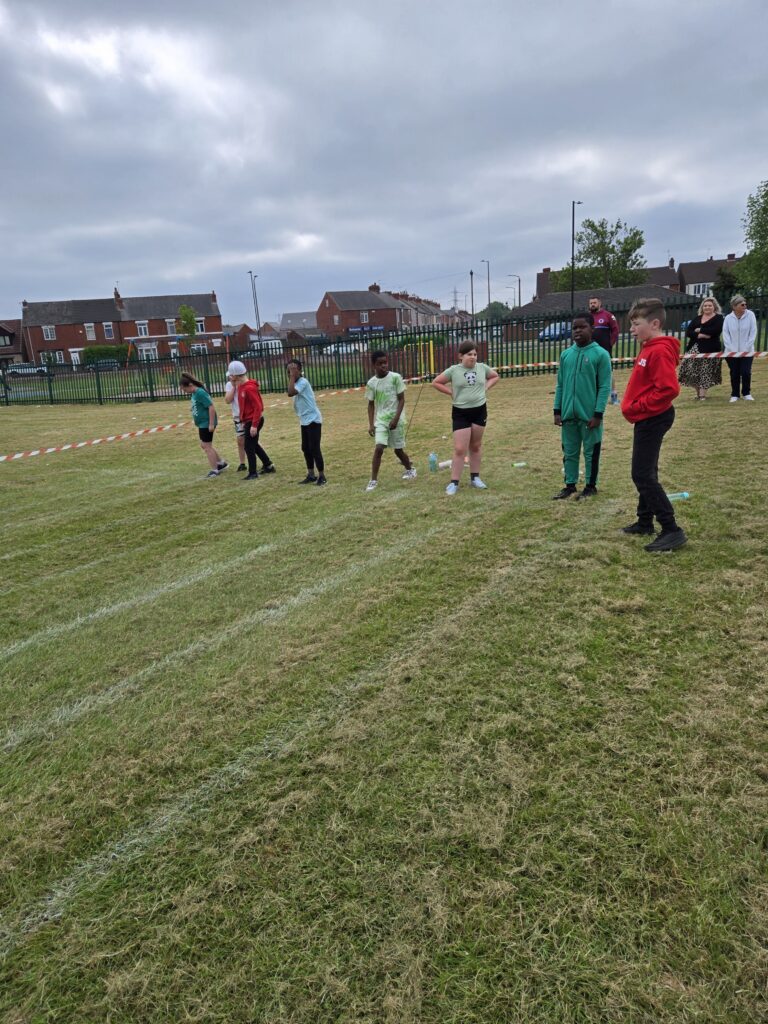
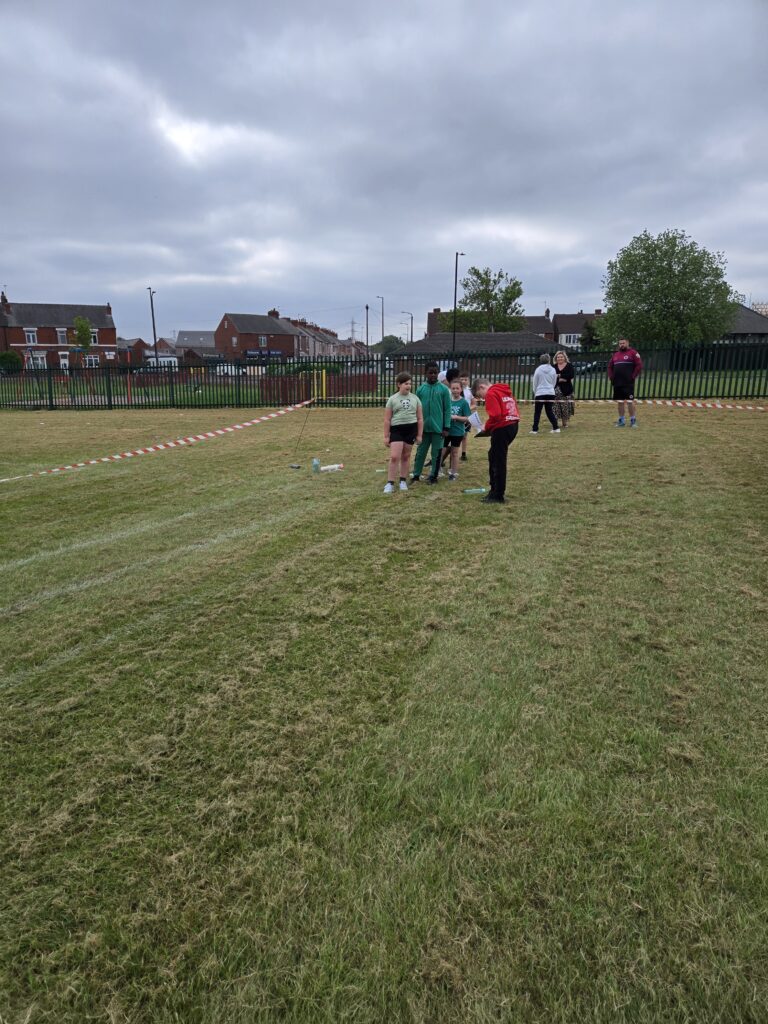
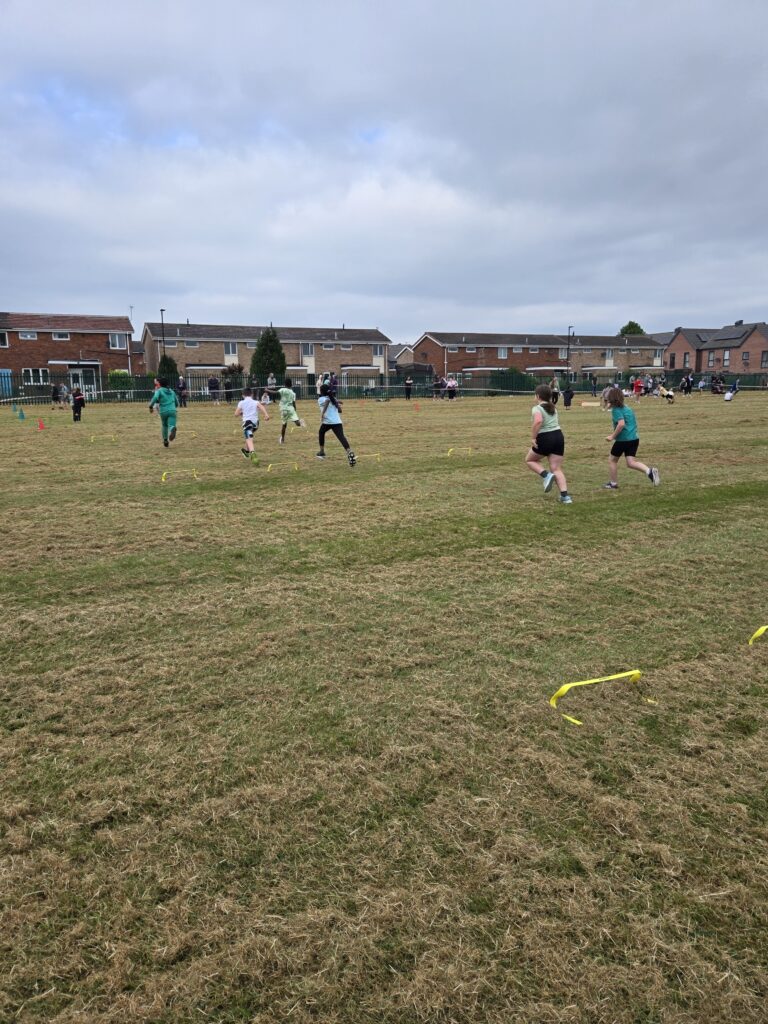
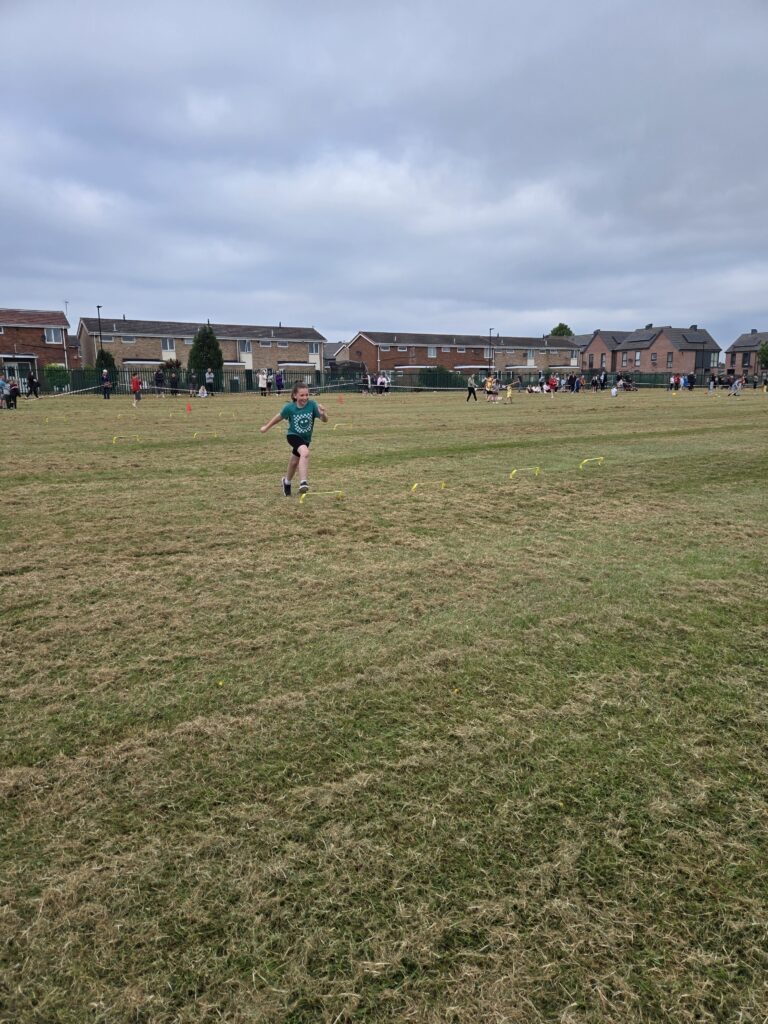


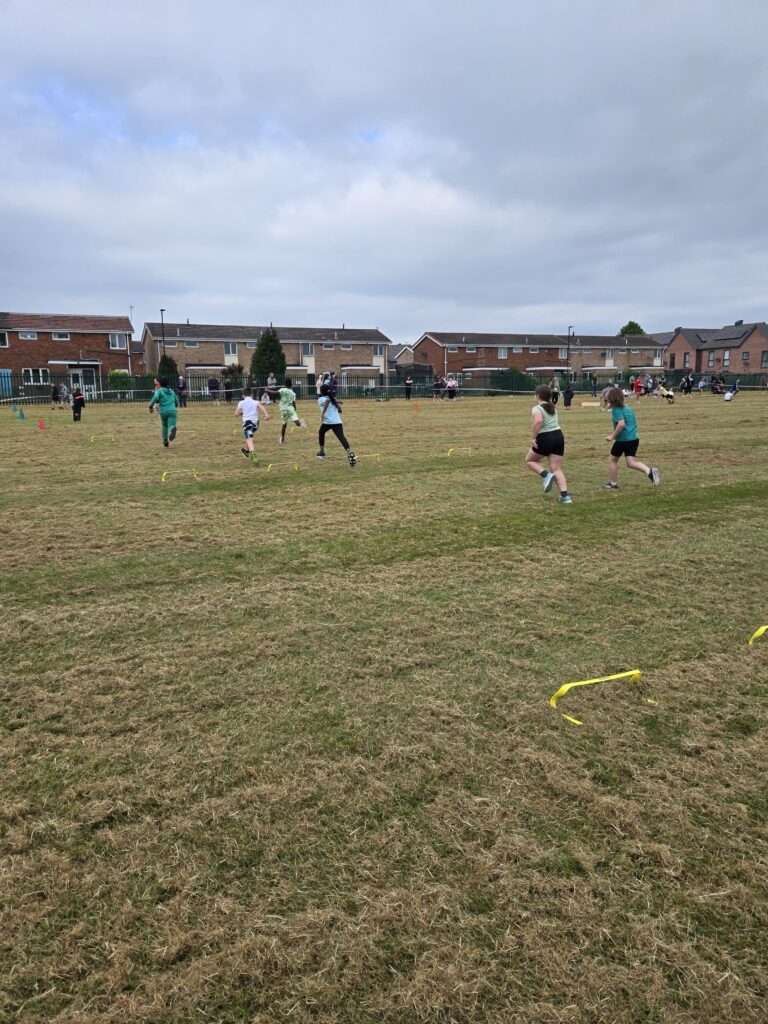
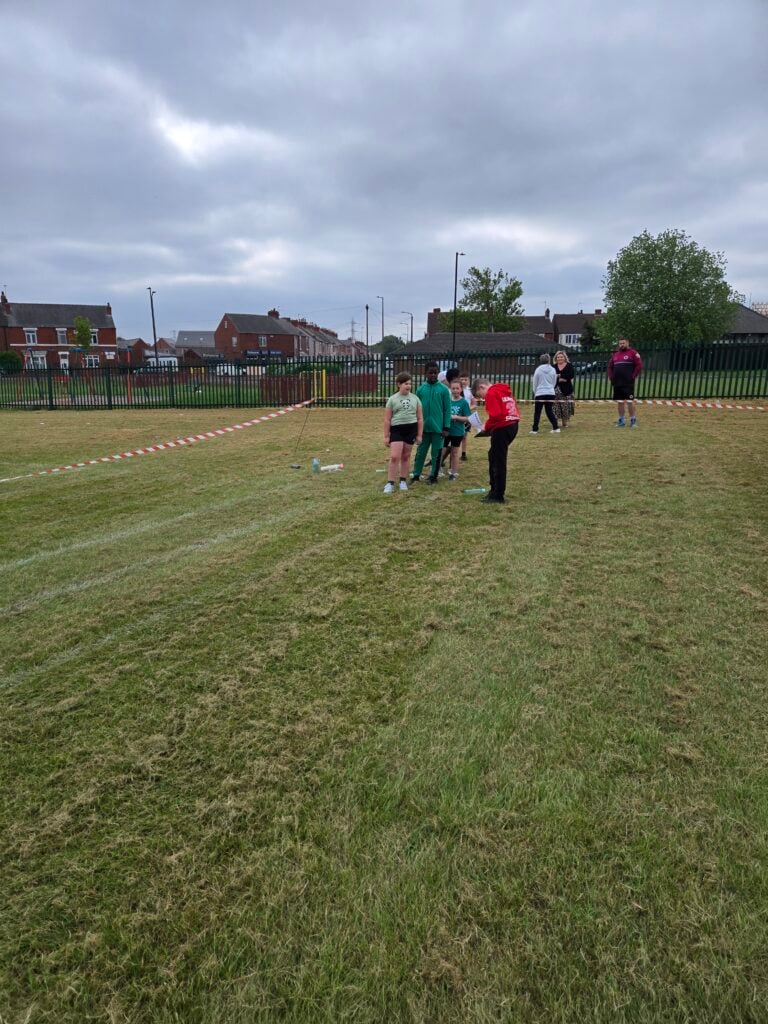

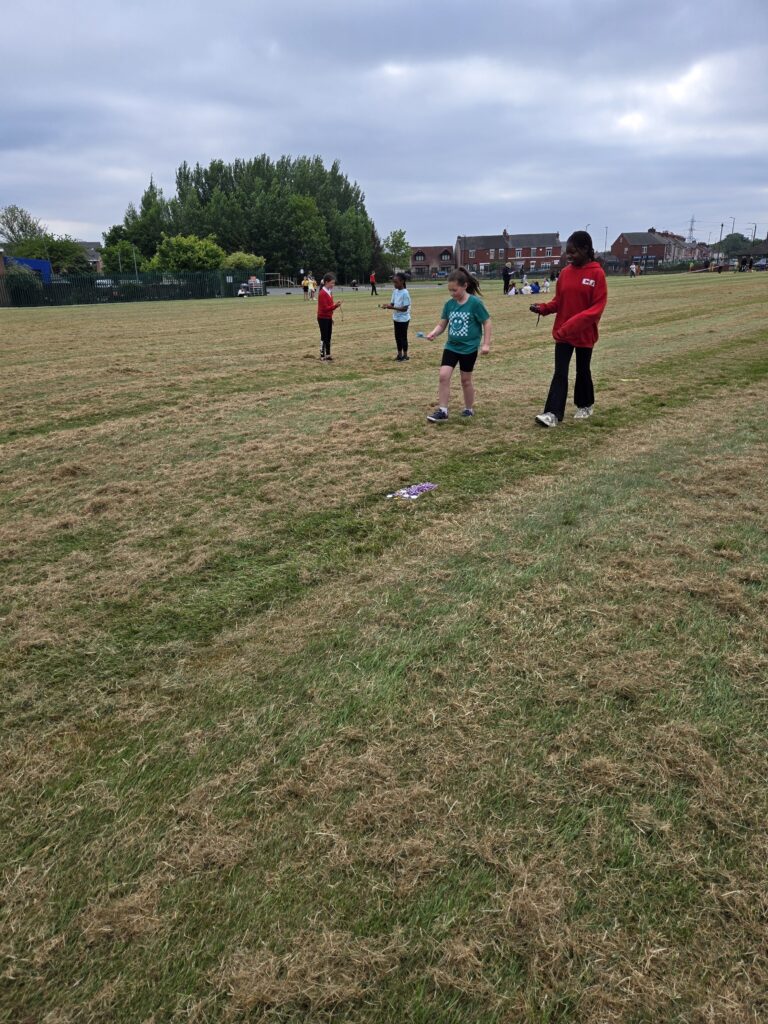


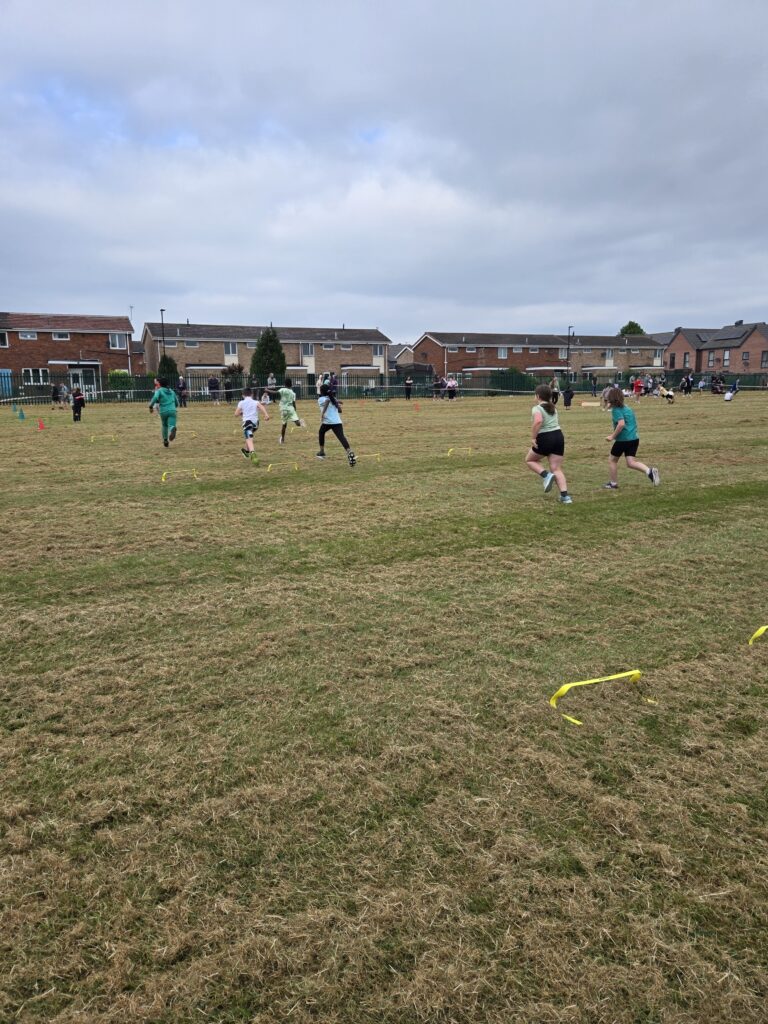

















A great morning at LKS2 sports day 🙂 We all loved it!
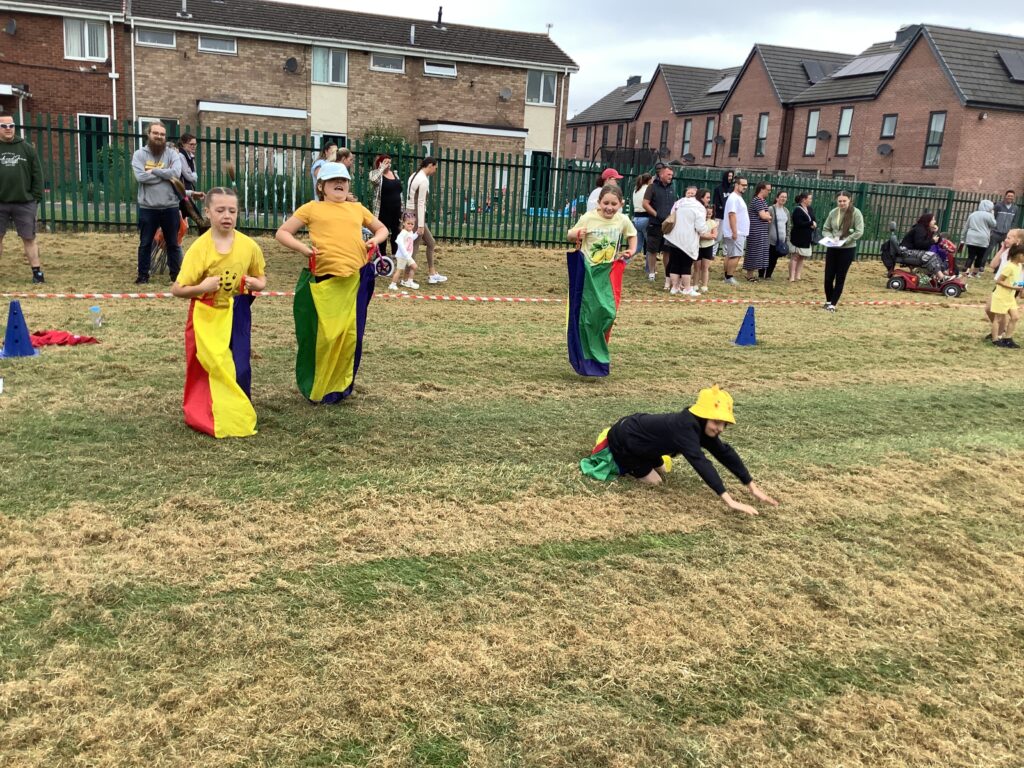

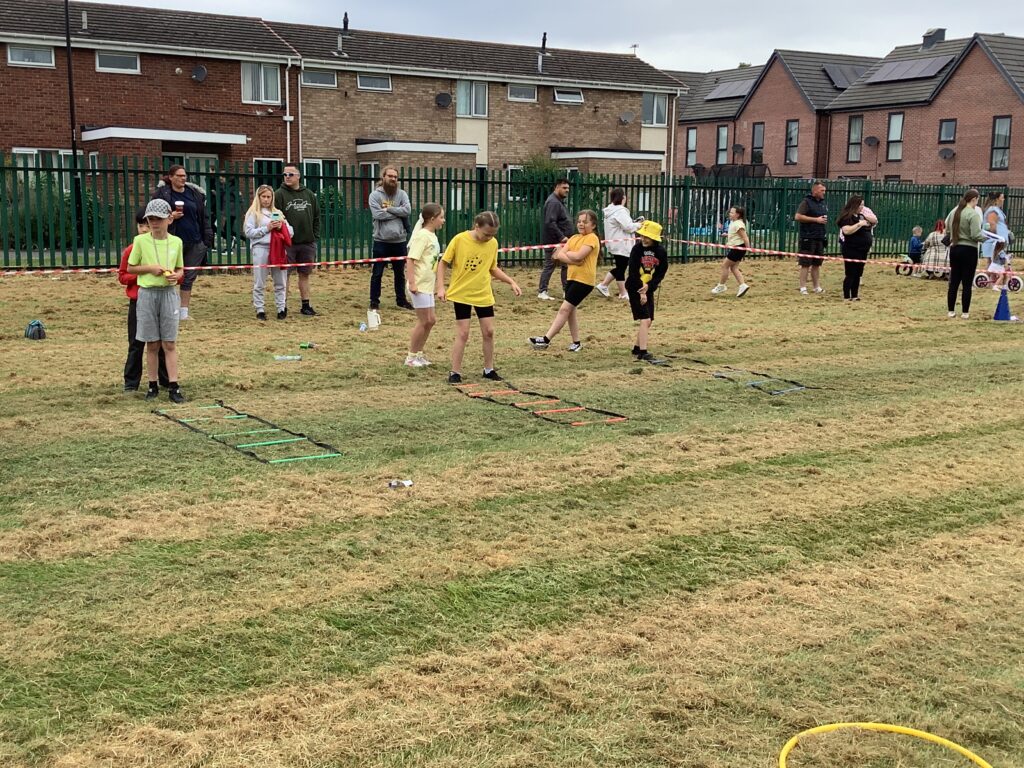
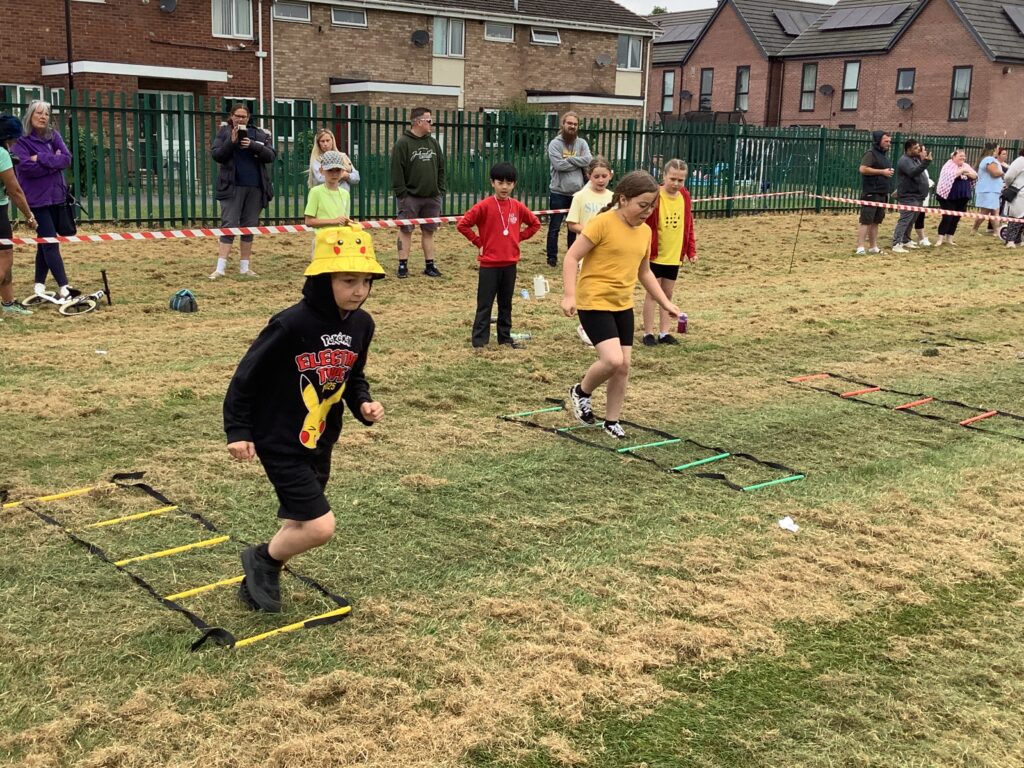
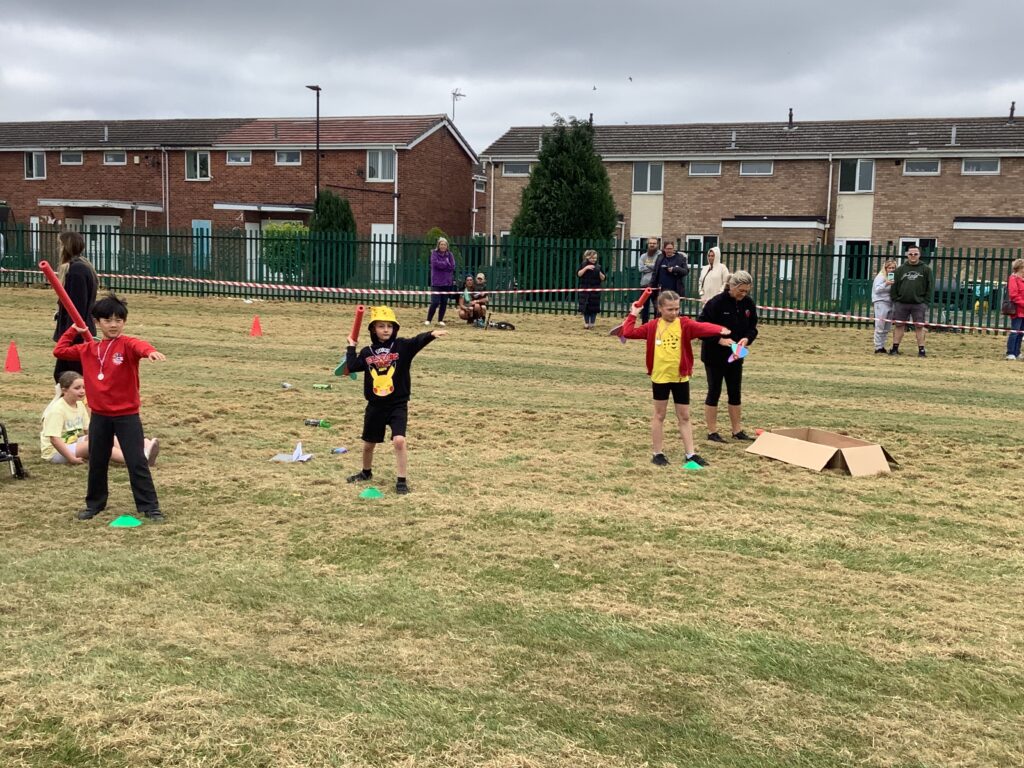
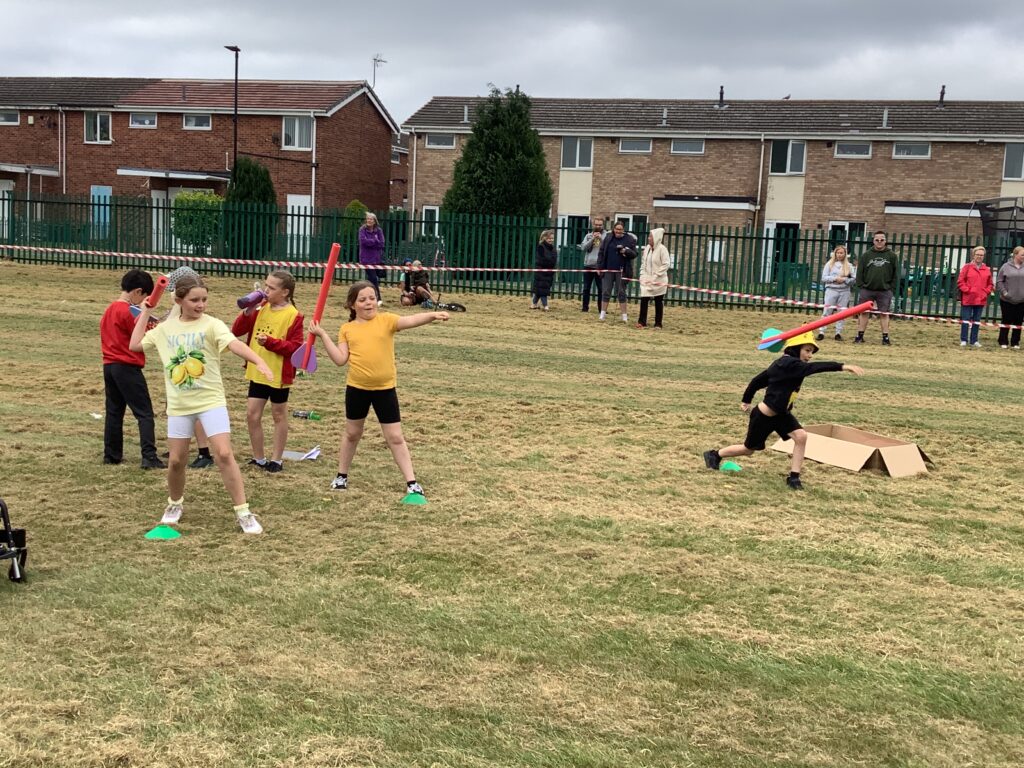
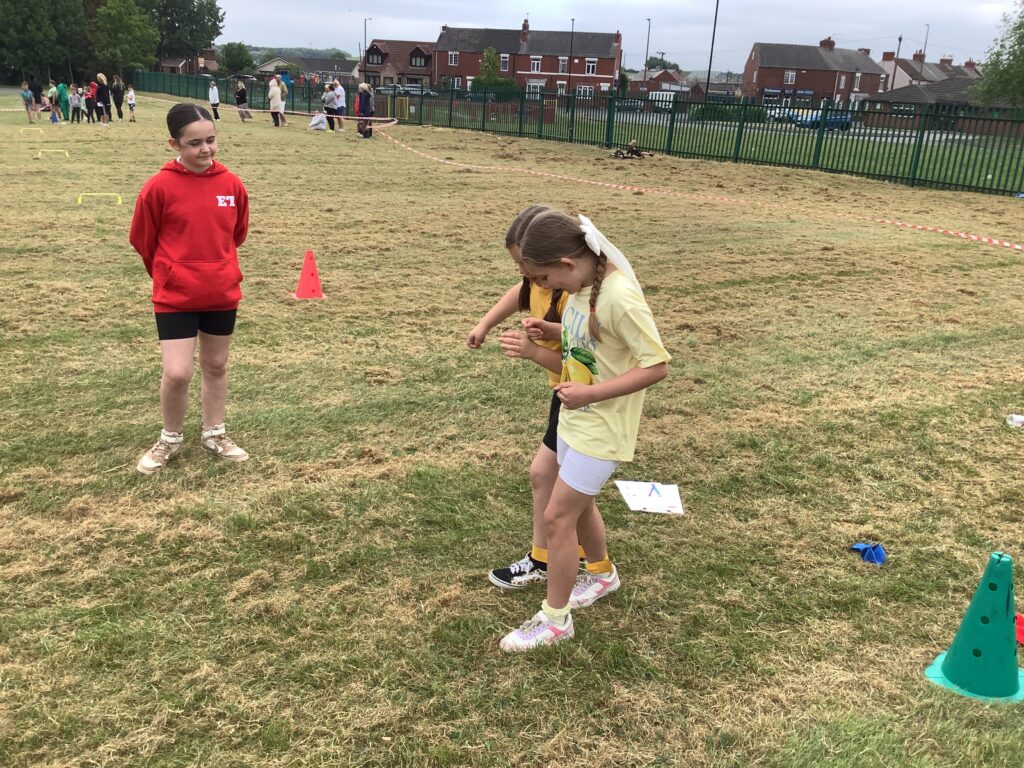
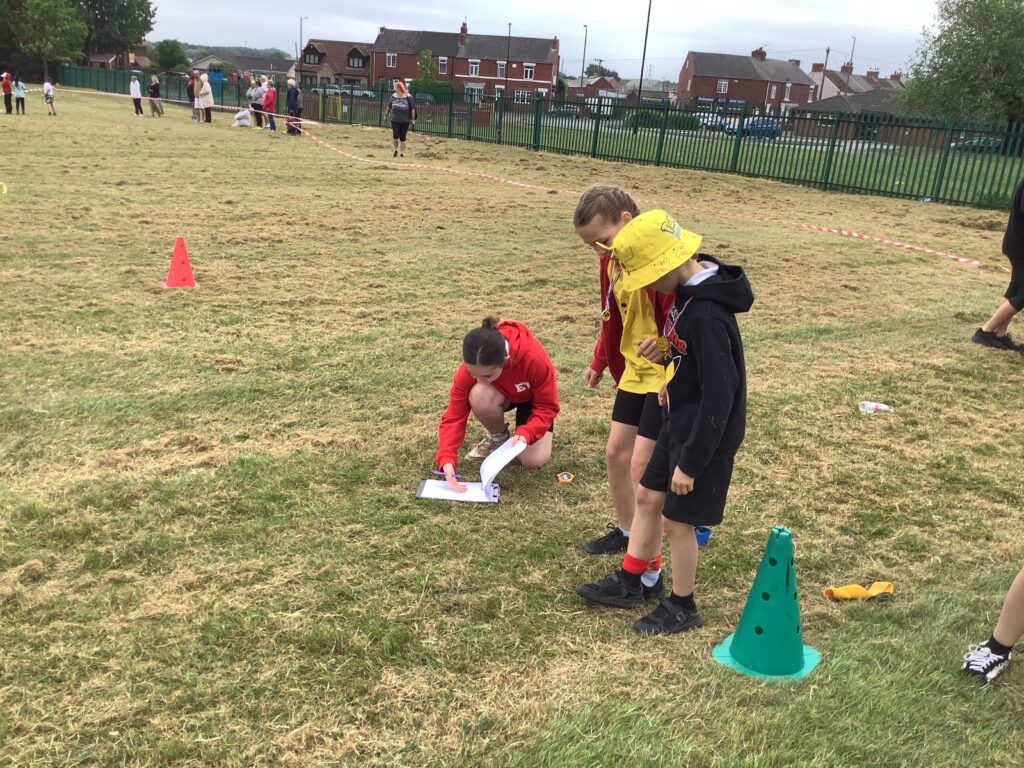
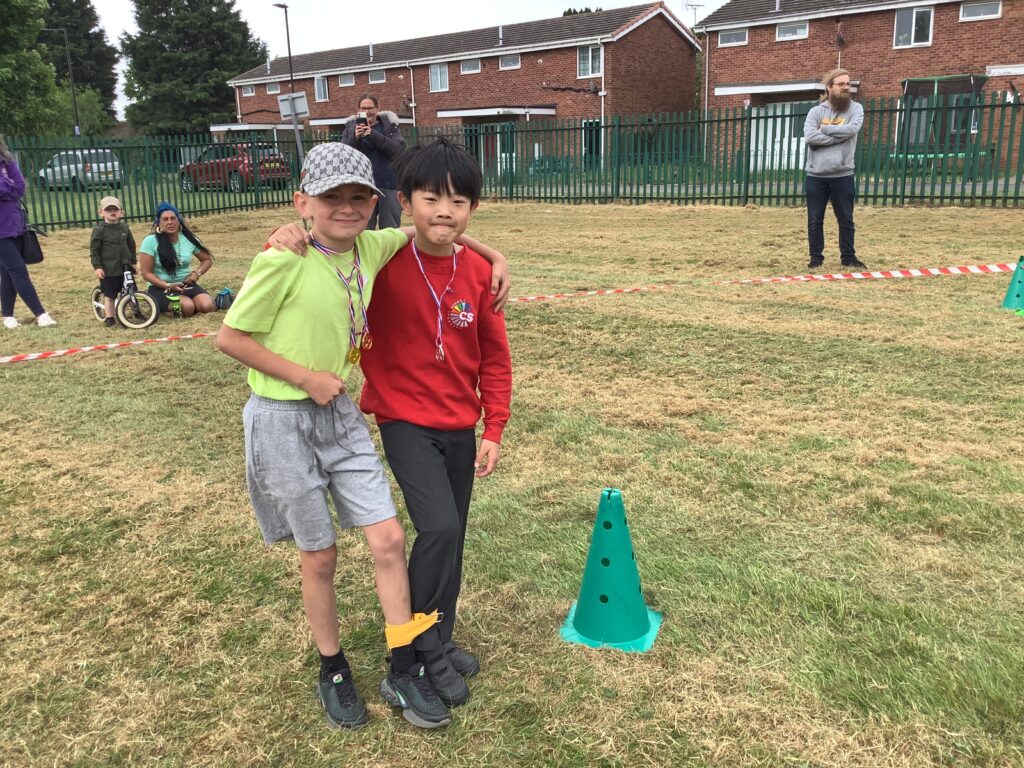
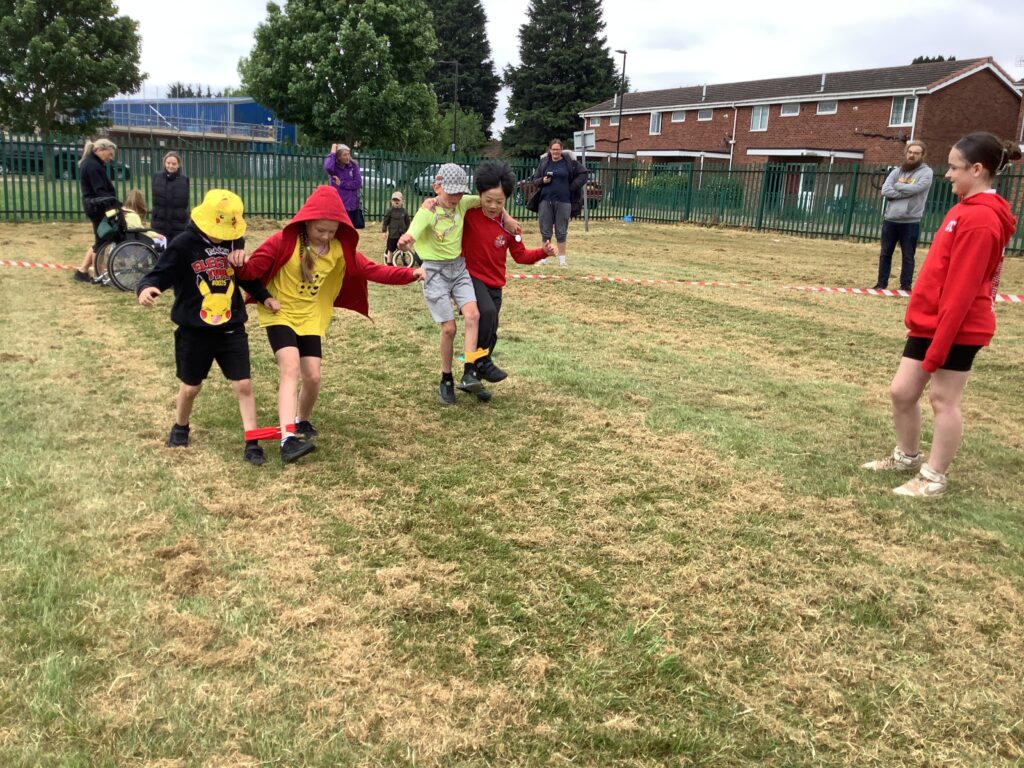

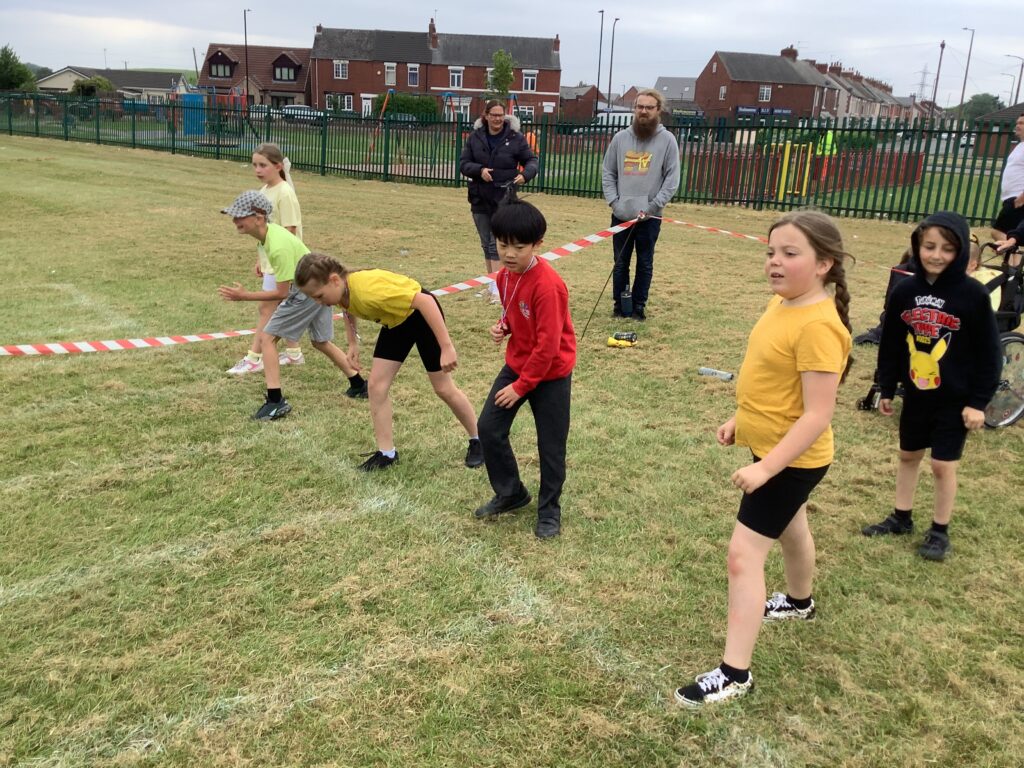
This week in expedition we have been scientists and conducted an experiment all about how craters are formed.
To start we wrote a method and equipment list. Then we made a prediction about what we thought might happen. Finally is was time to conduct our experiment.
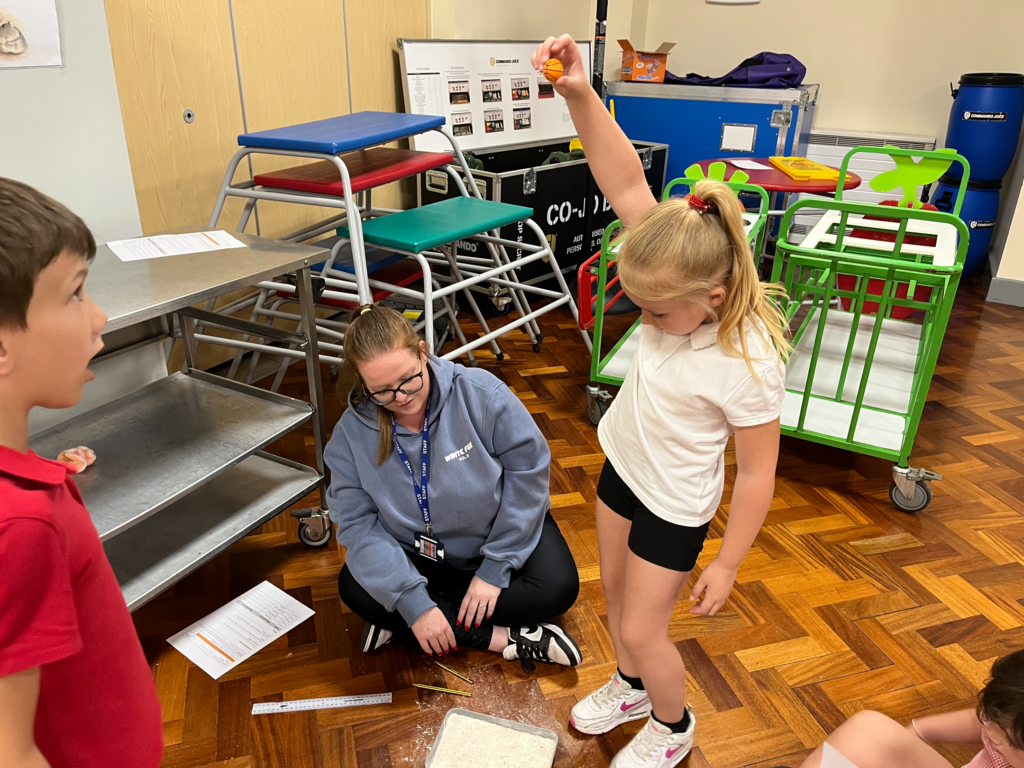
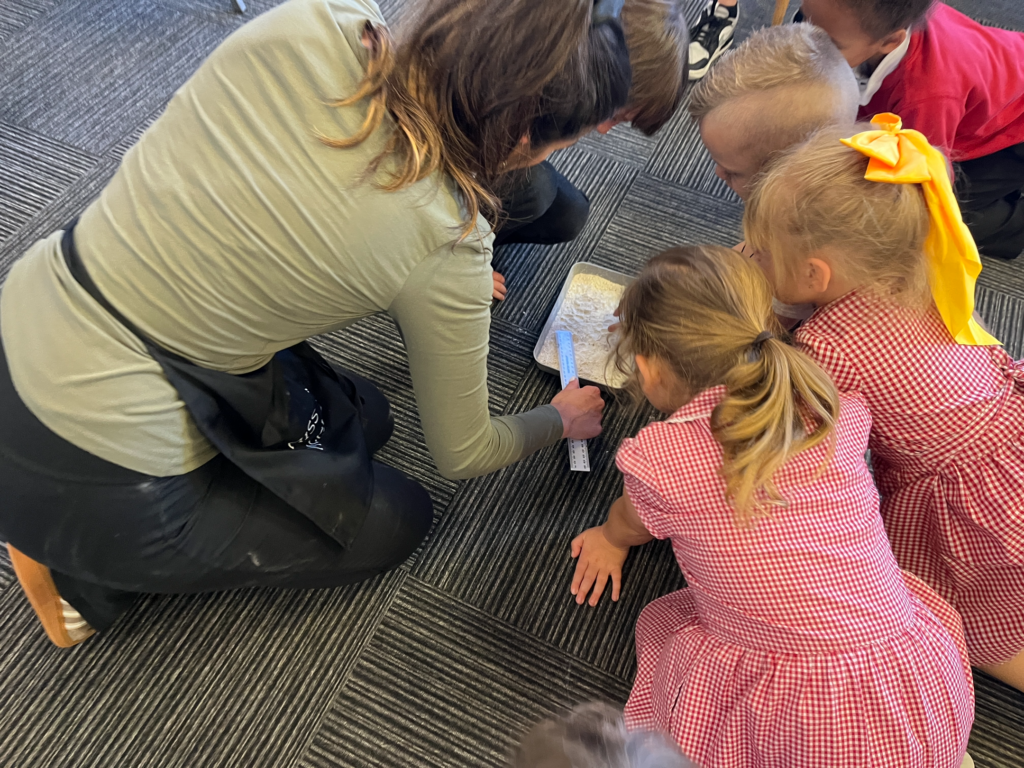
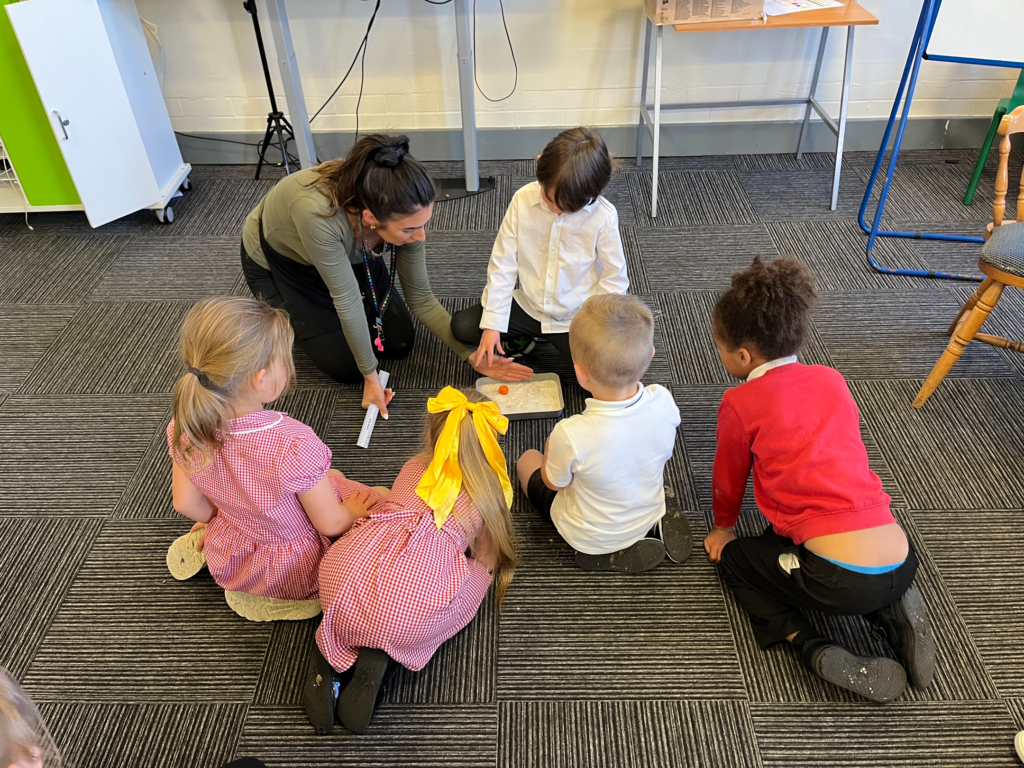
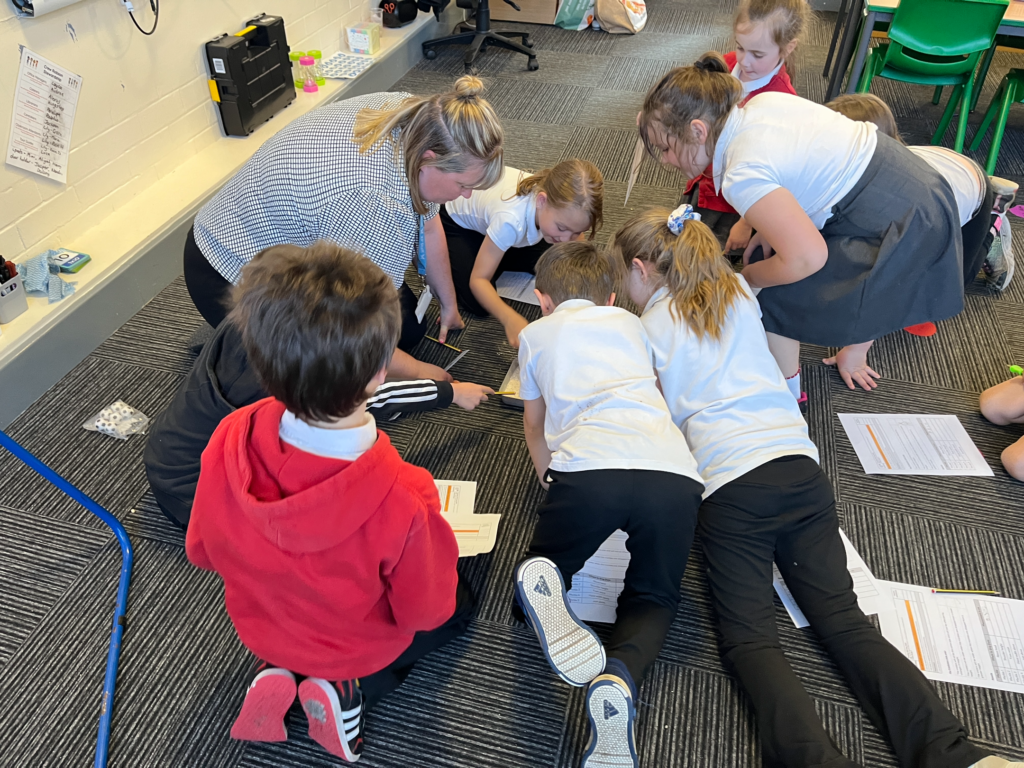
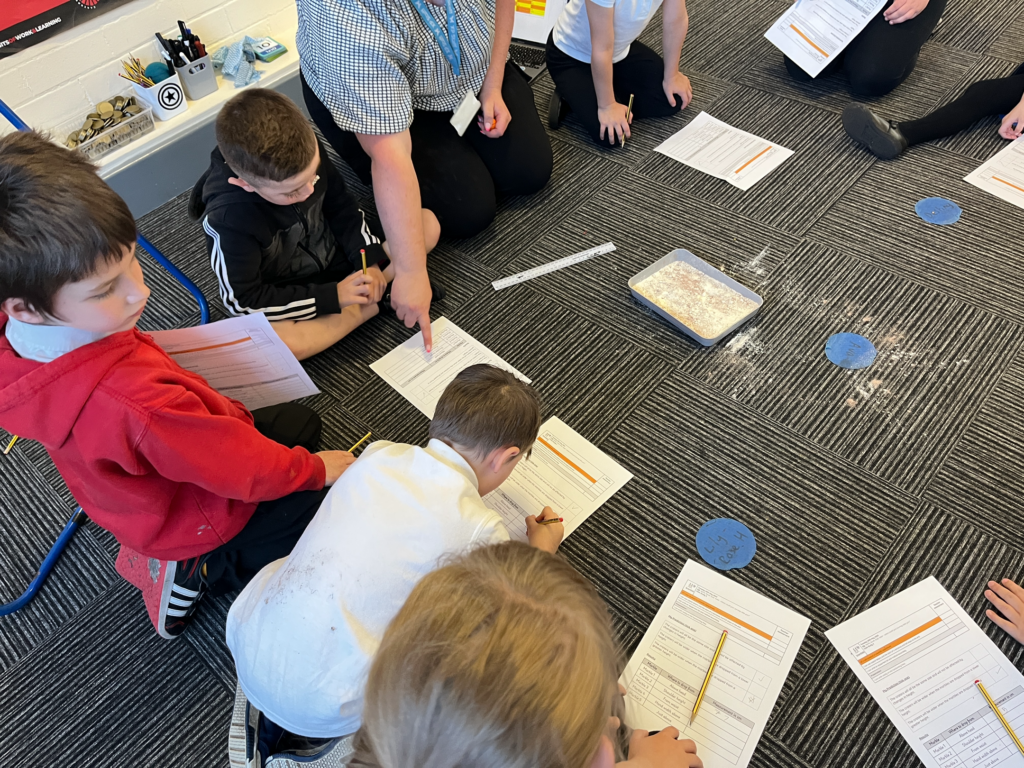
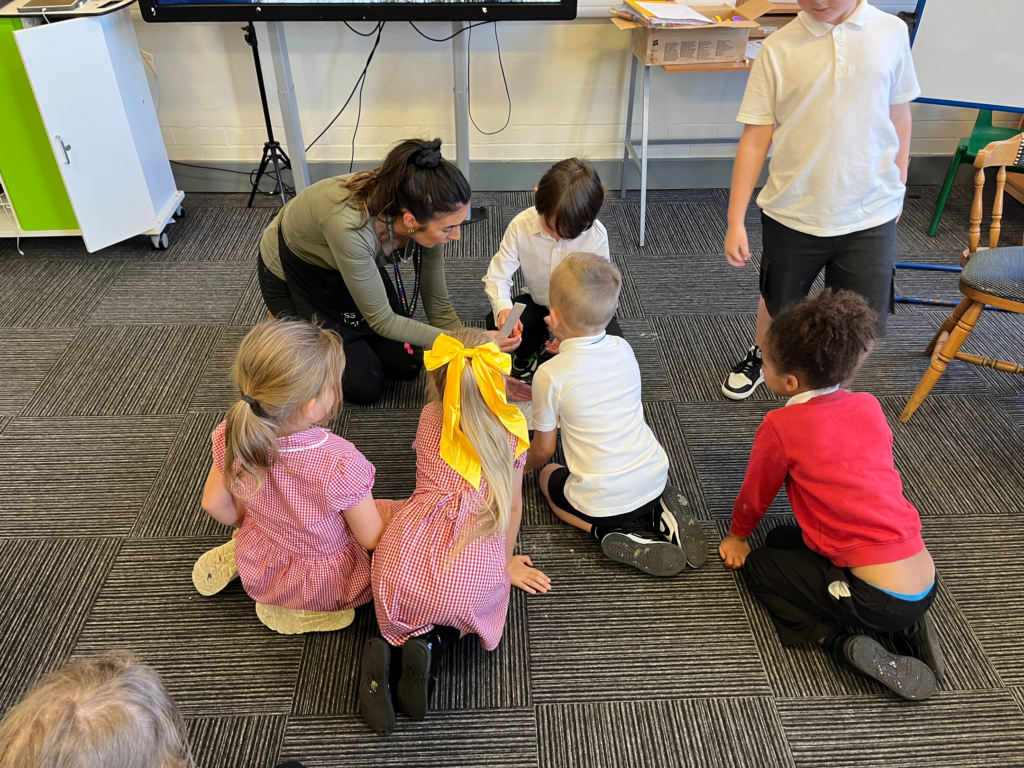
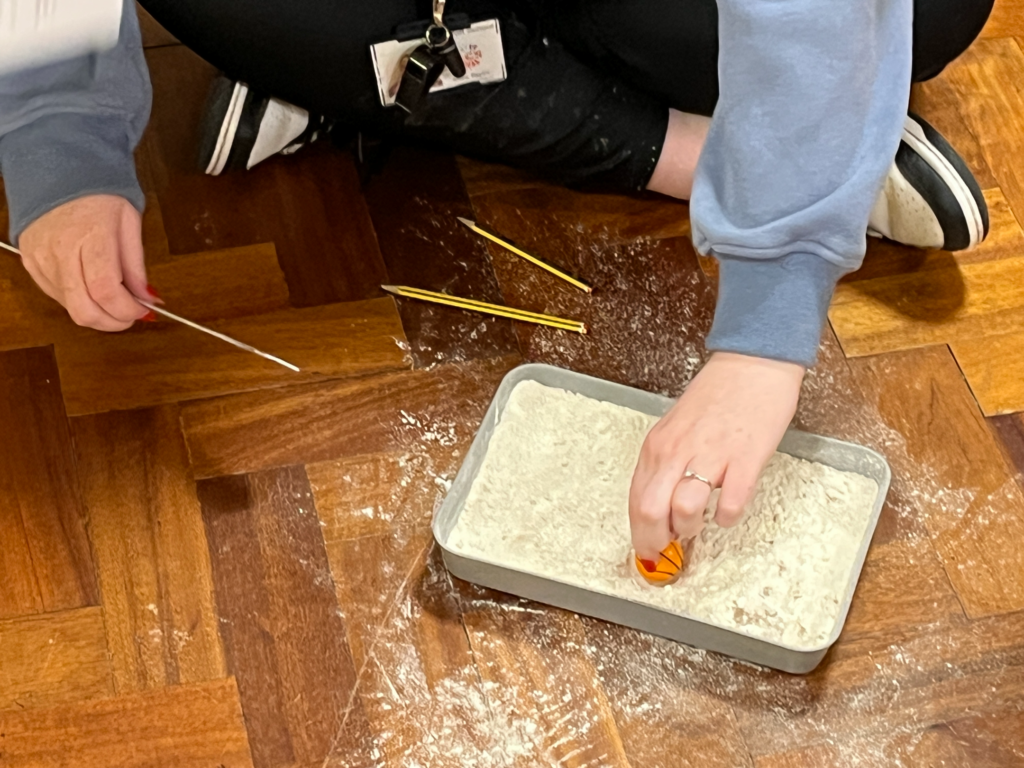
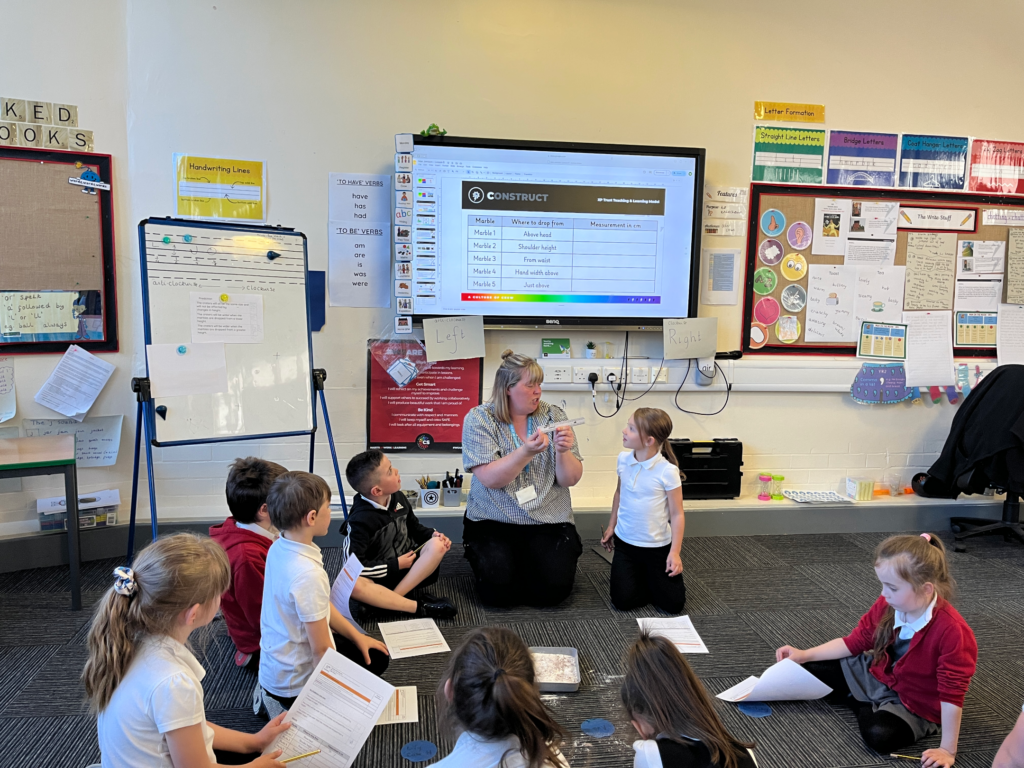
We then used our results to produce a line graph.
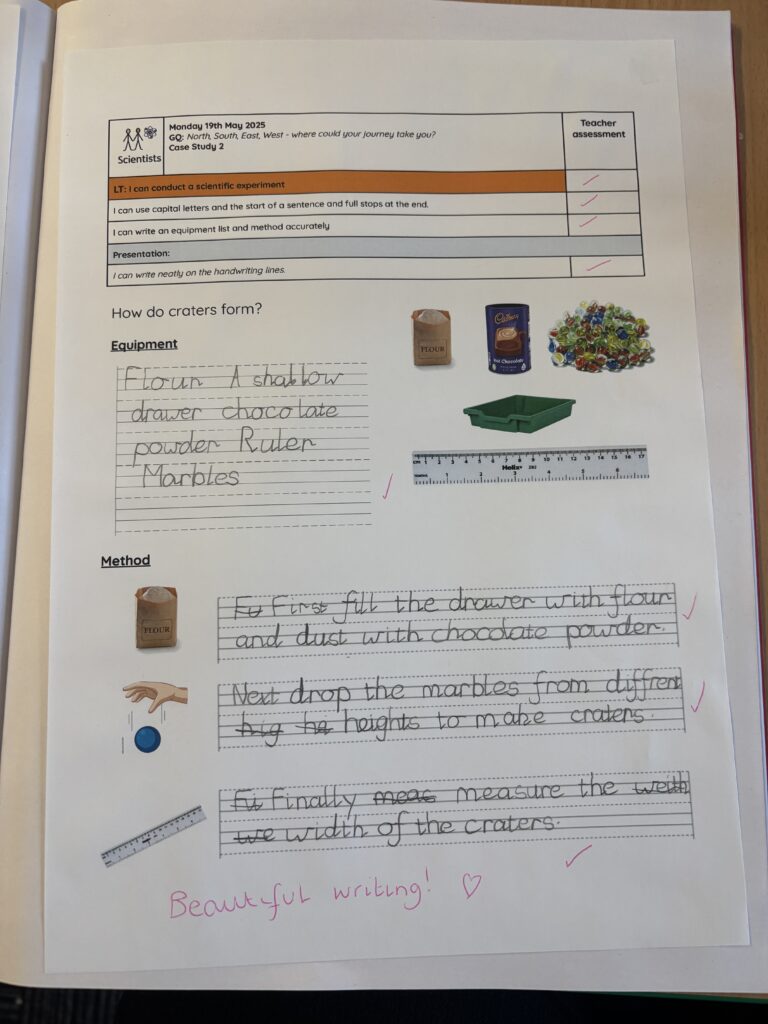
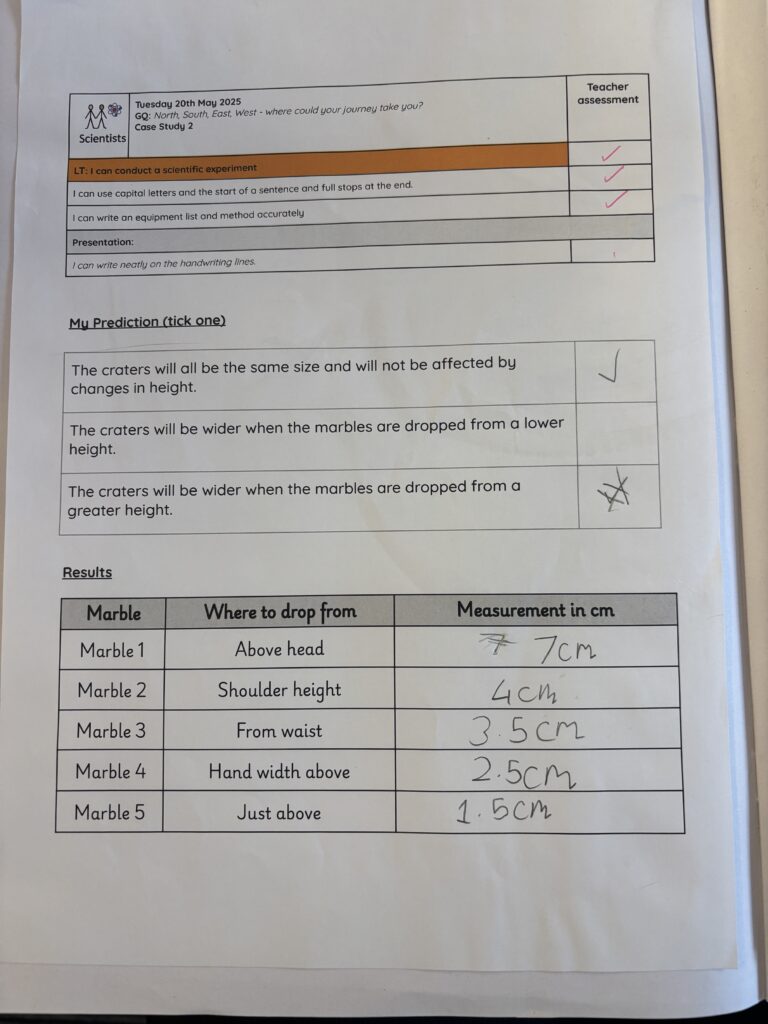

In our expedition lesson, we have investigated how water travels around the world. We found out that the continuous movement of water around the Earth is called the water cycle. The four main stages of the water cycle are evaporation, condensation, precipitation, and collection. We set up an experiment to see how the water cycle works. We can’t wait to see if evaporation and condensation happen!
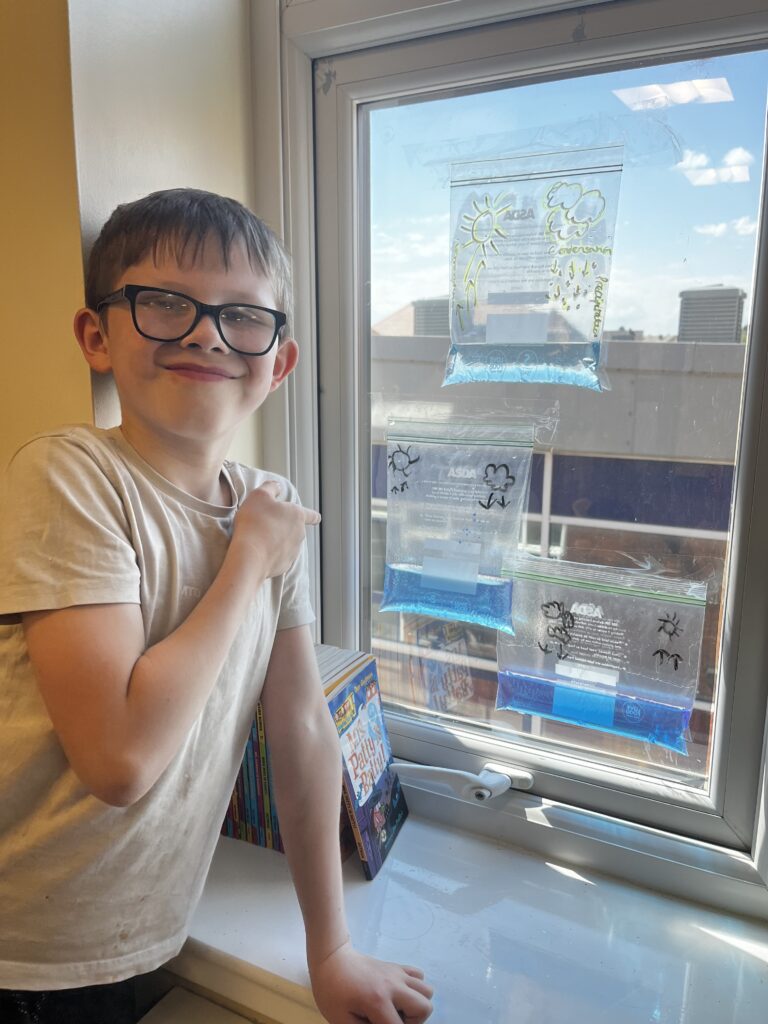

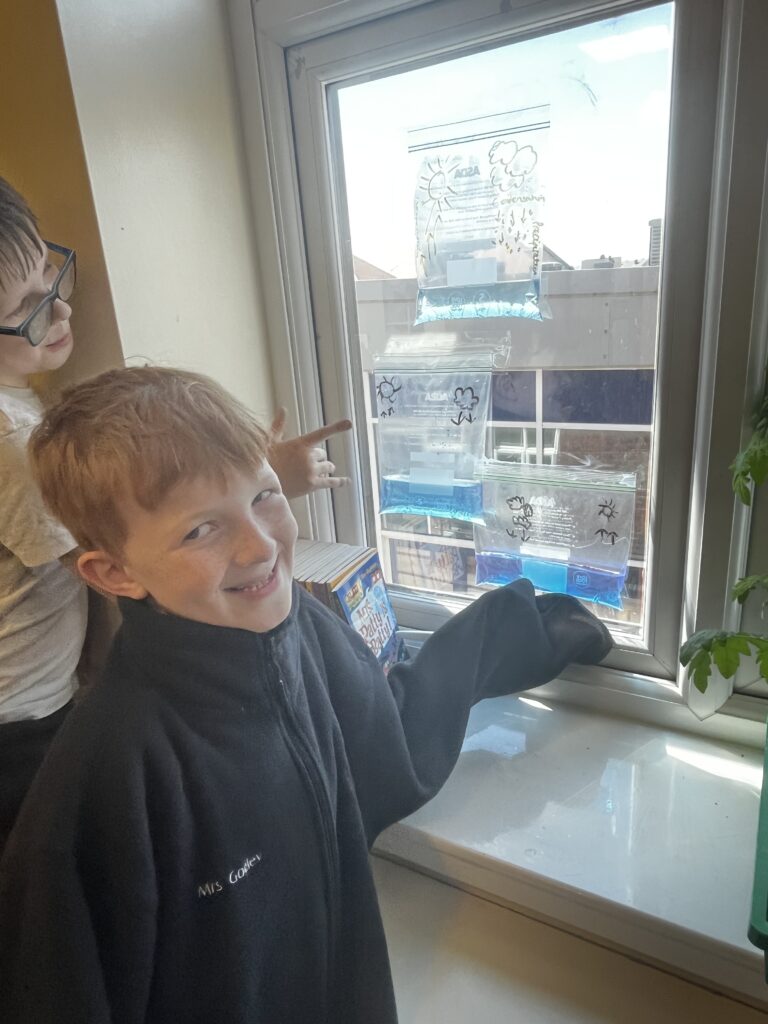
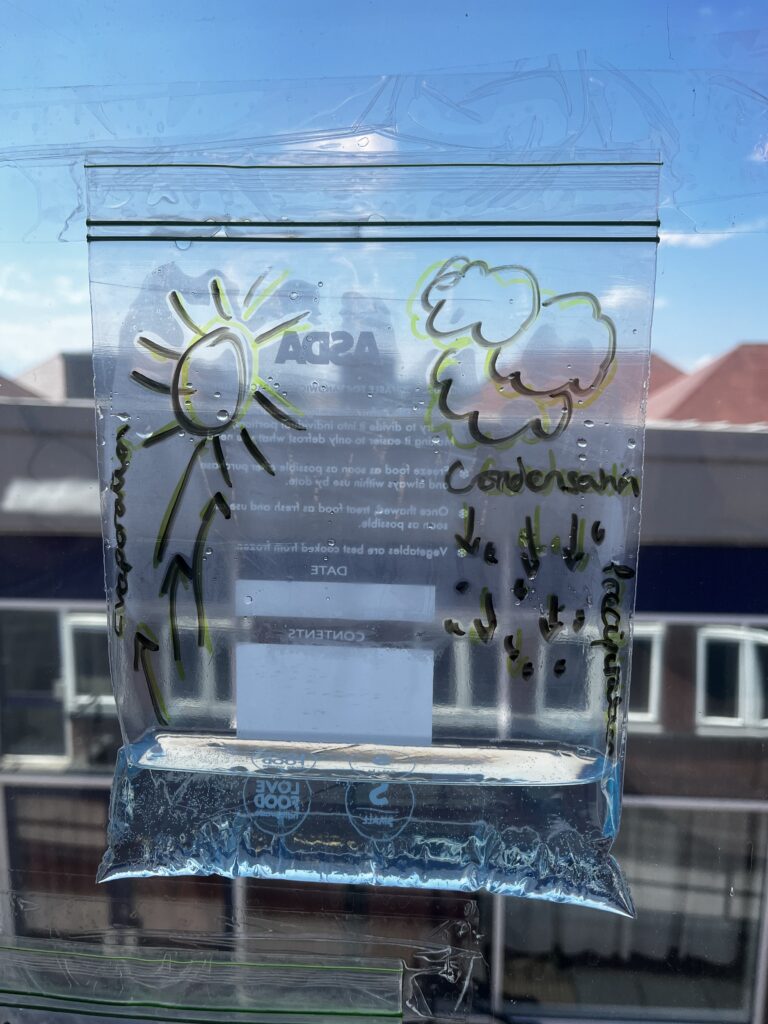
As with any piece of art work, it’s essential that we have time to draft and redraft our work. By critiquing and reworking, then that’s when improvements can be made to the piece. It was lovely to see the children take on board feedback so that they could improve their second draft.

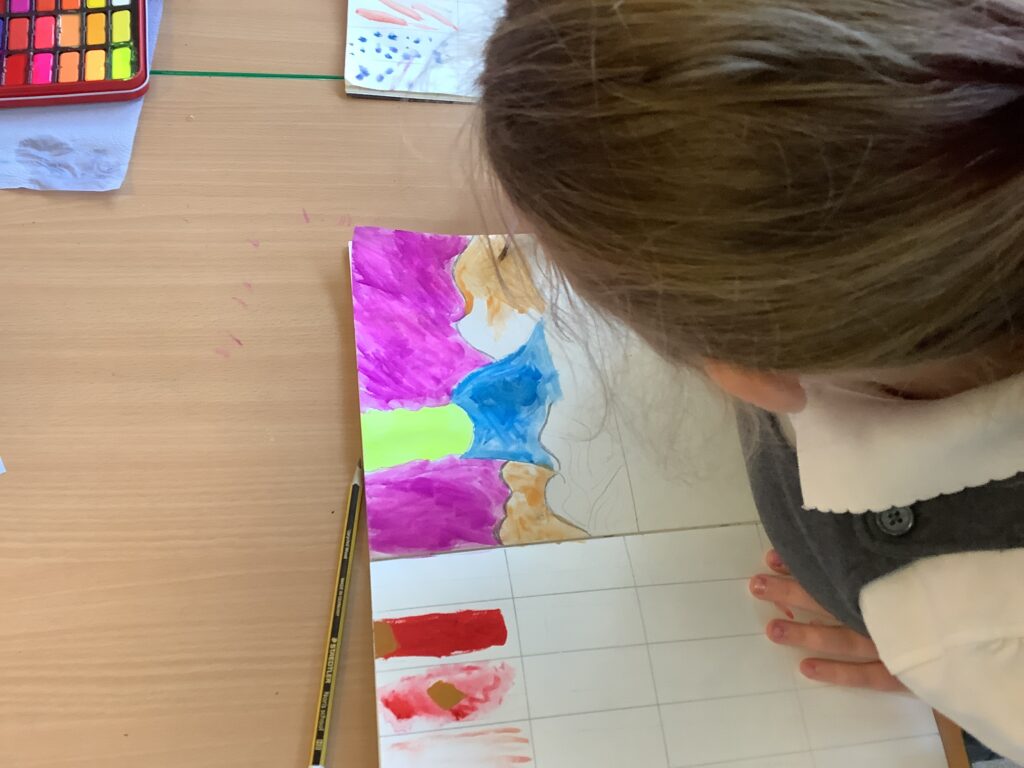
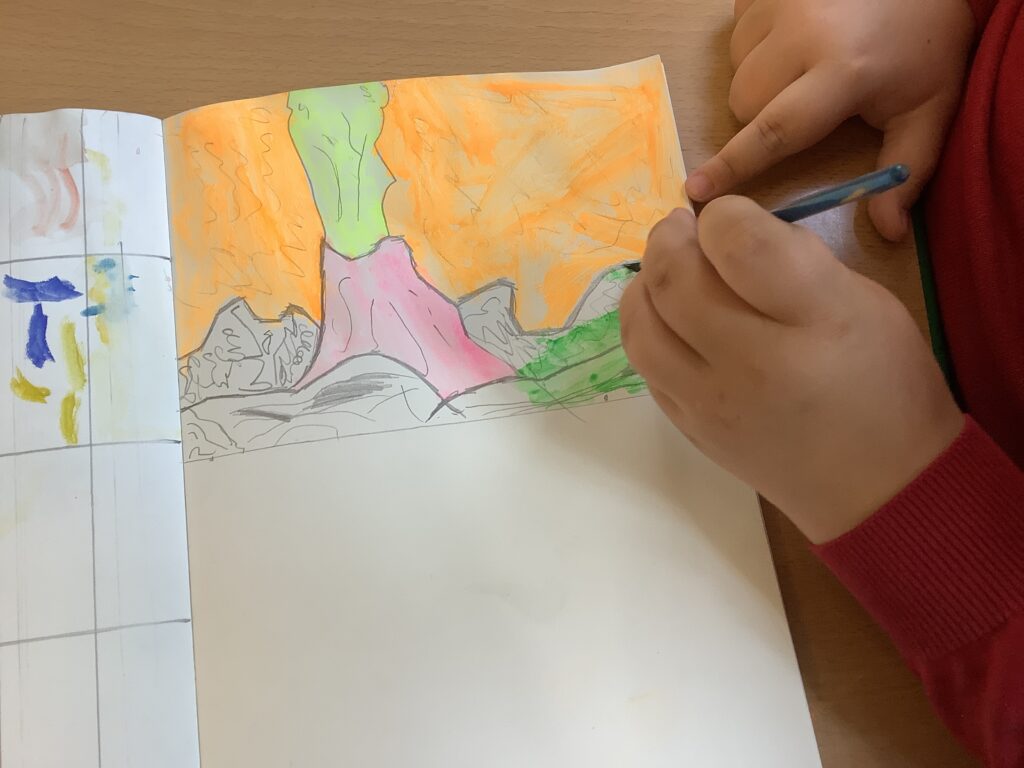
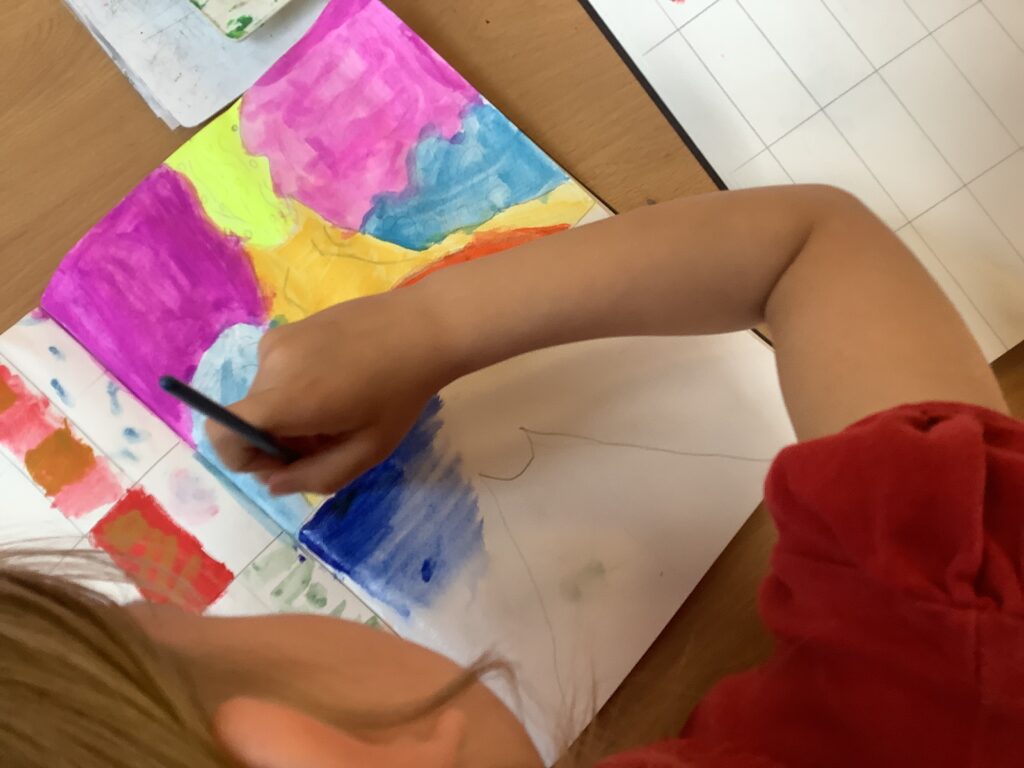
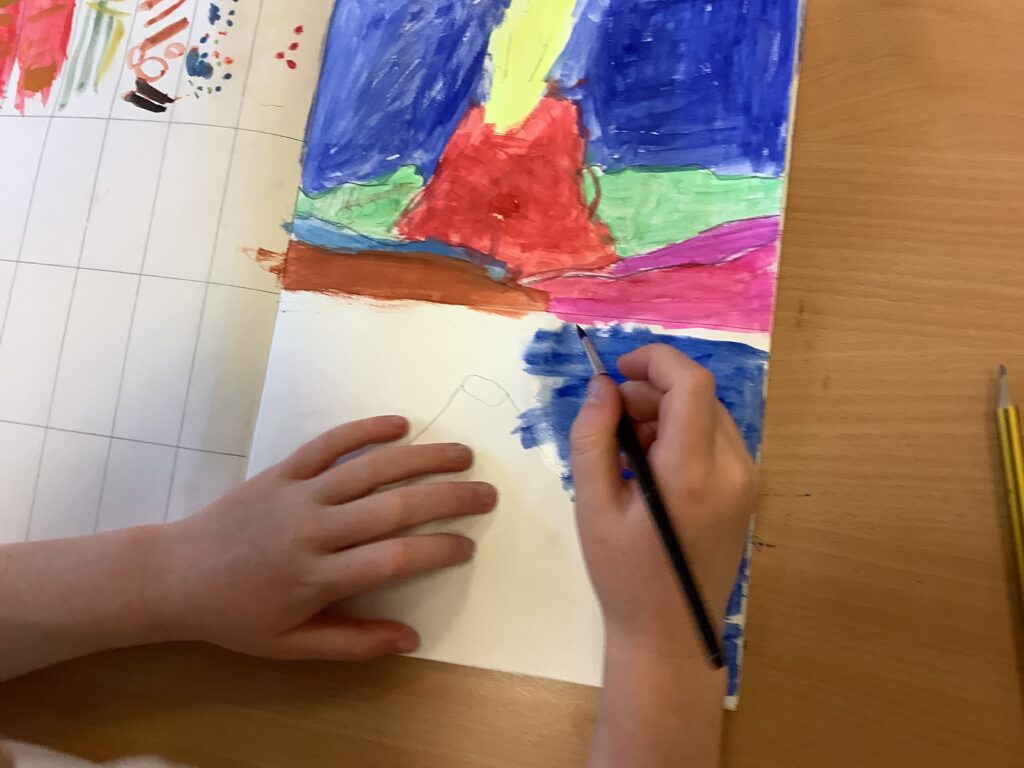
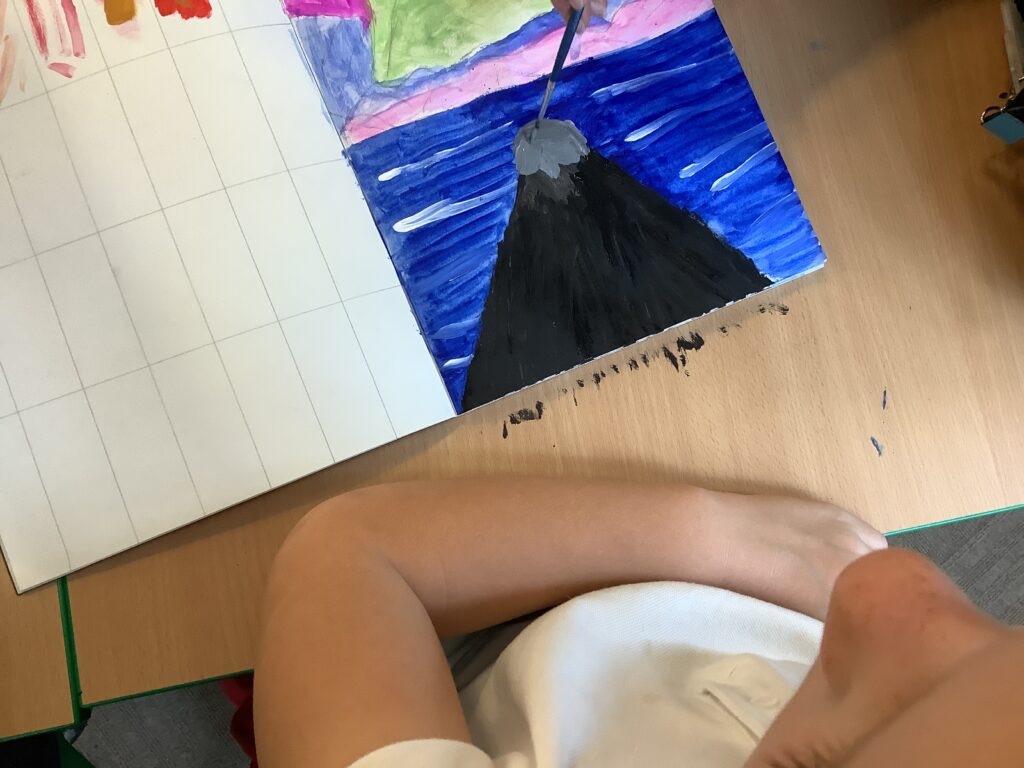
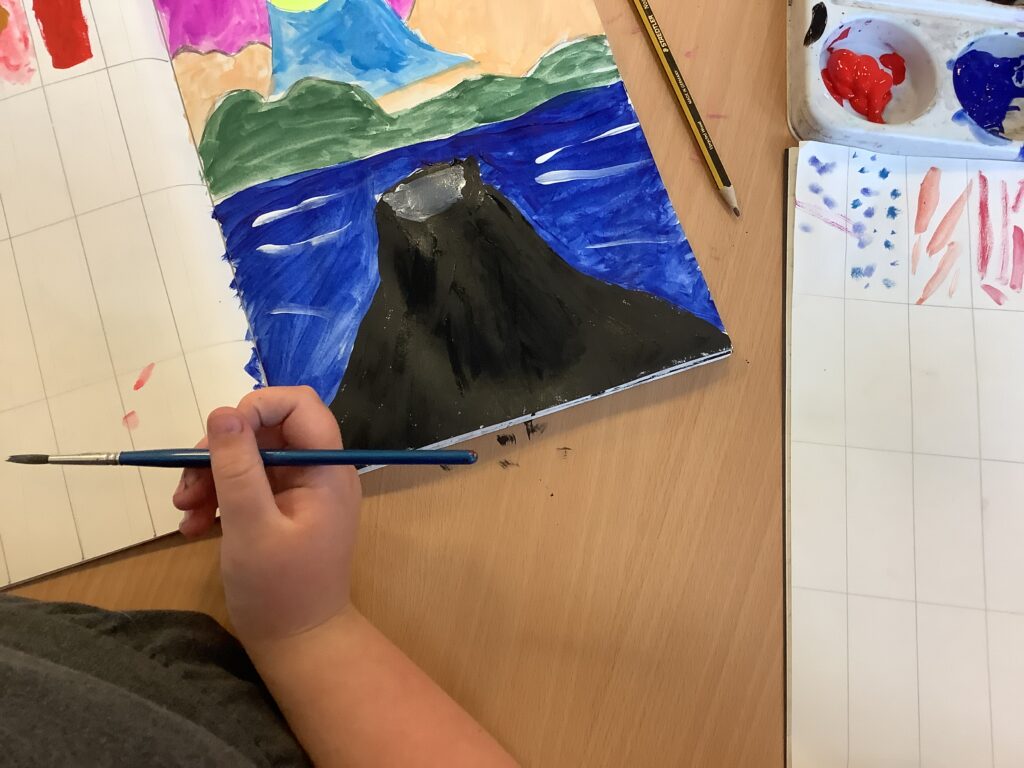
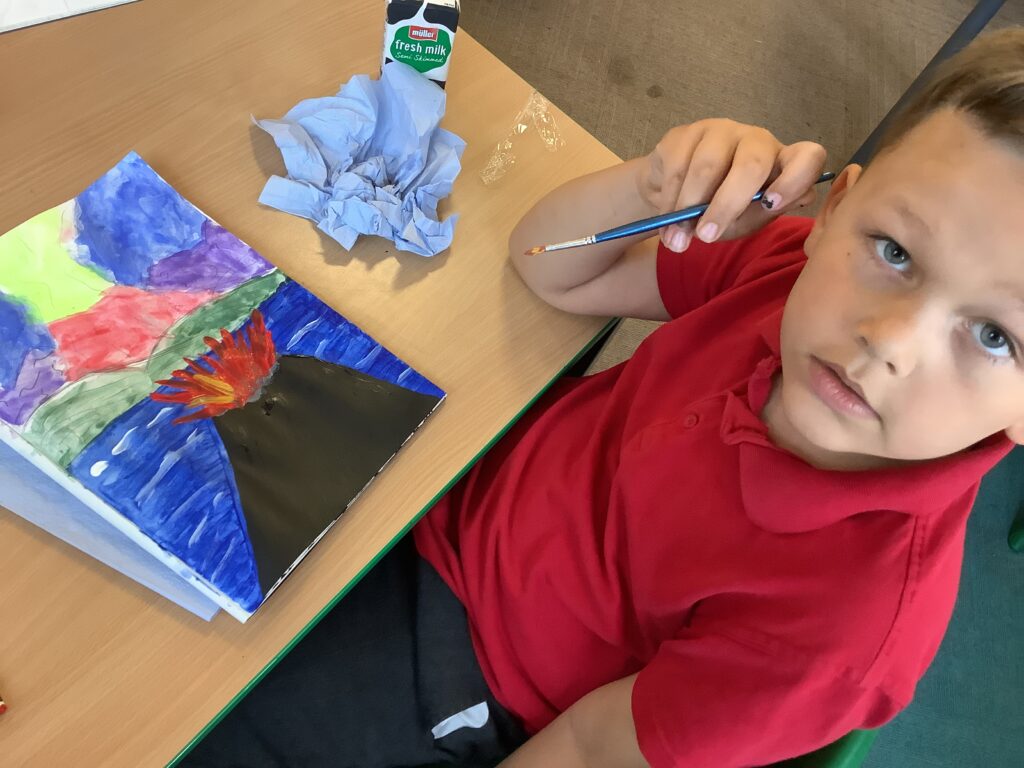
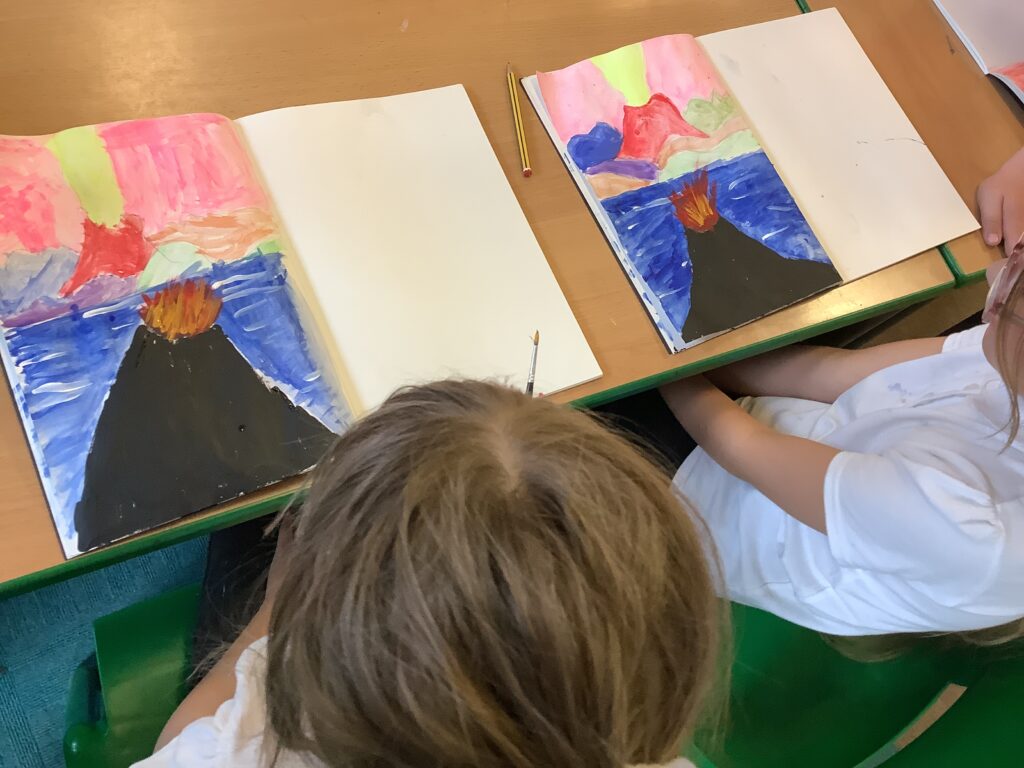
Before we can attempt our first draft, it’s important that we understanding atheism mediums that we will be using. For our art, we will be using watercolour and acrylic so we needed to practice using these paints. We used the wet on wet, wet on dry and then dry on dry which showed us different effects.


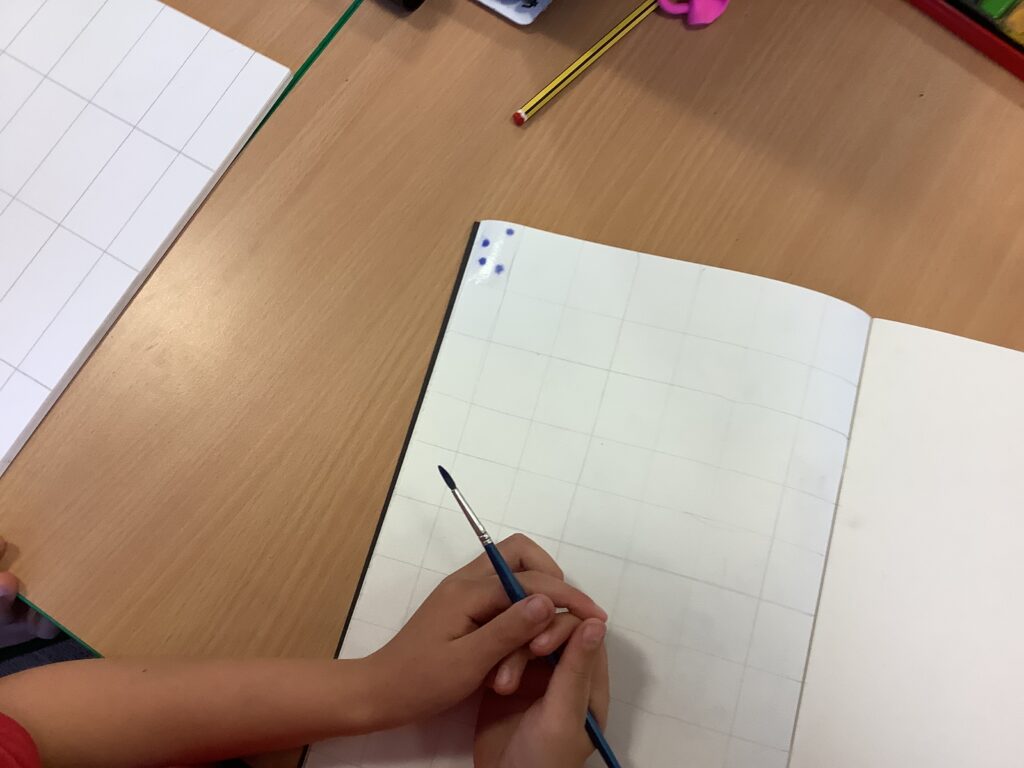
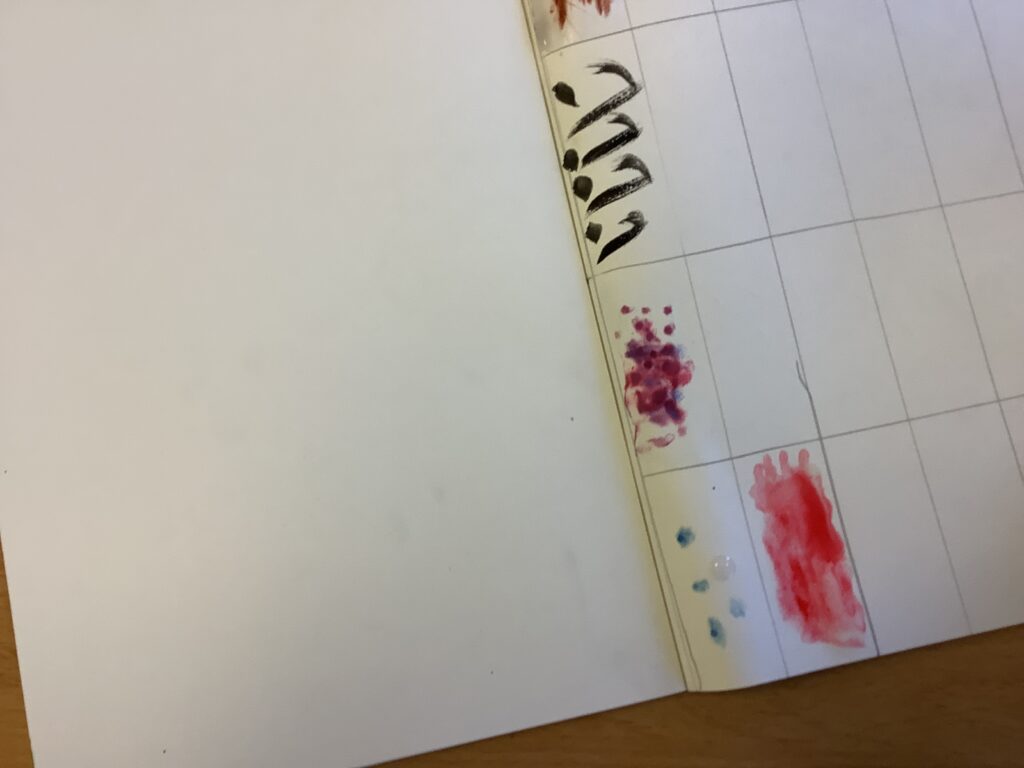
In art, we started by learning about a new artist called Andy Warhol. We learned some key facts about him then explored his style of art which is popart. Popart means popular art. Once we had learned about the artist, we had the opportunity to critique some of his work using I praise, I notice and I wonder. We really liked the bright colours which we later learned are called contrasting colours. These are colours that complement each other but make them stand out and look vivid.
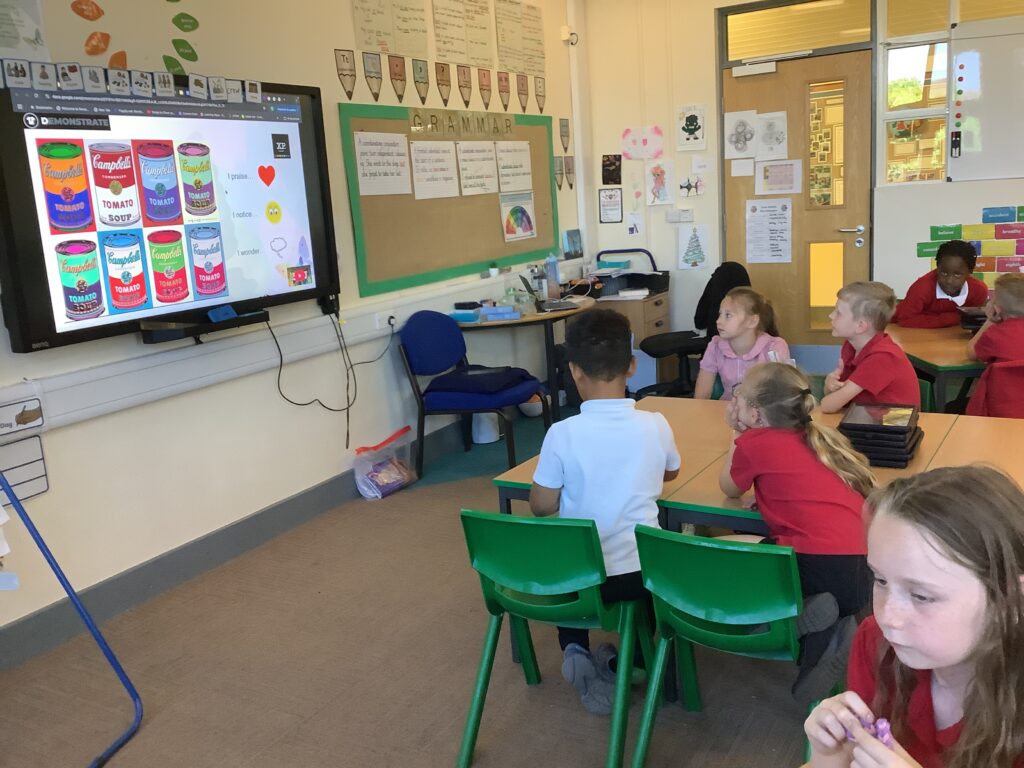
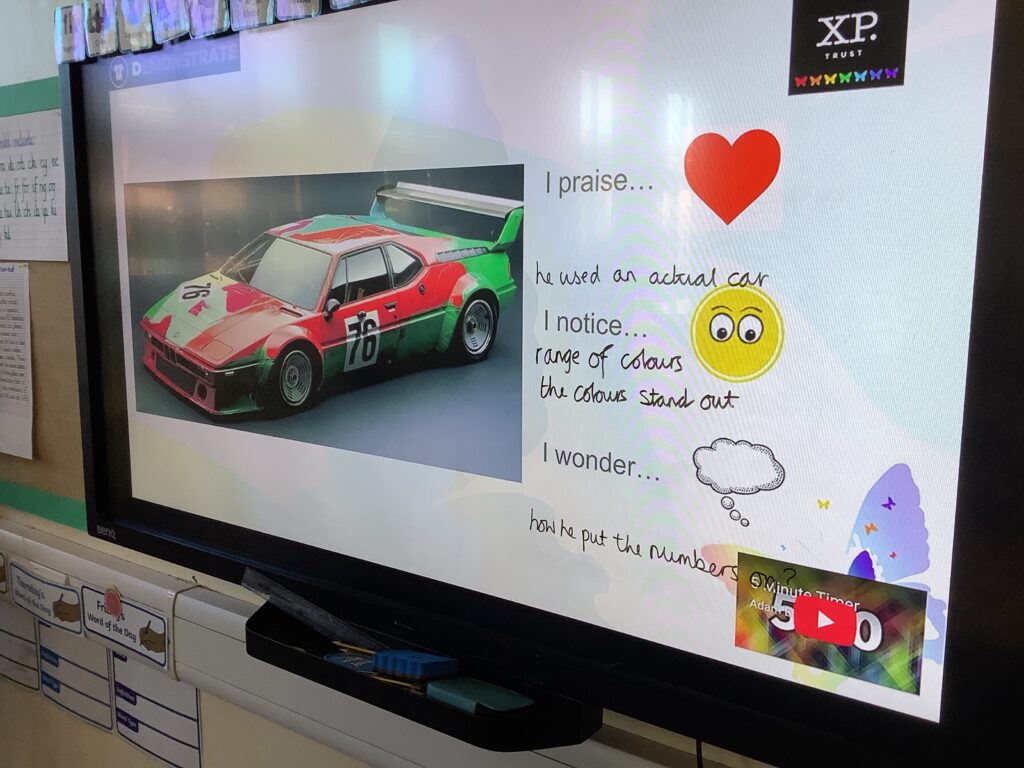
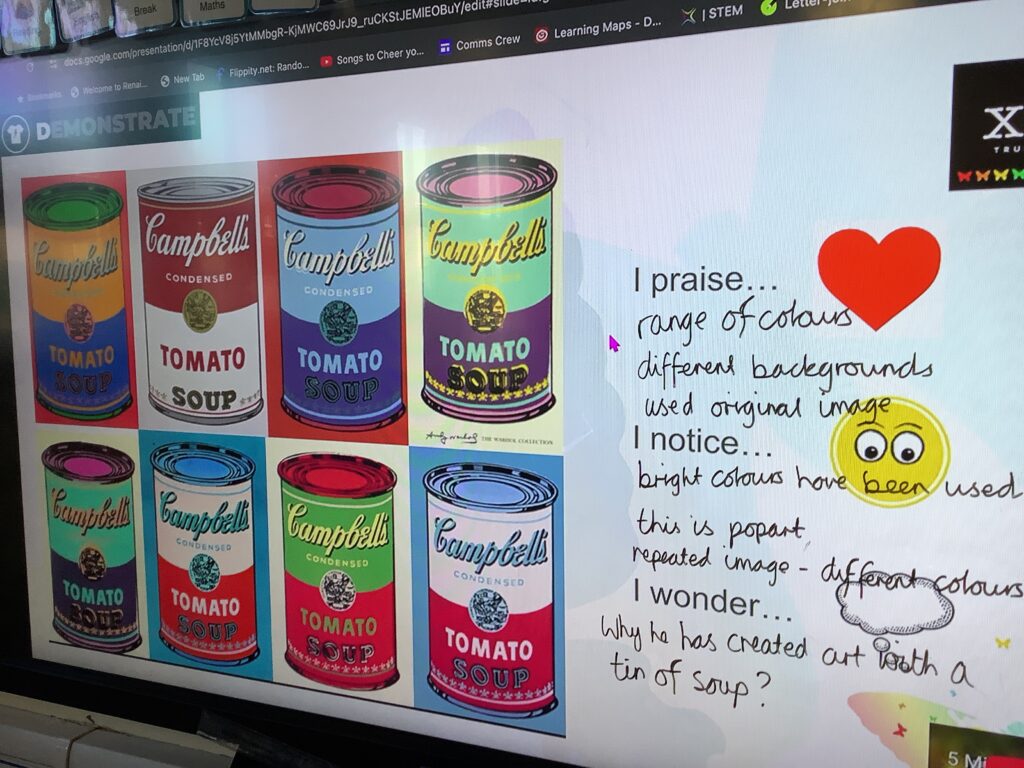
To depend our understanding of tectonic plates and their movement, we used crackers and whipped cream to represent the tectonic plates and molten lava. We had the opportunity to move the plates so that when they moved away from each other the lave (cream) was able to seep through. This is what would happen with a volcano. We then rubbed the plates (crackers) together which represents what happens during an earthquake. Finally, we used the cracker and rice cake to show what happens when 2 plates push together. This is when mountains would be formed.
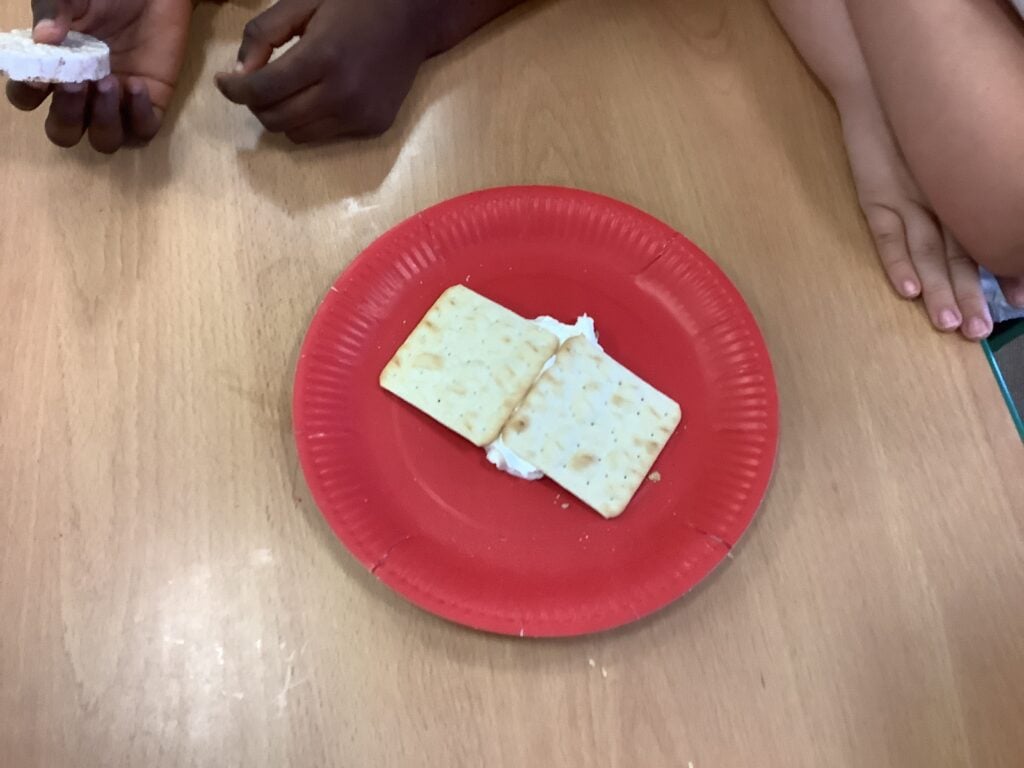
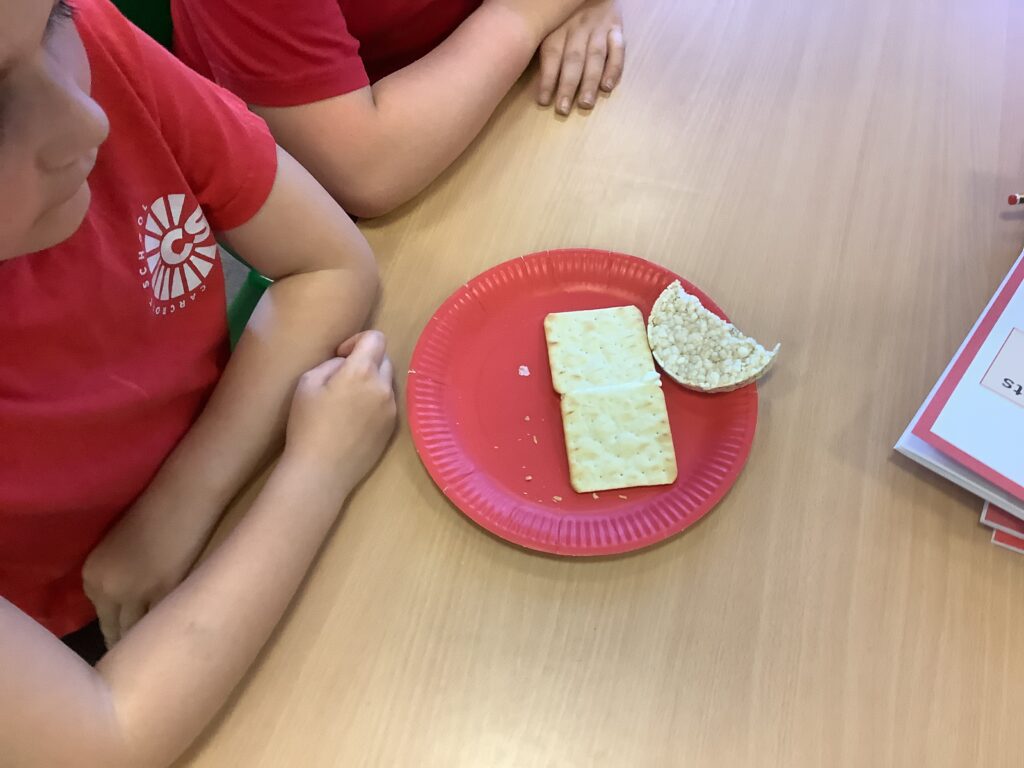
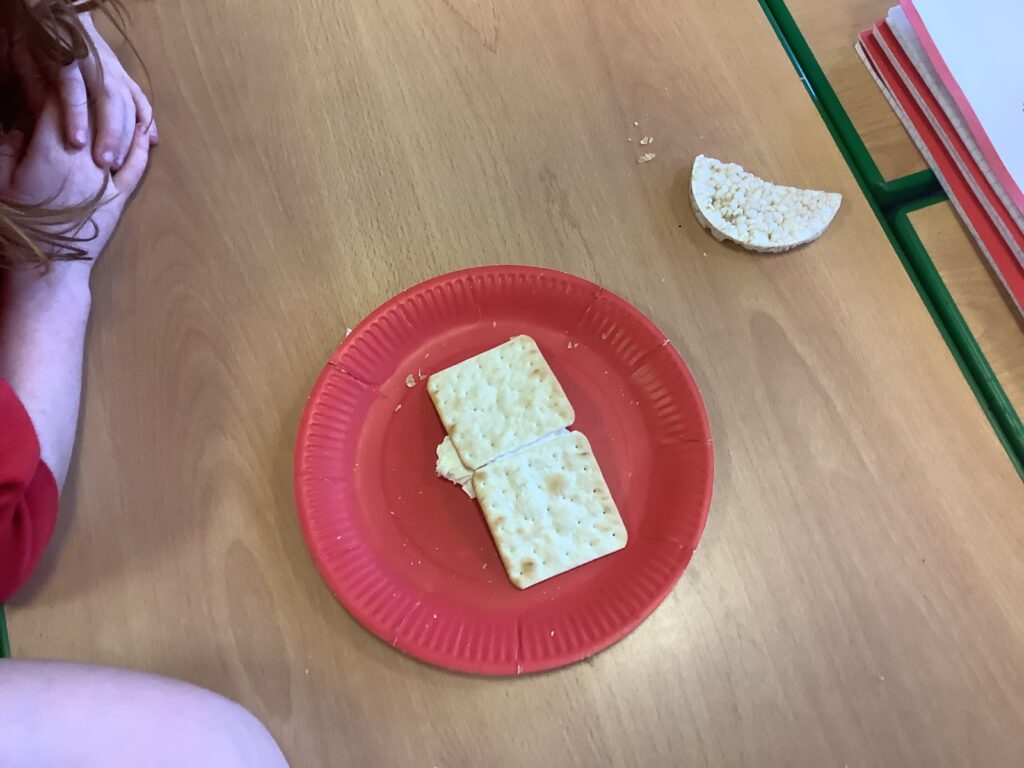

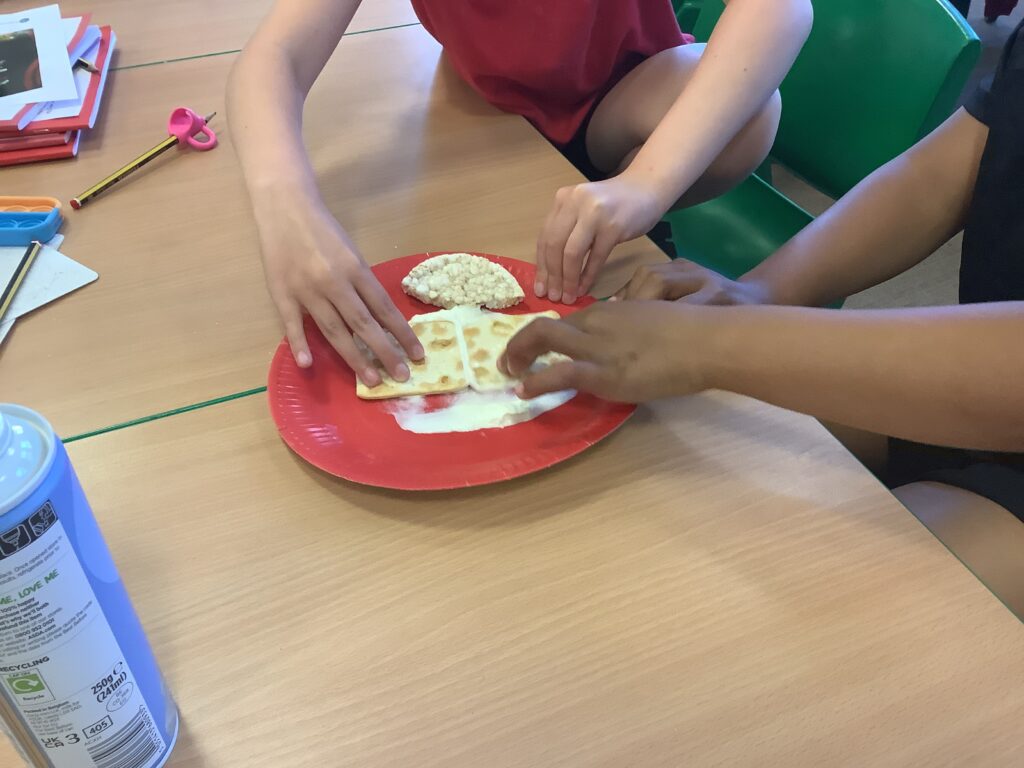
We have enjoyed visiting the library this week in Crew MT! We have loved just getting lost in a book of our choice whilst also reading out loud with a partner, thinking about our fluency and expression. We also gave our partner some critique and they then tried to work on this feedback. We really enjoyed just sitting with our peers and showing our love of reading. Mrs McClare enjoyed listening to some of us read too 🙂
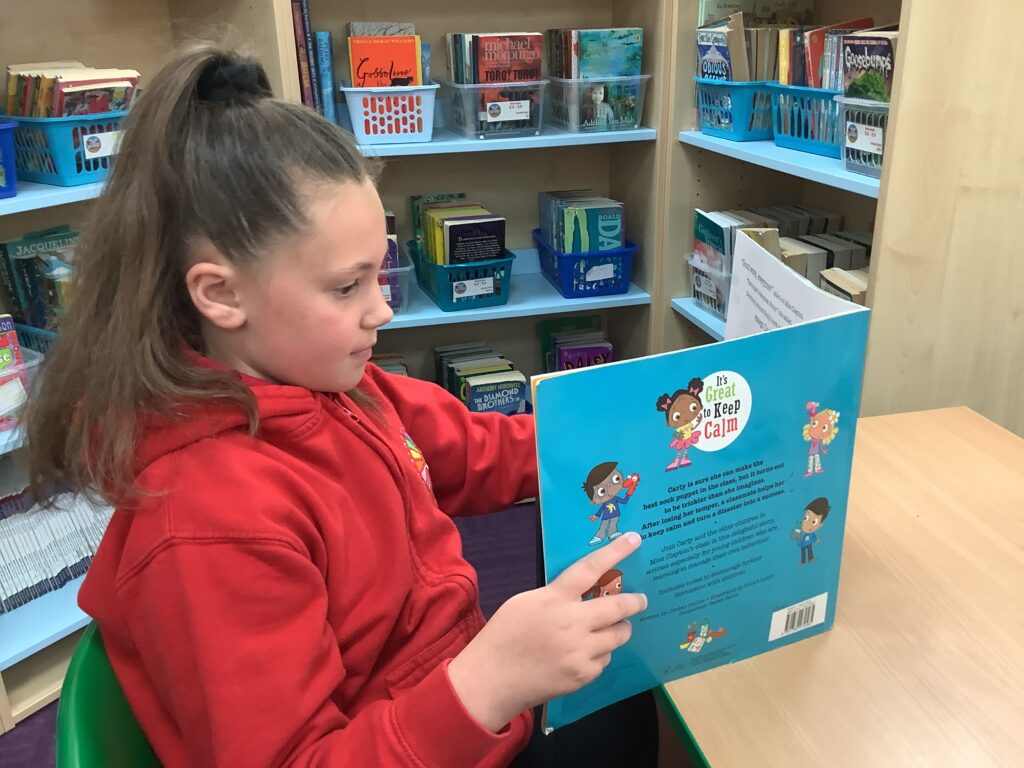

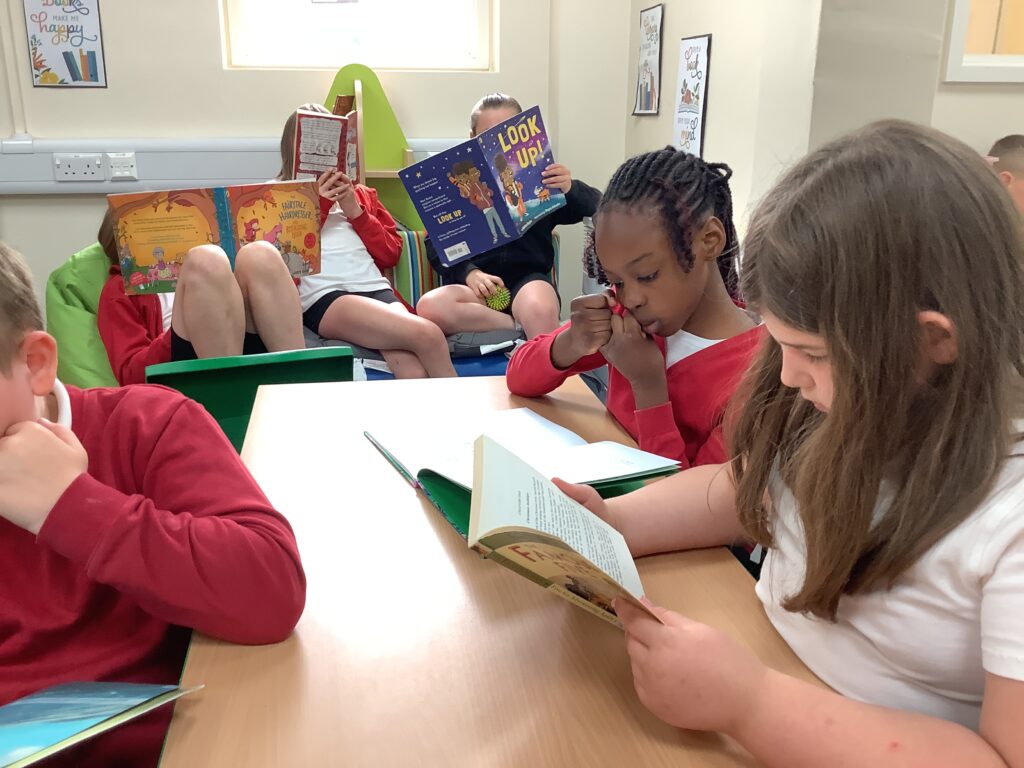

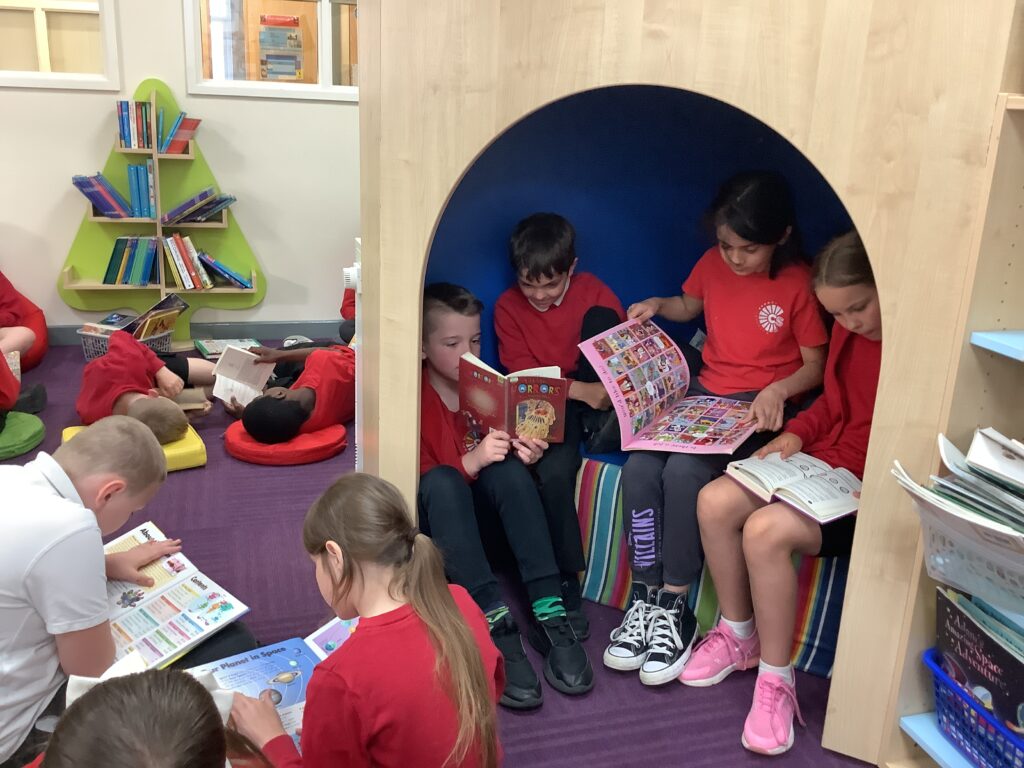
We are all super proud of our final drafts 🙂 We all showed great resilience and determination whilst working through our art case study. Well done Crew MT!
